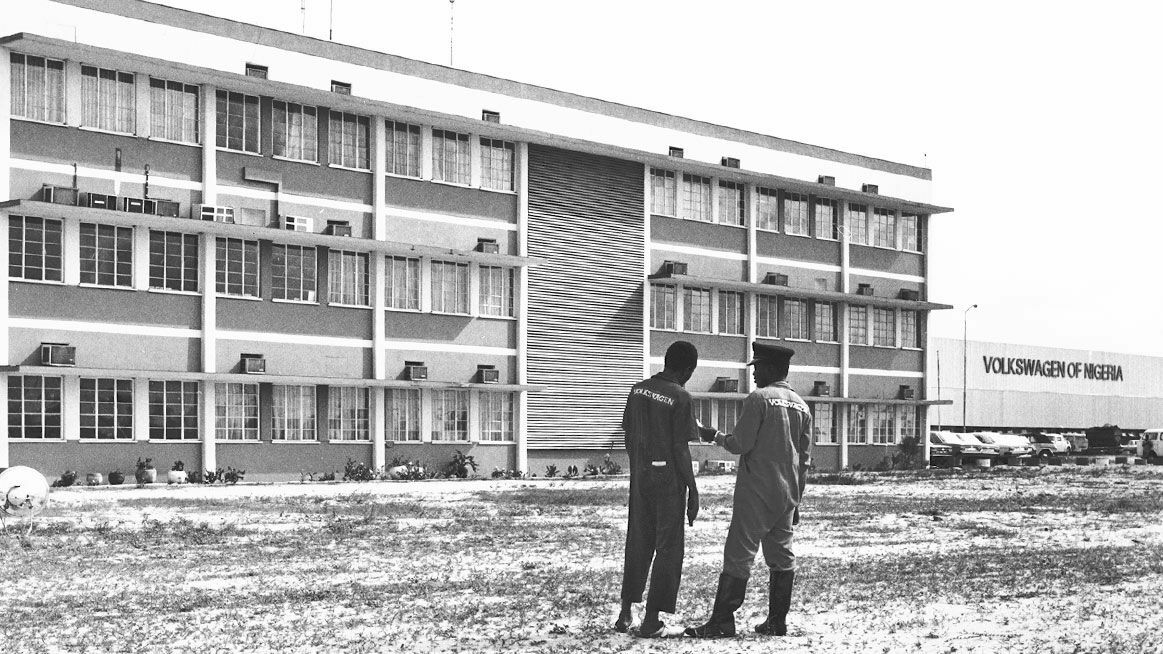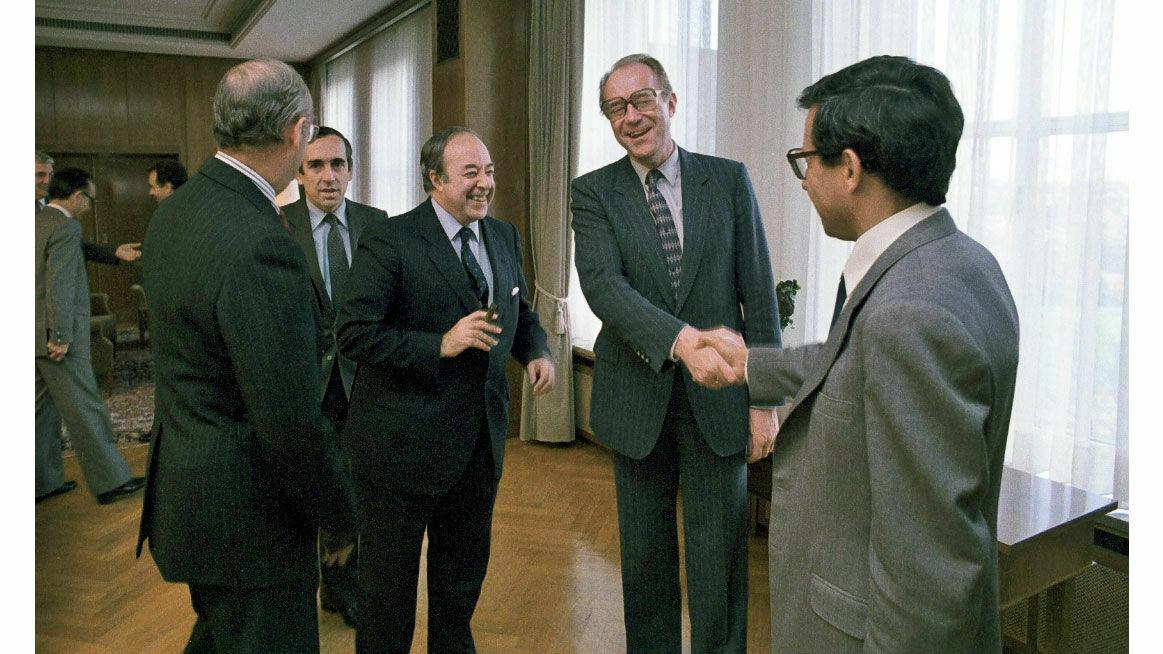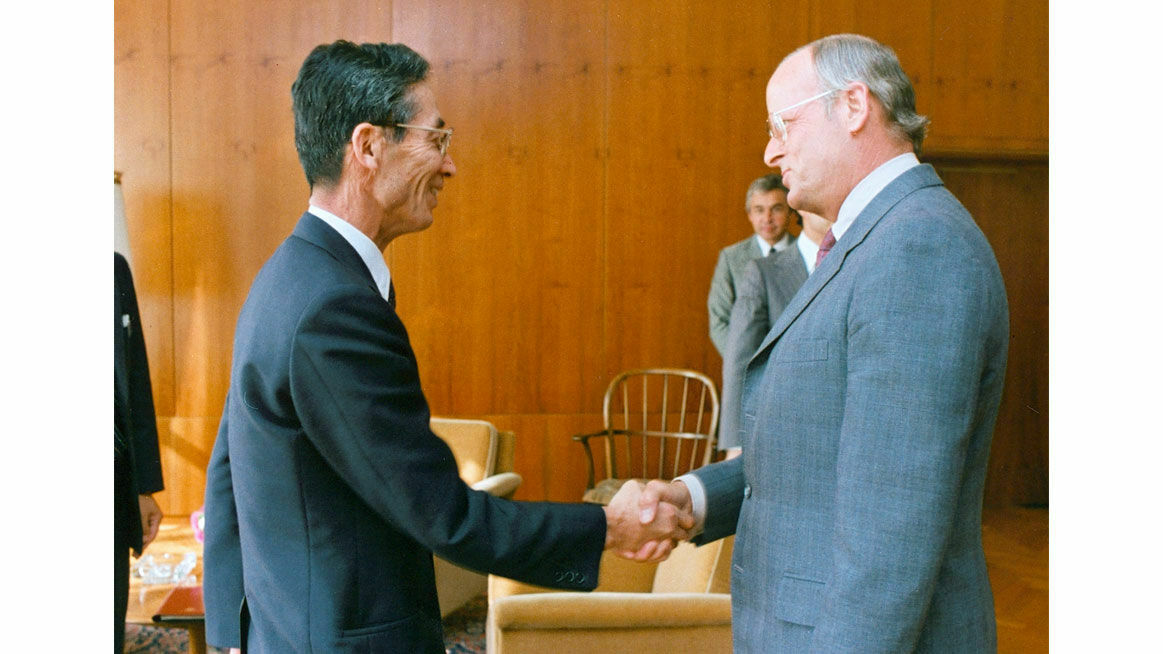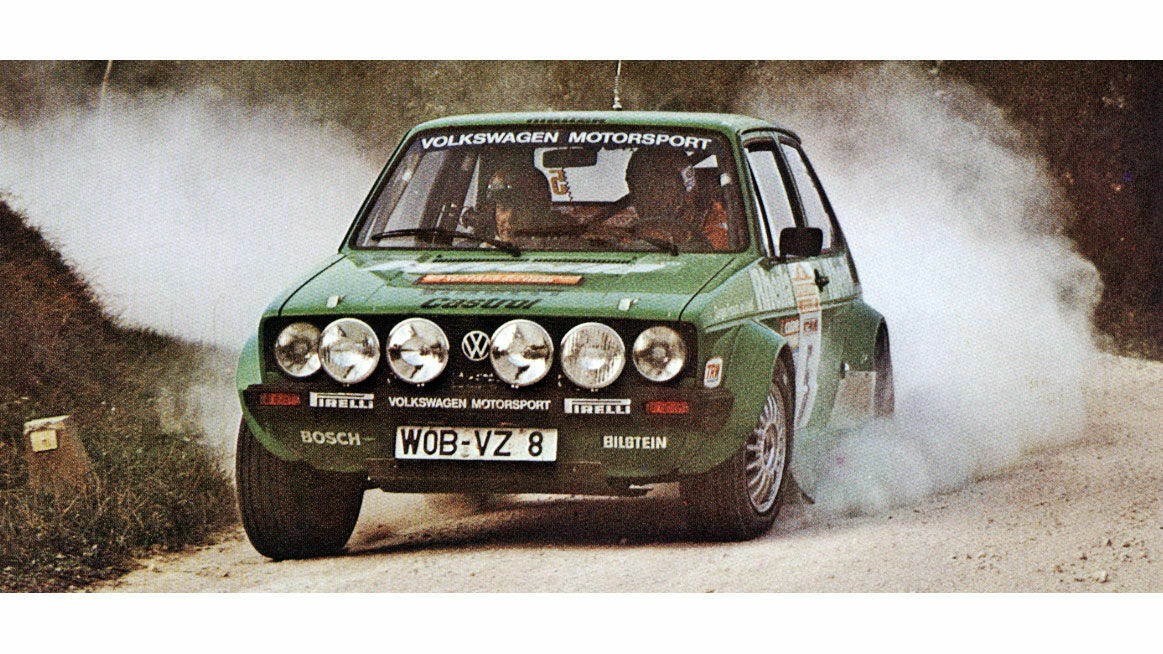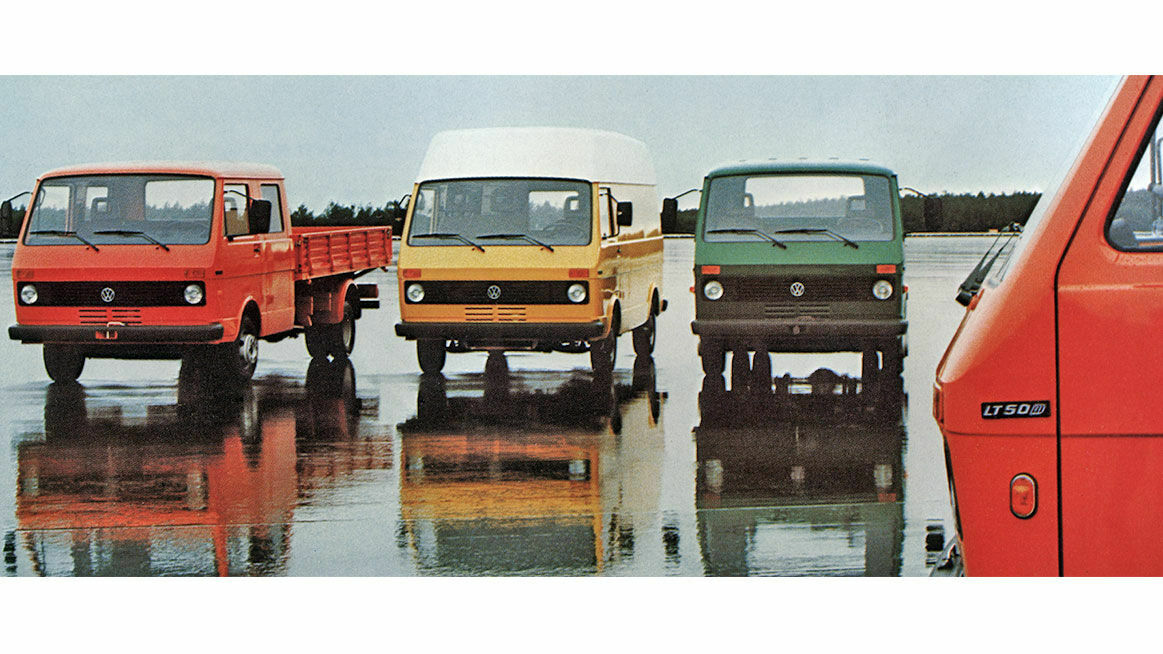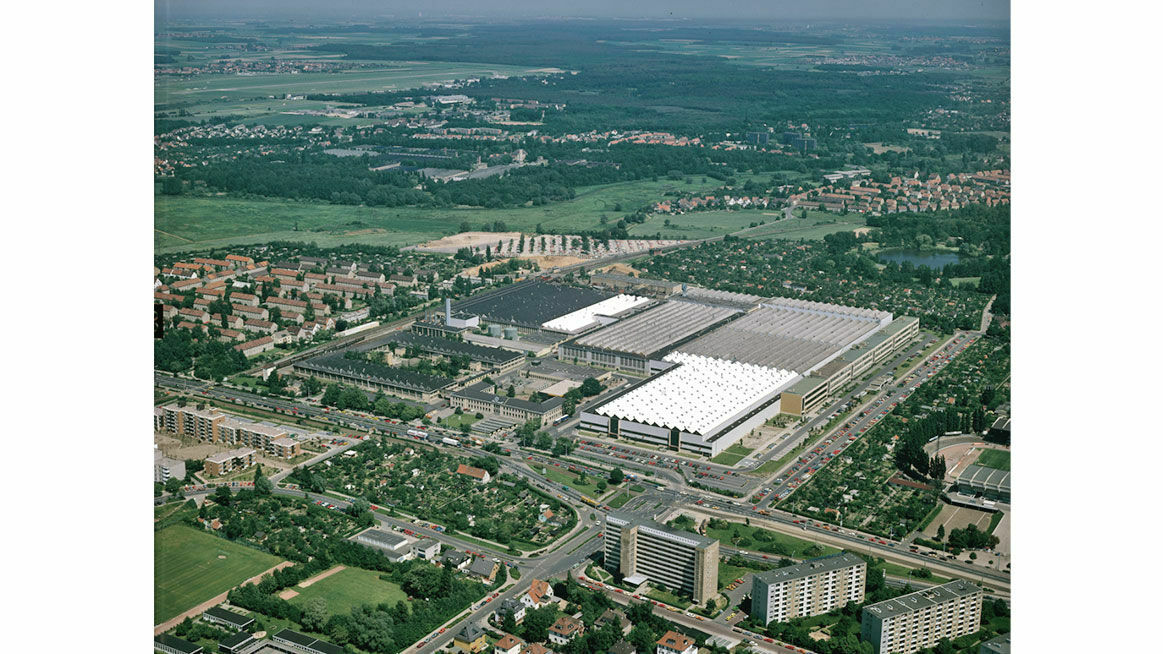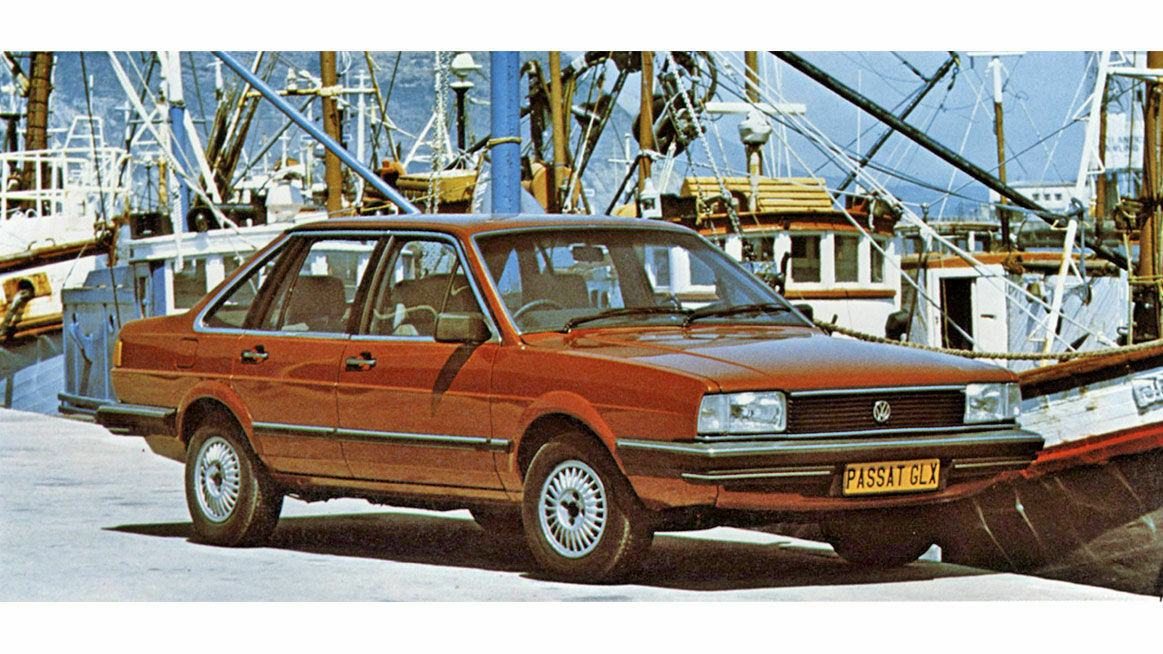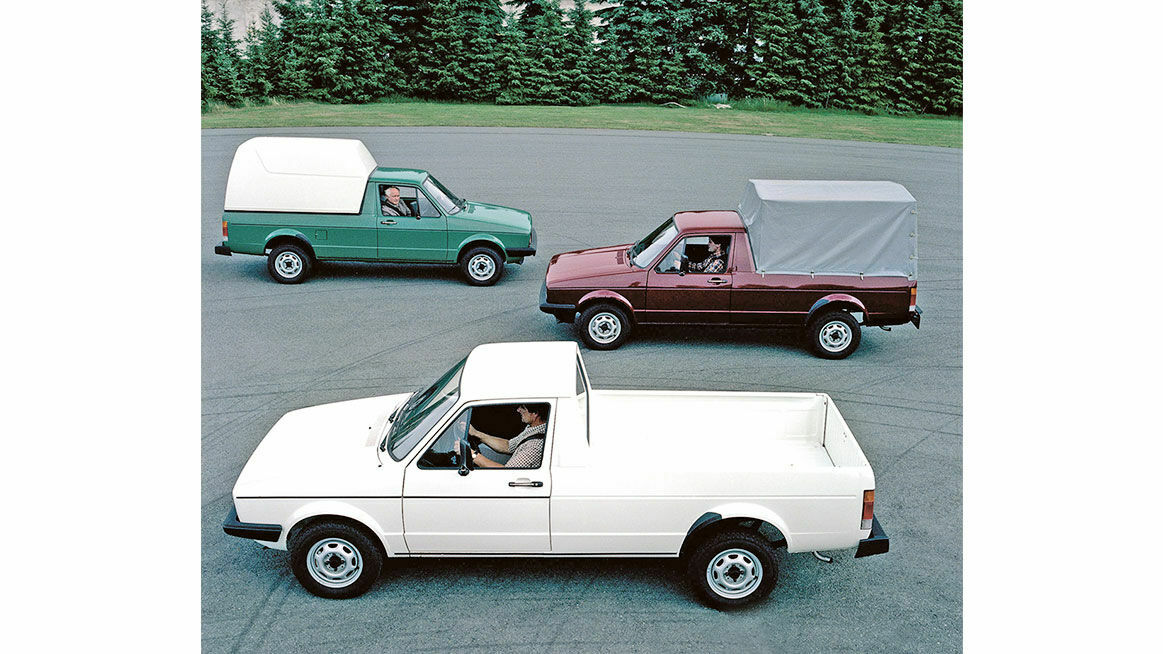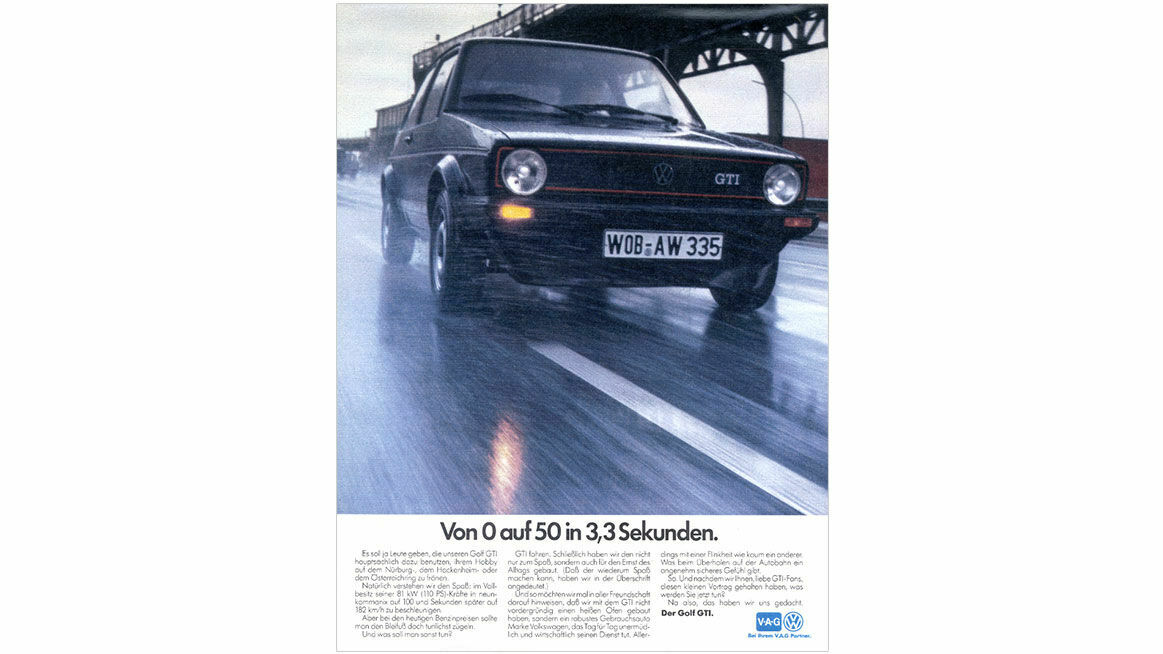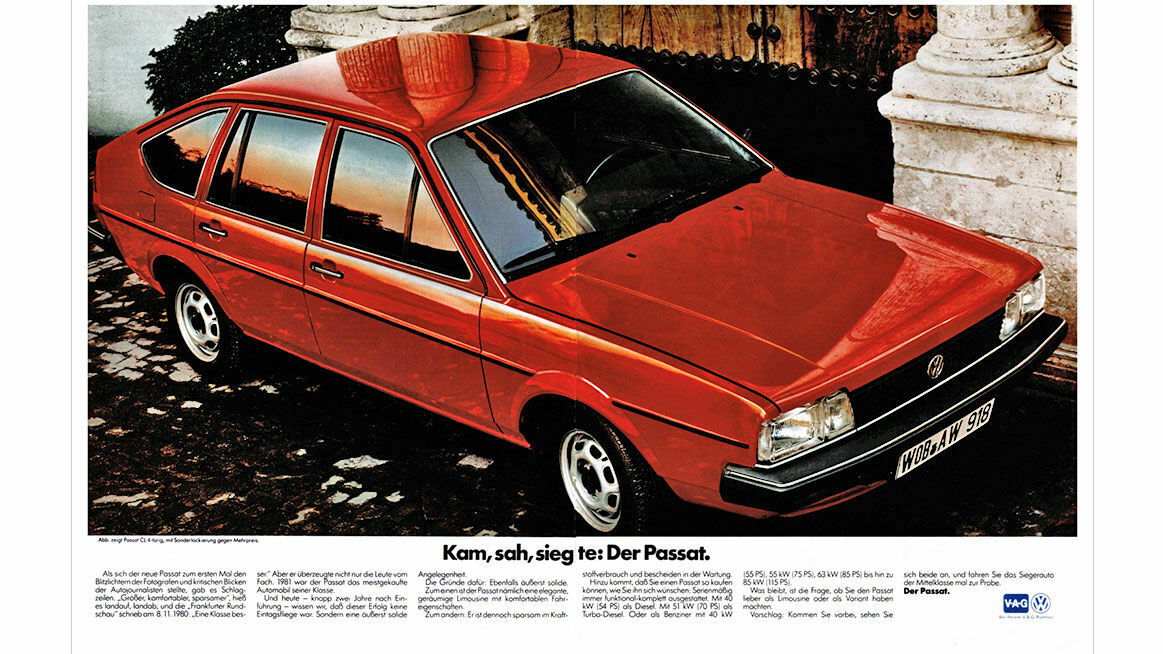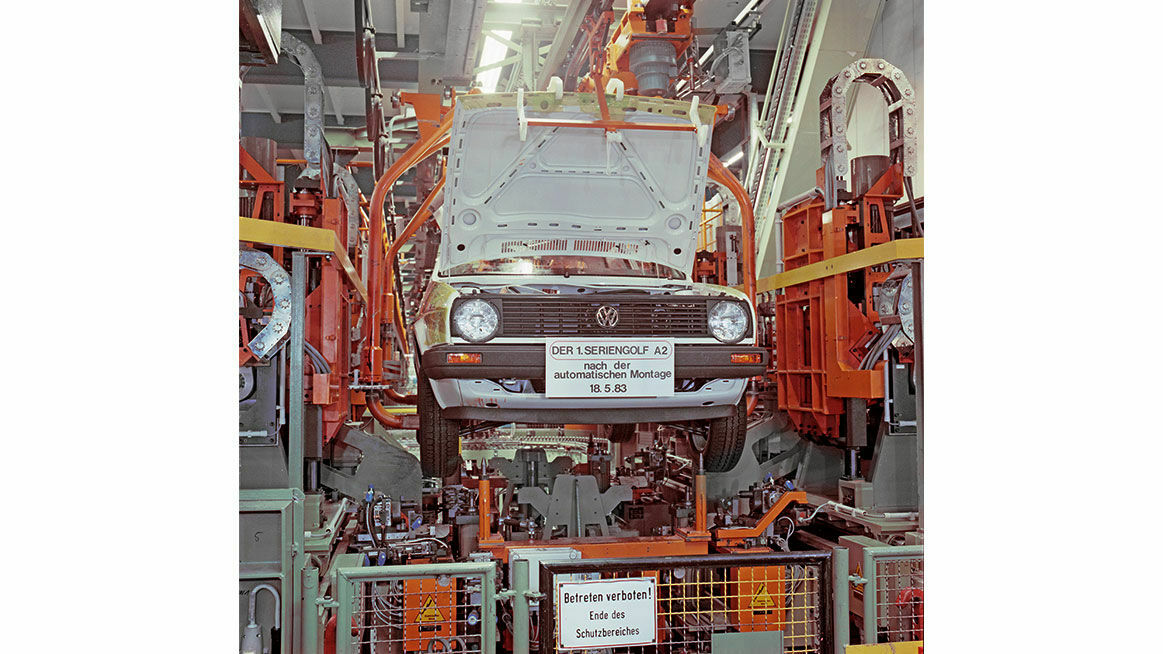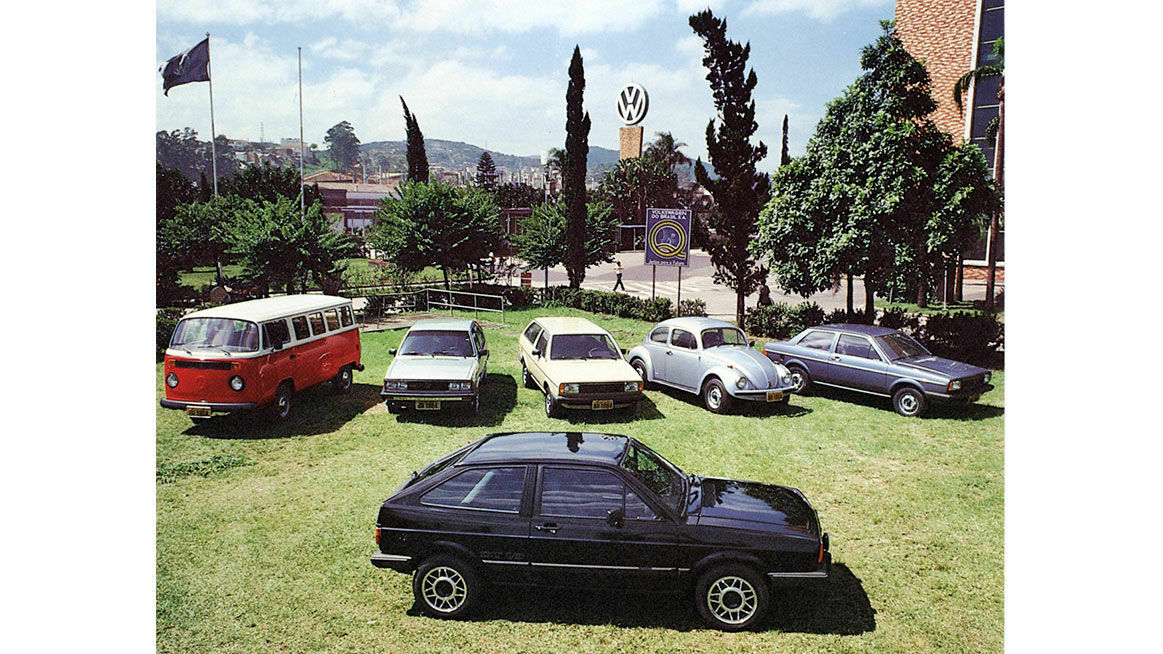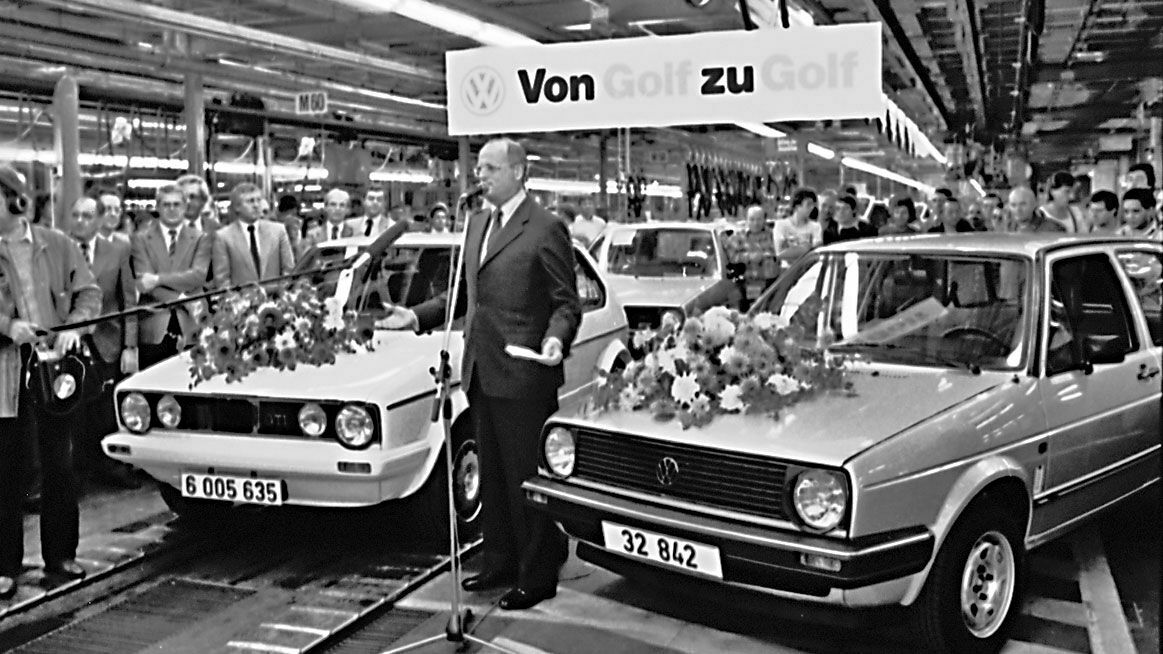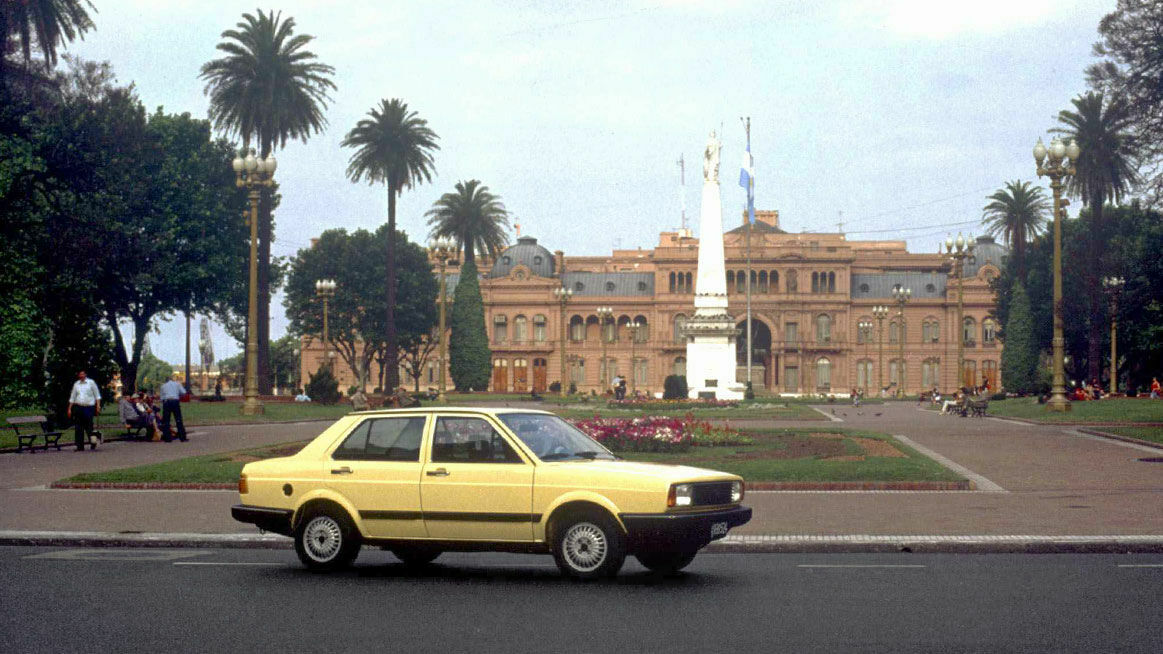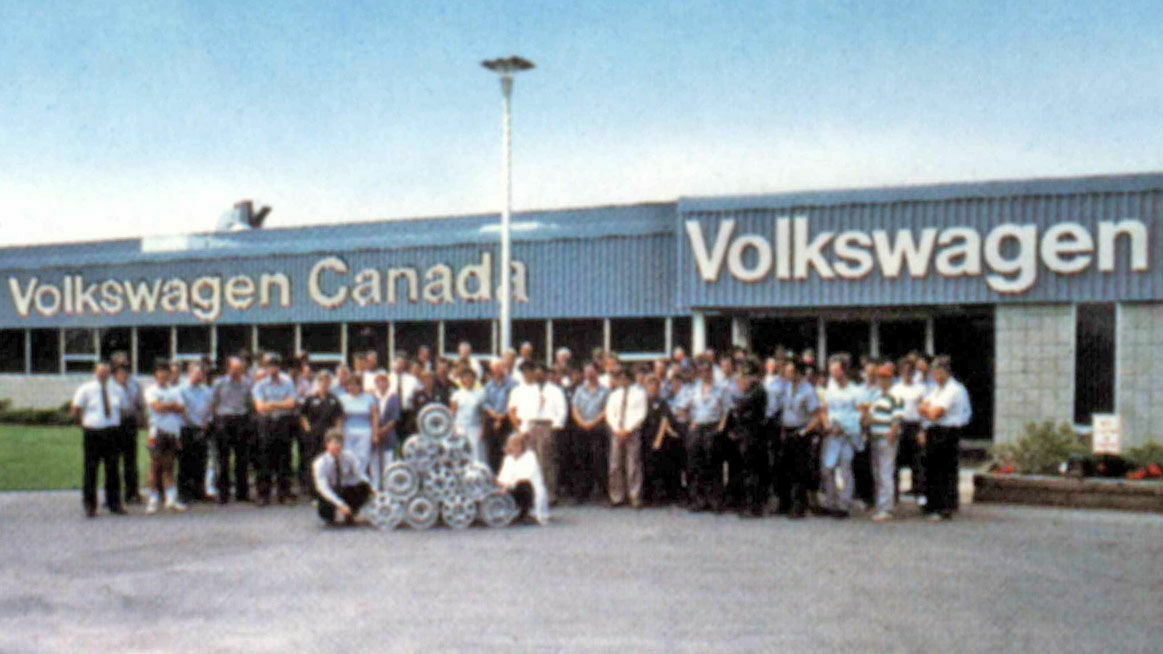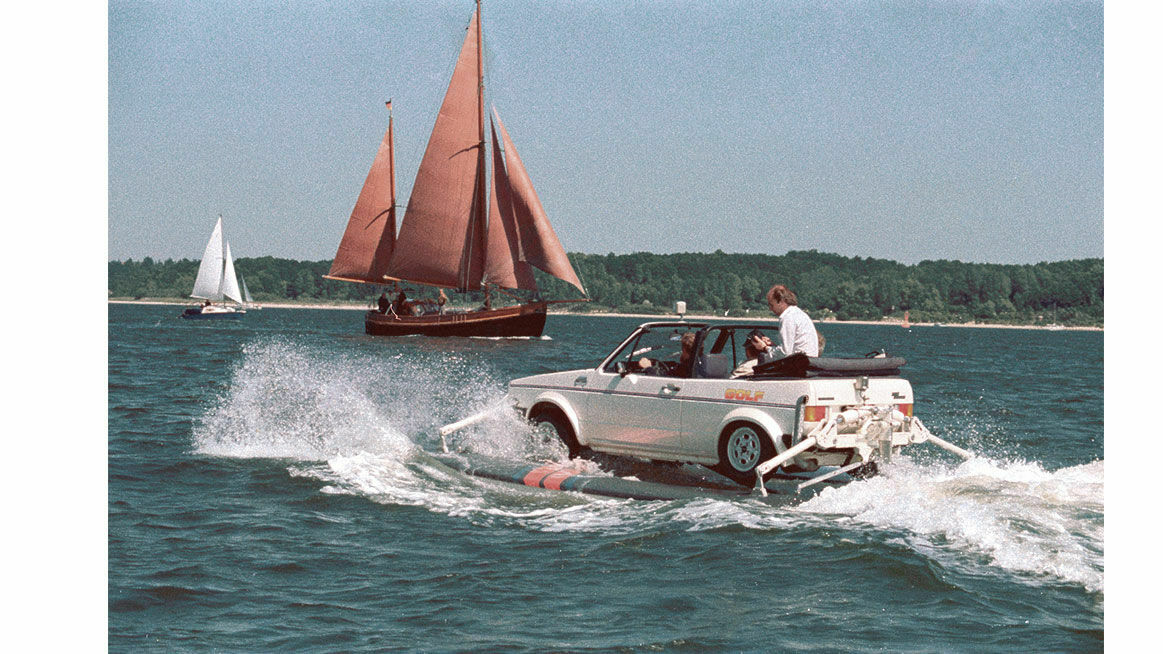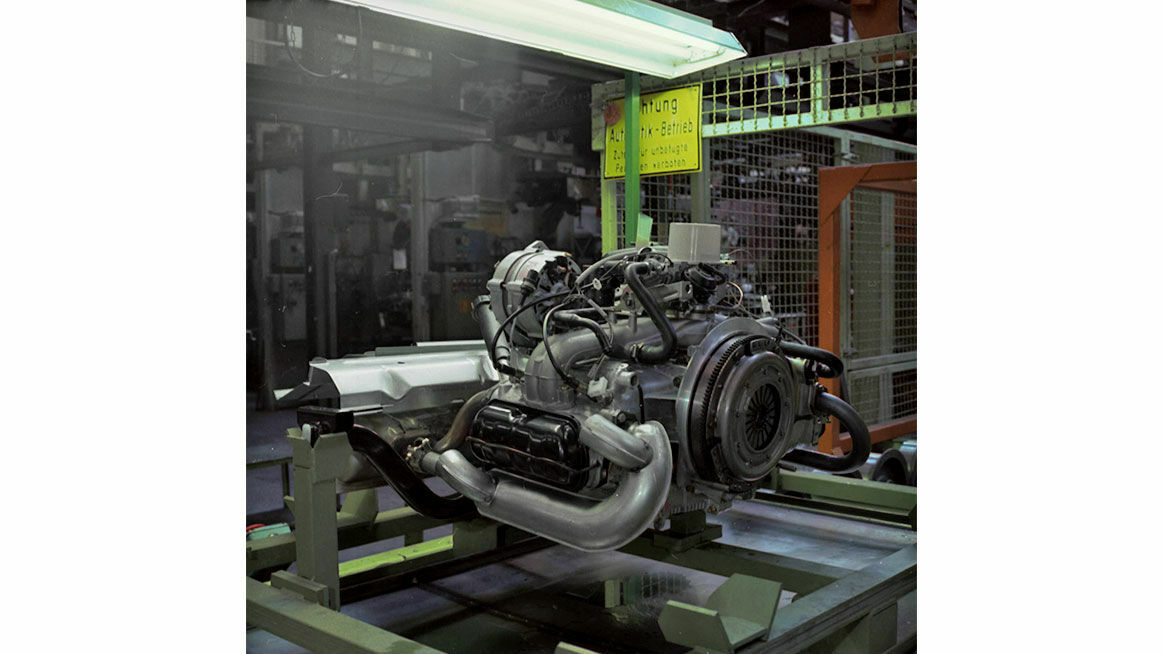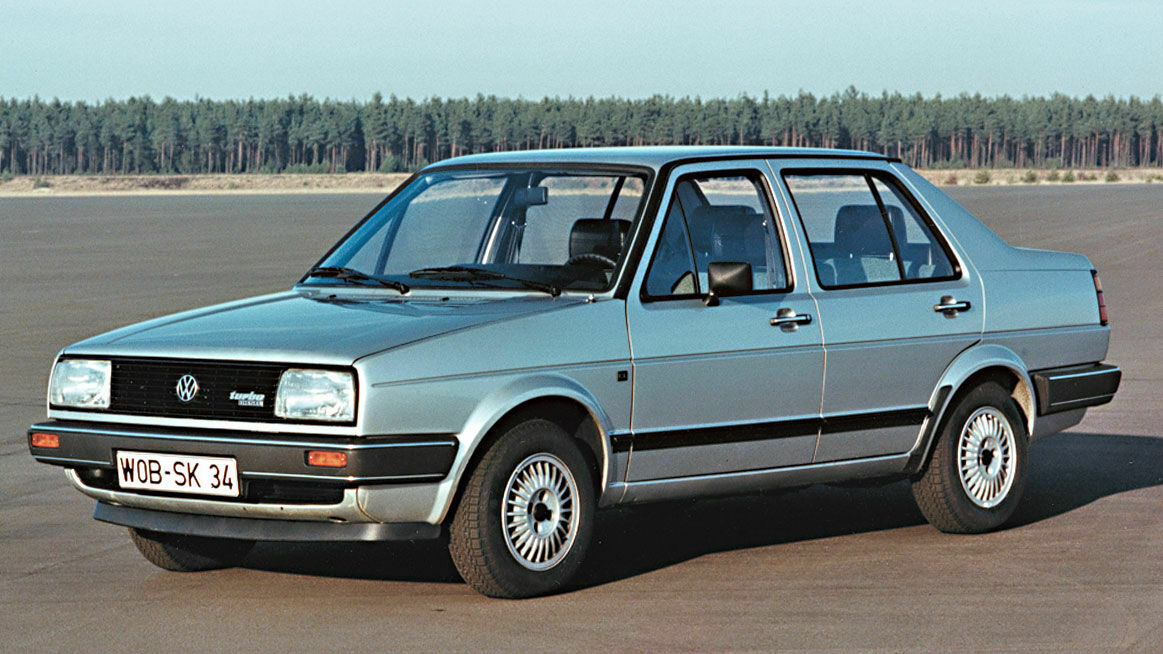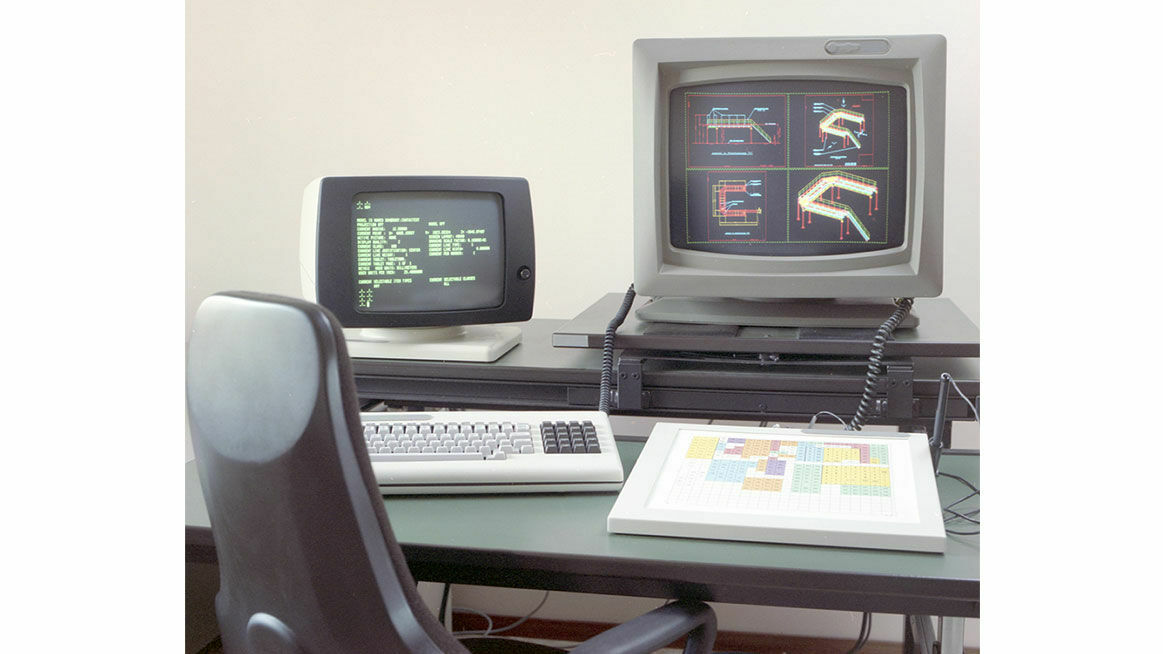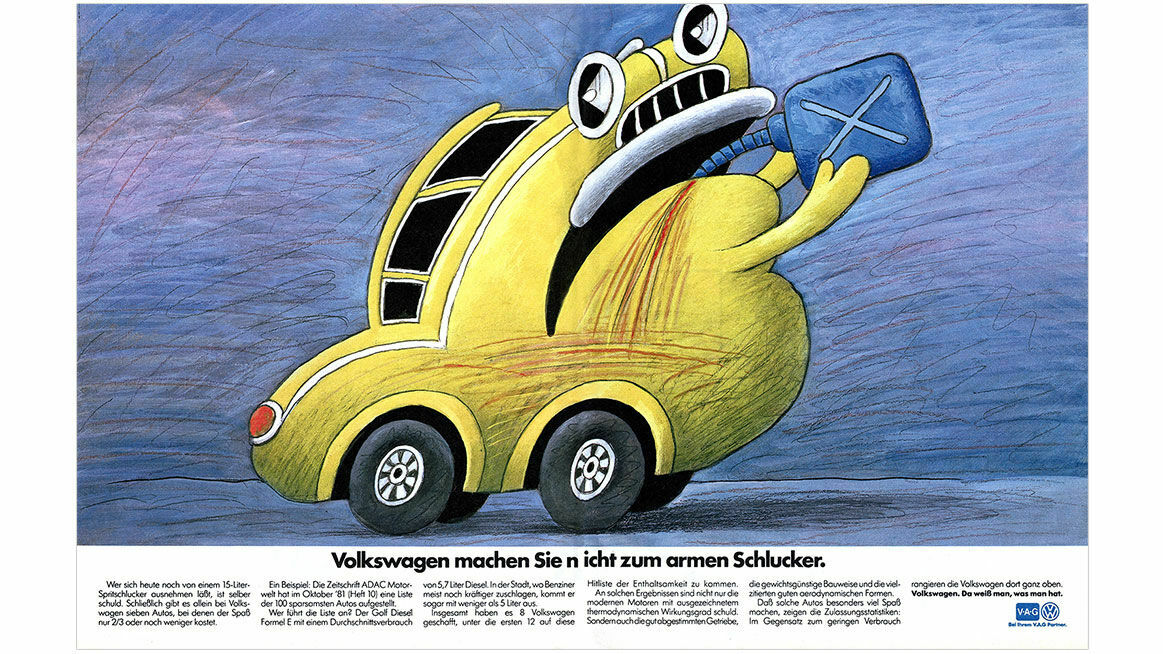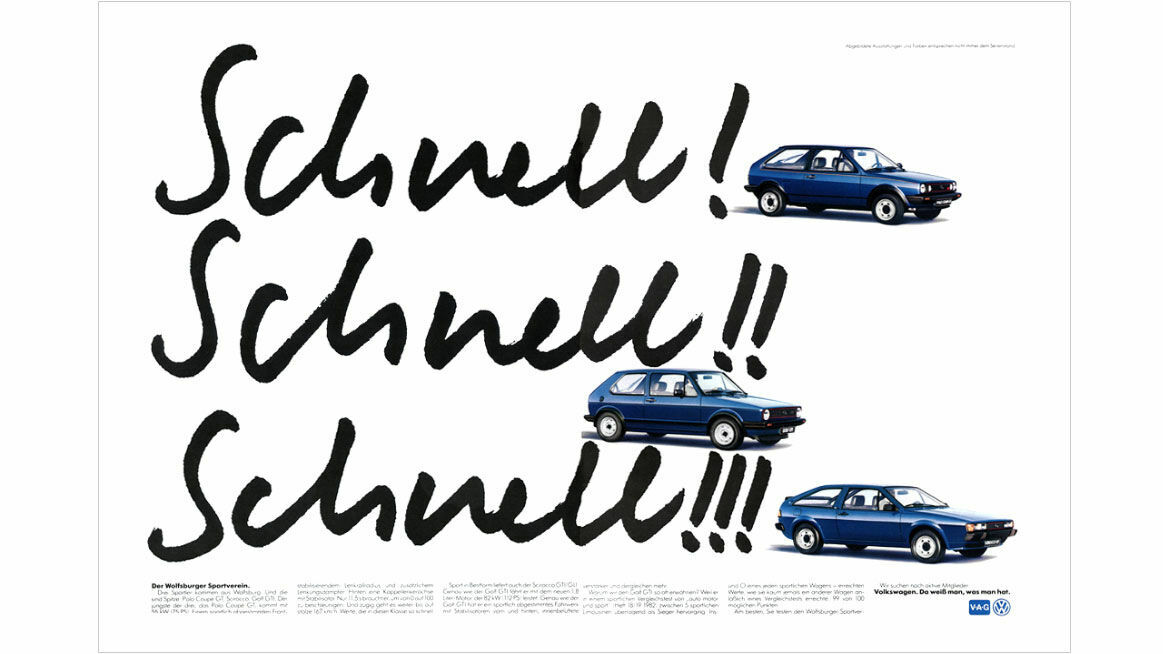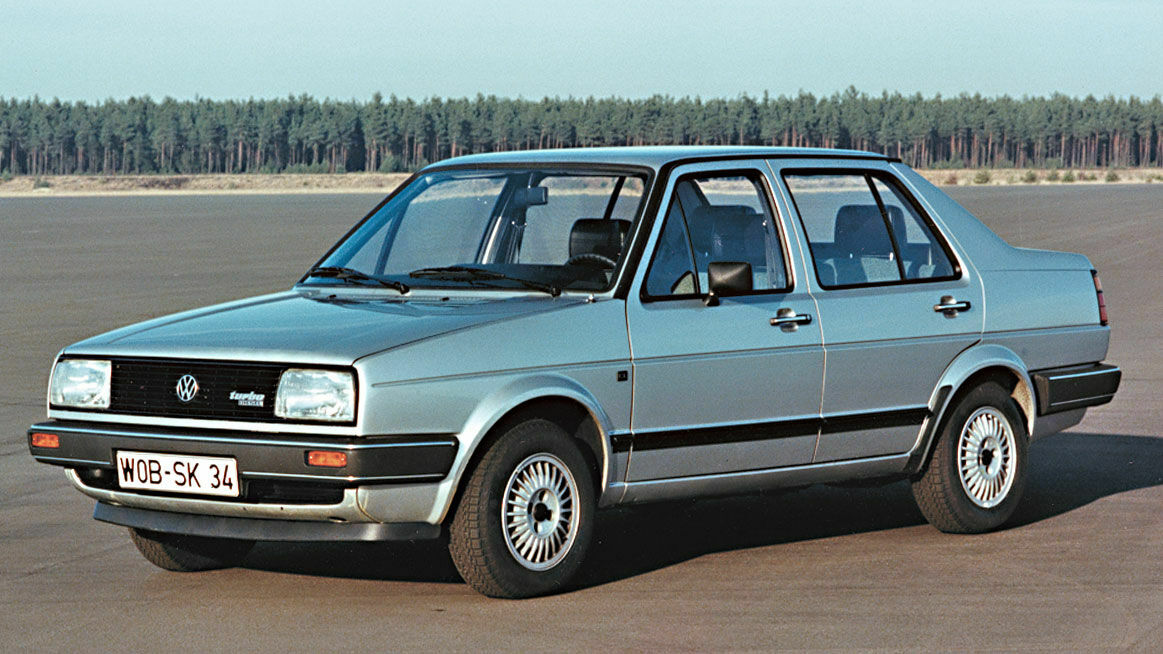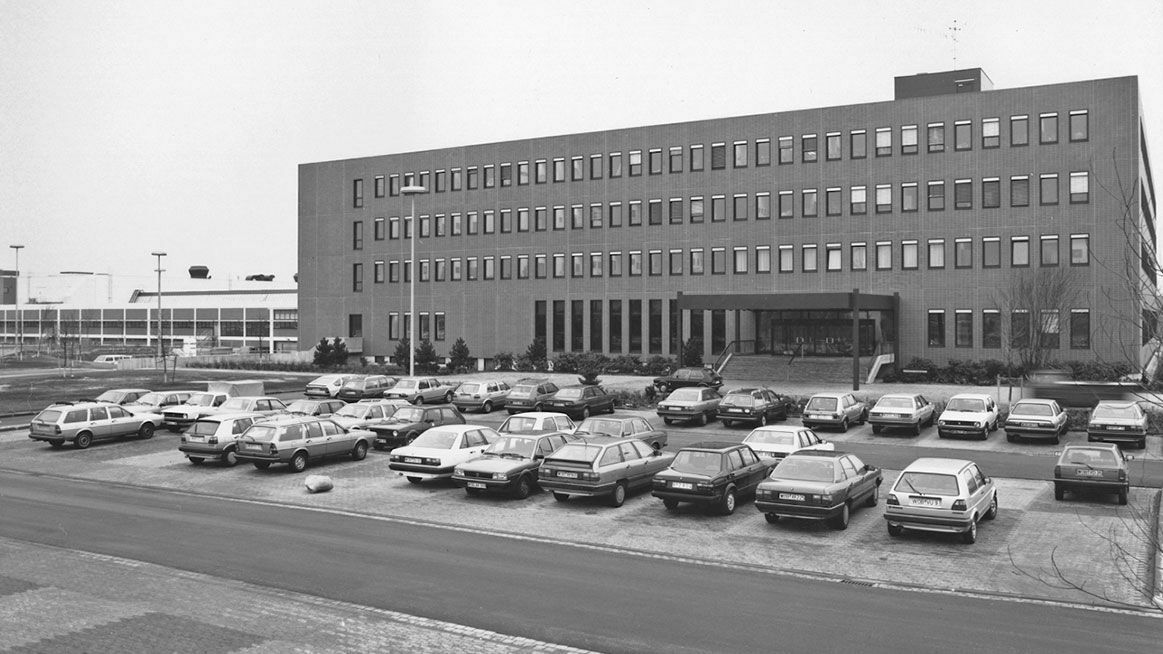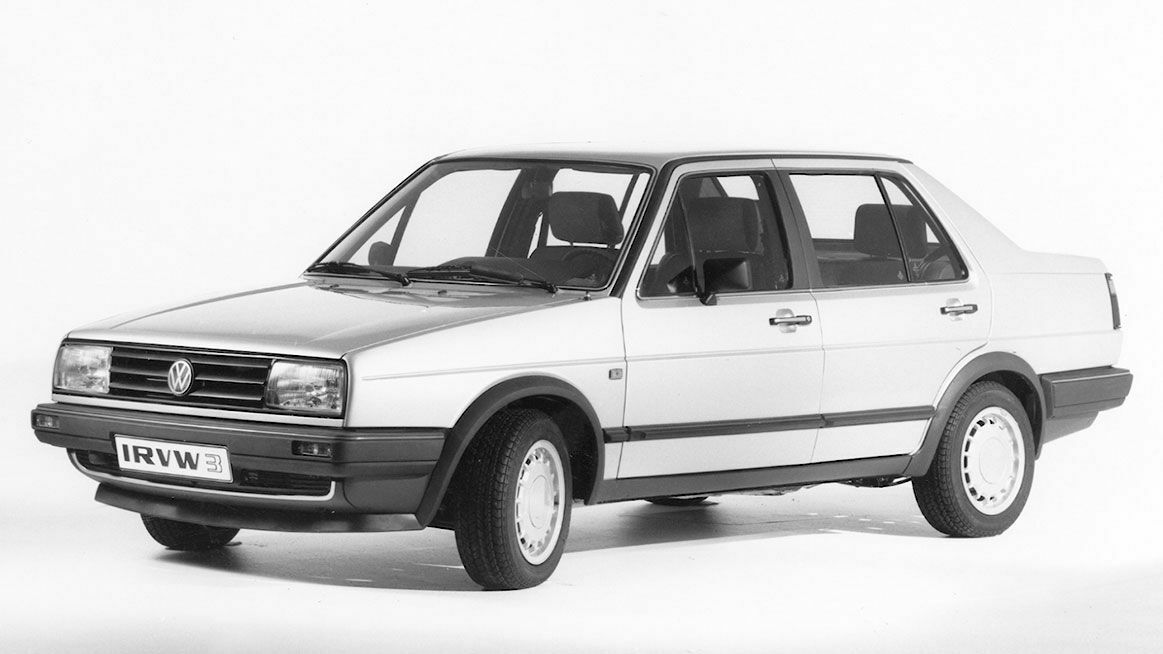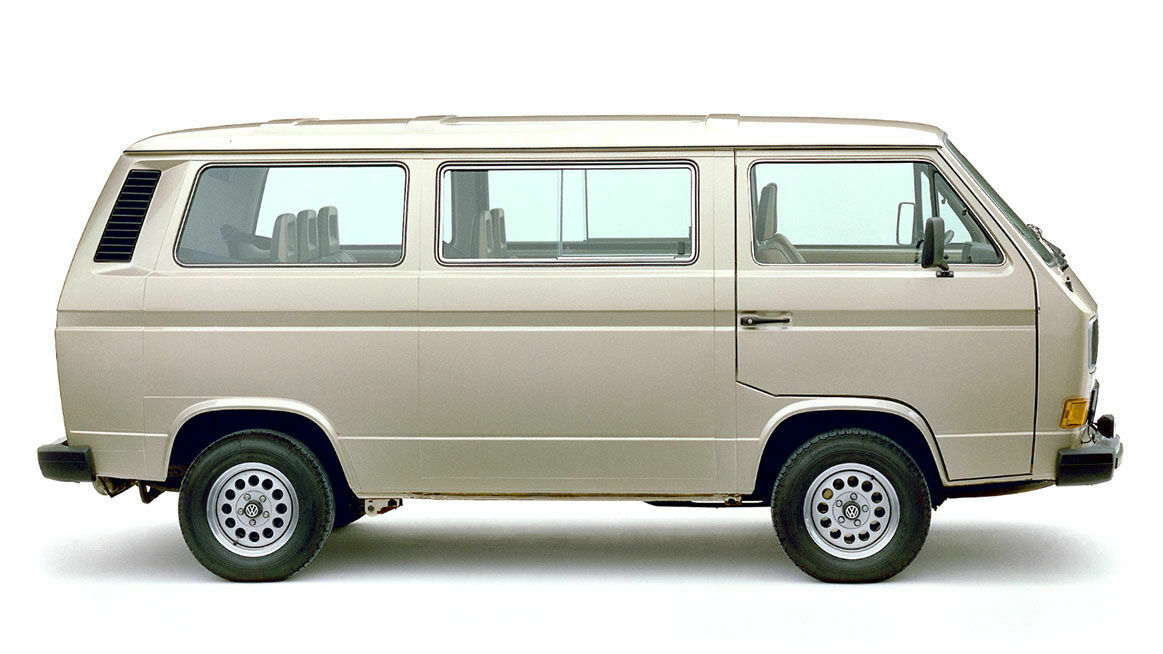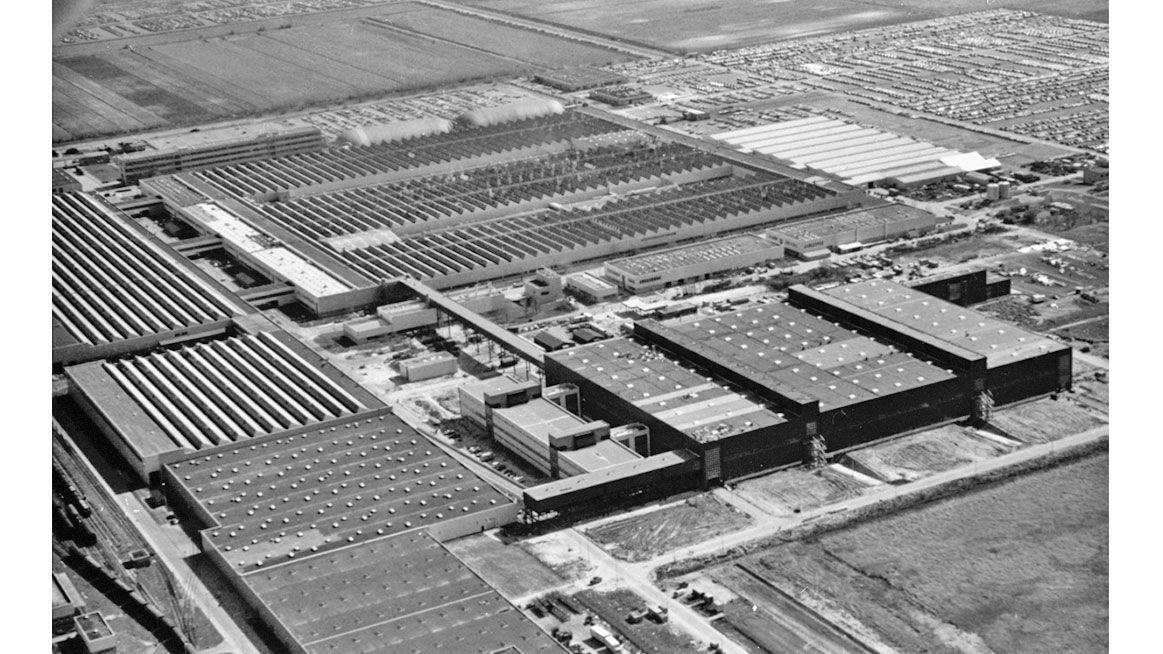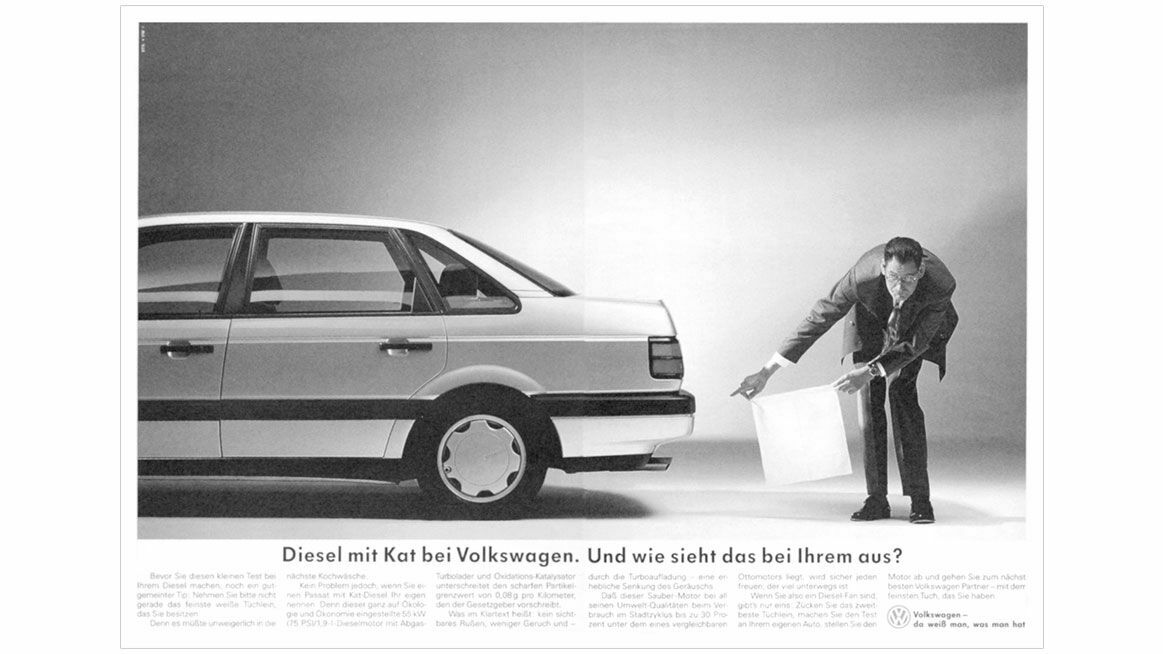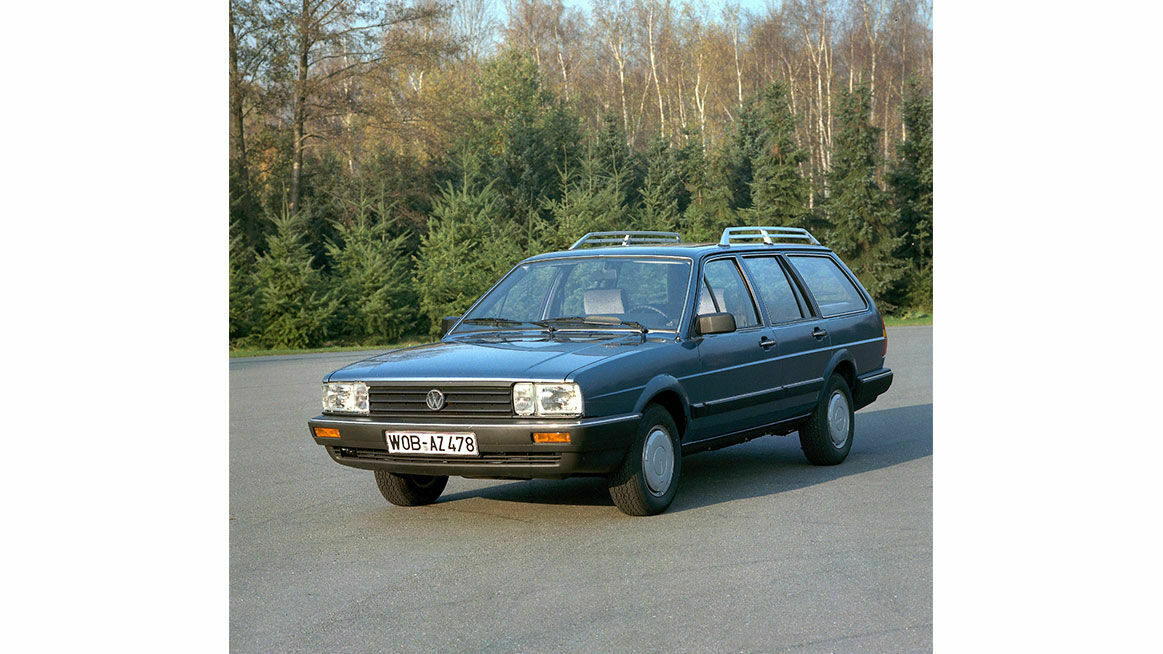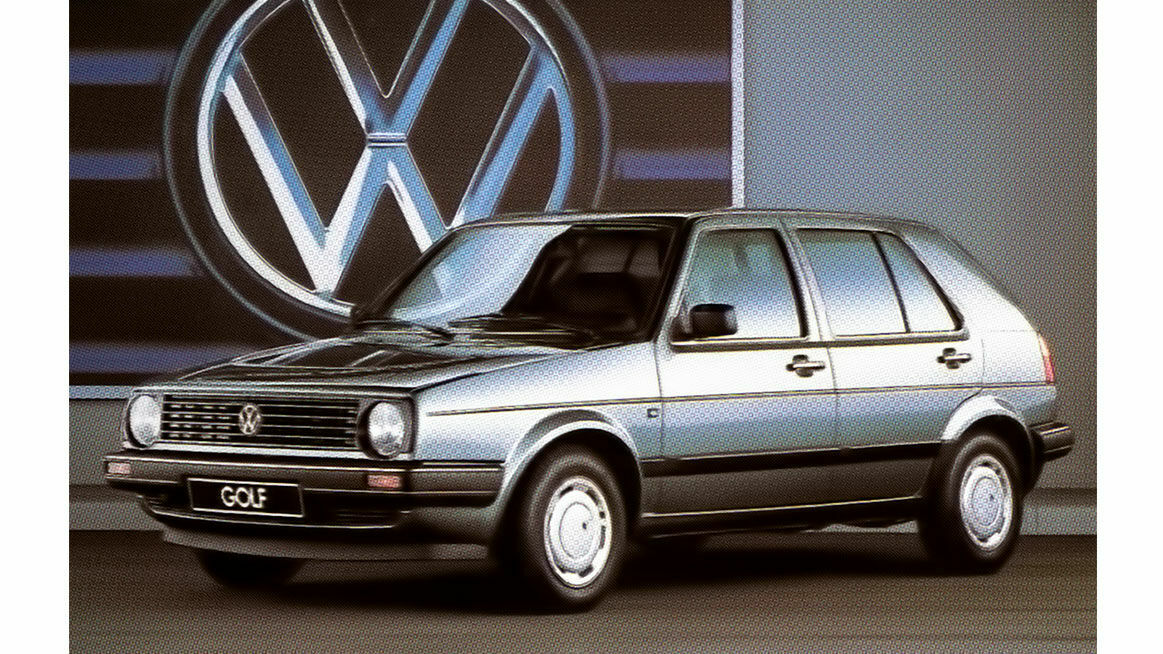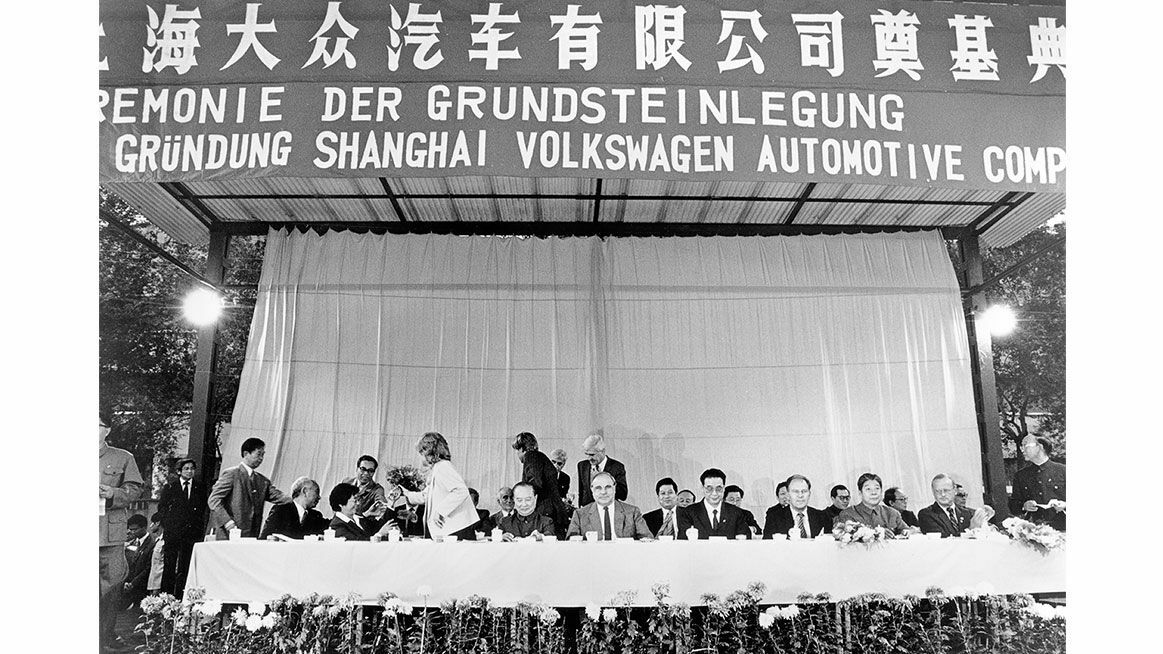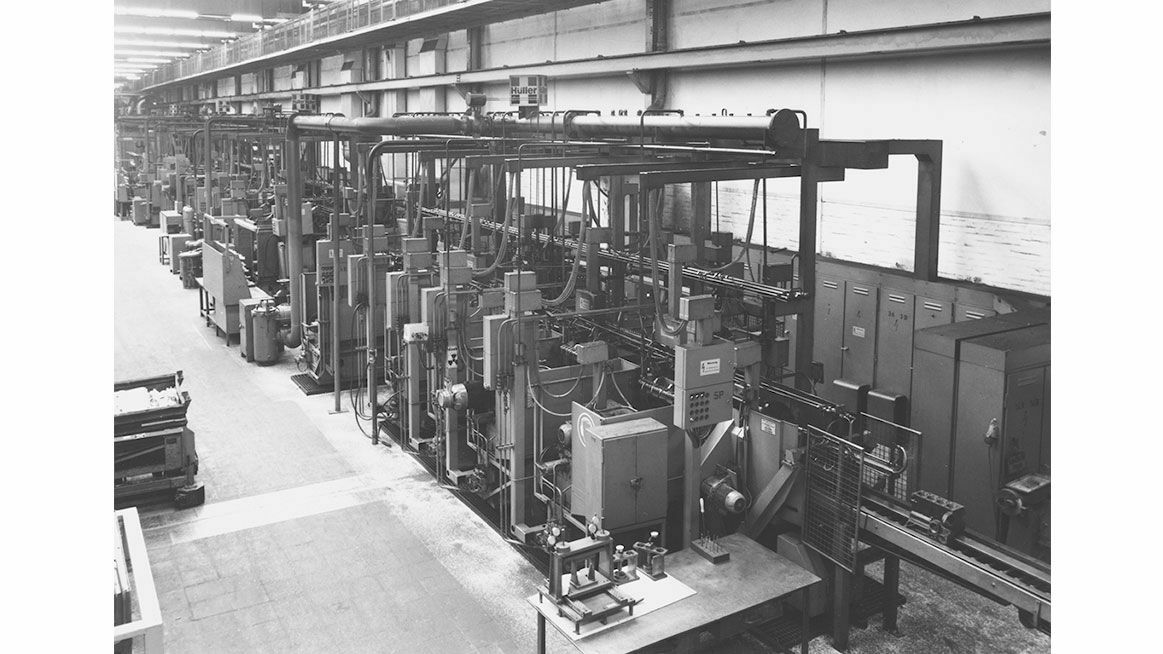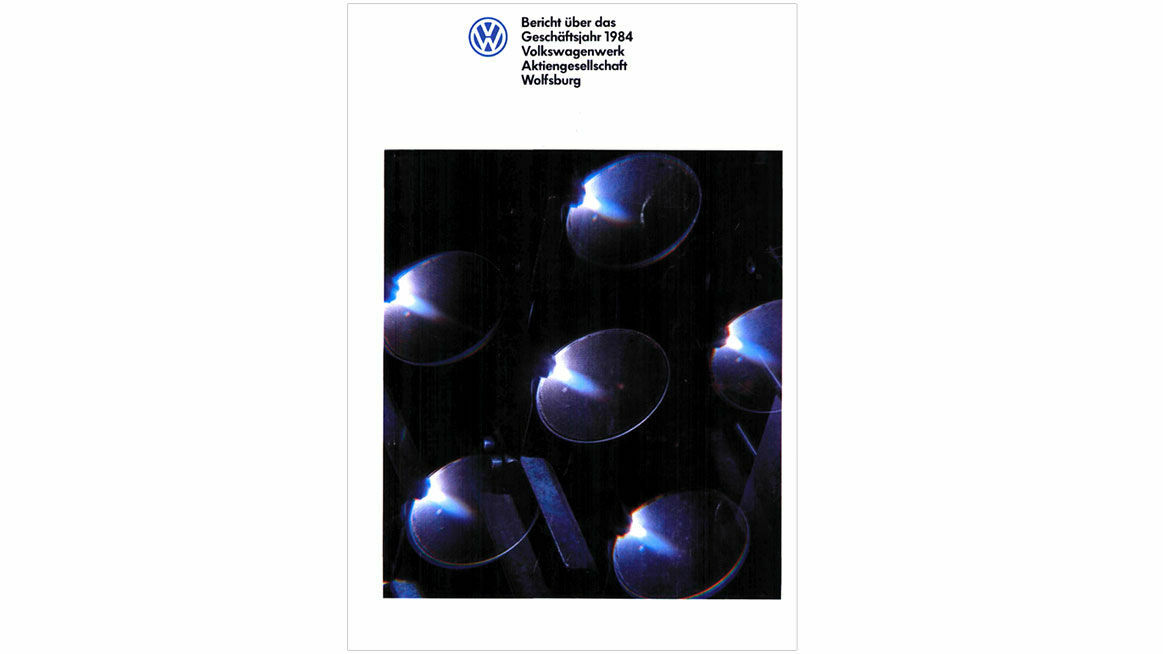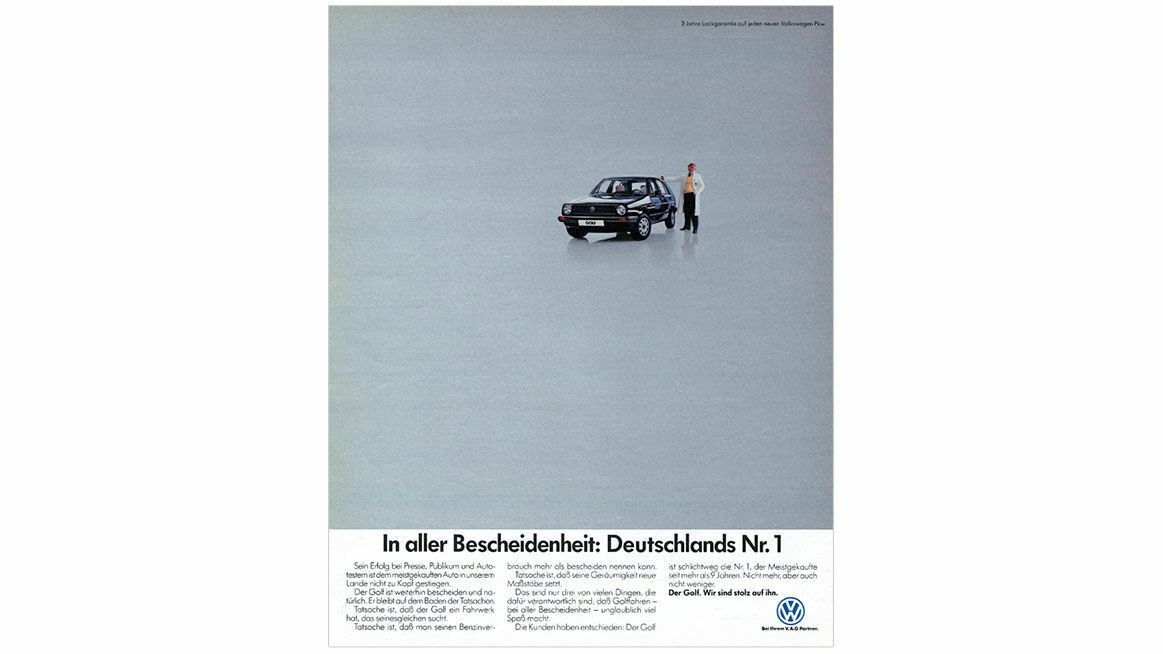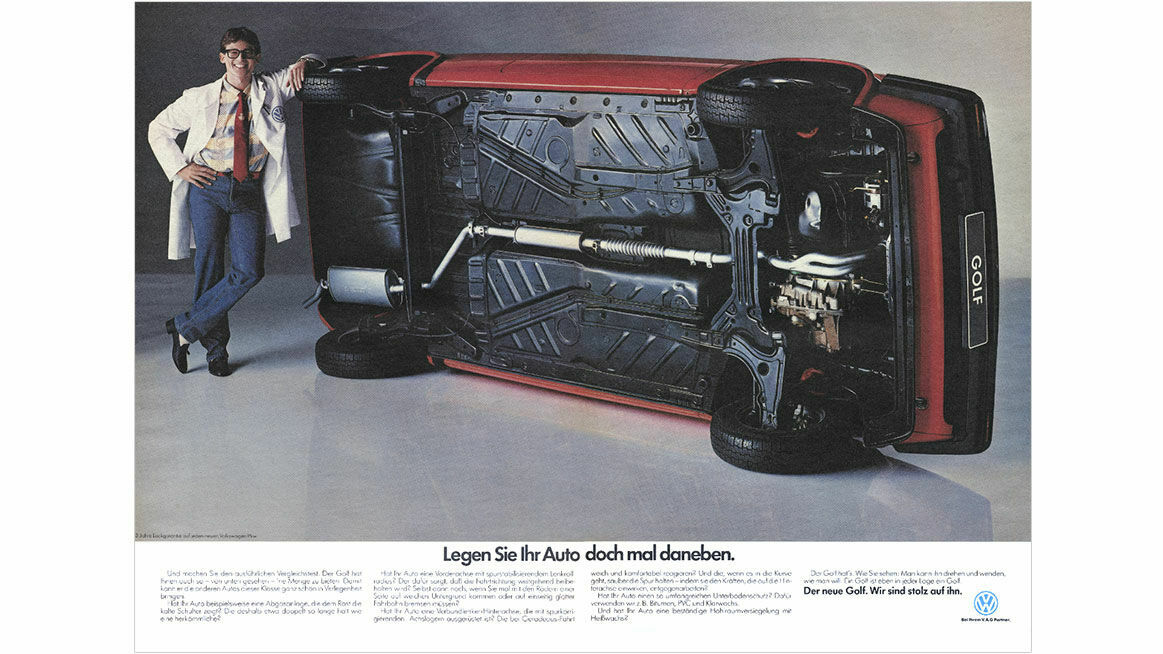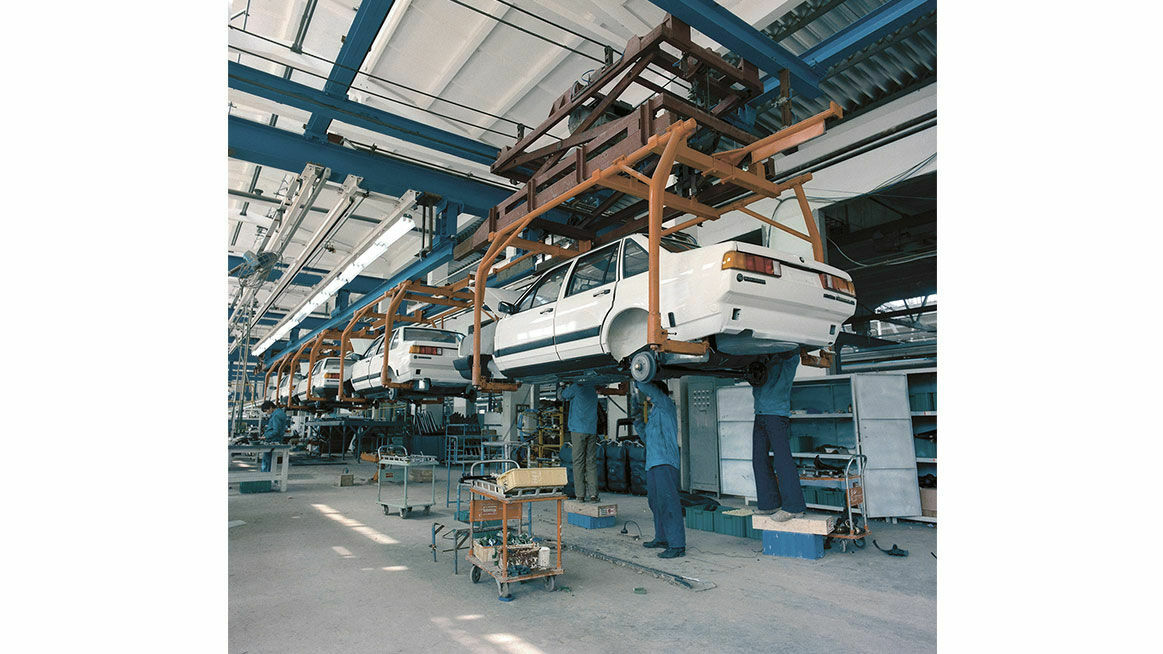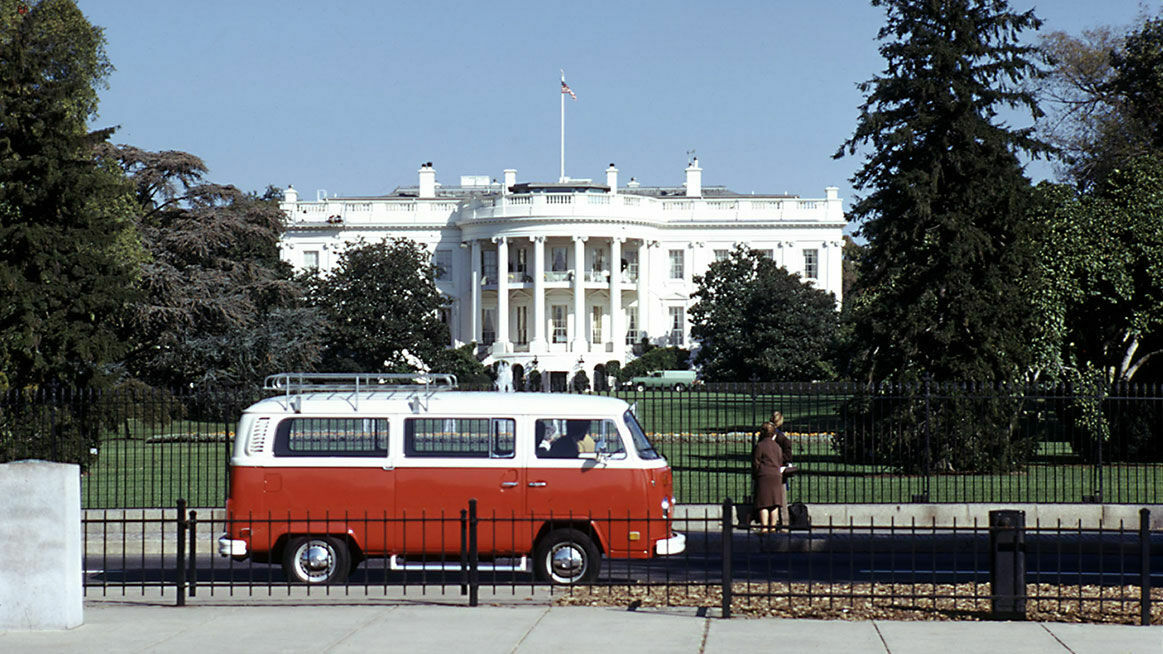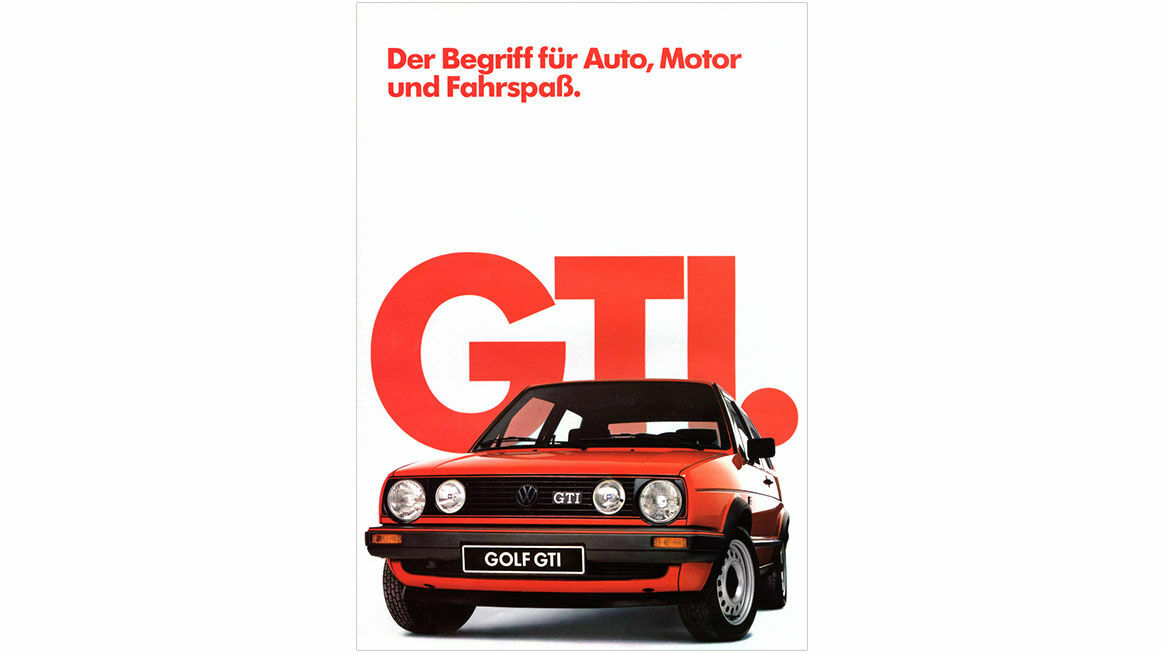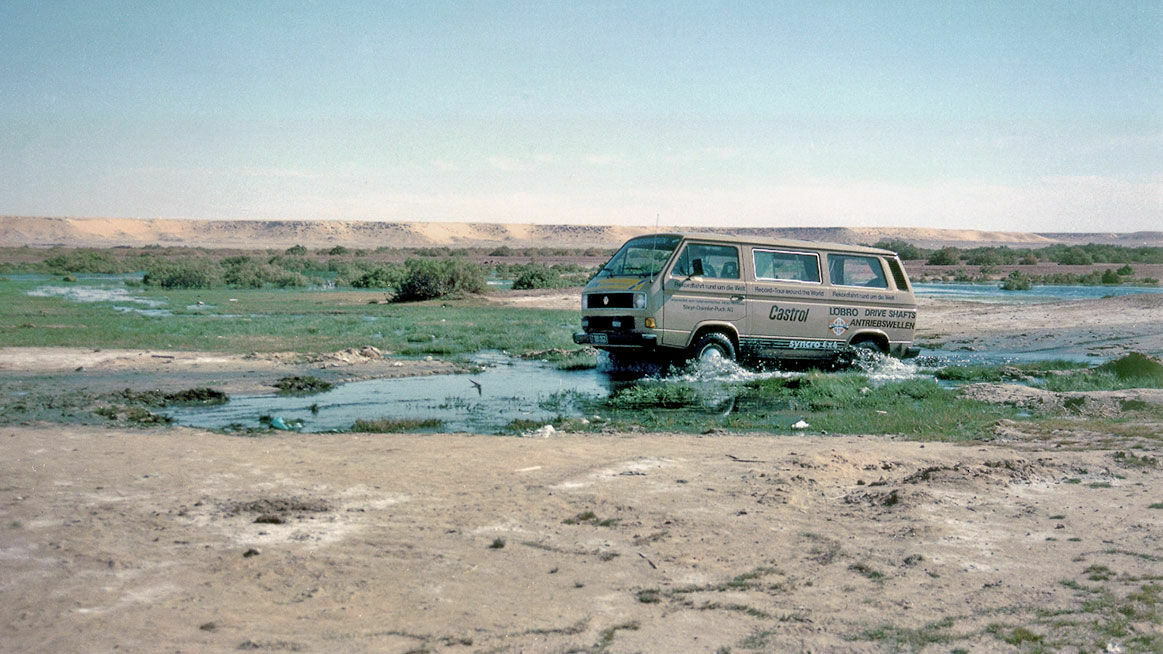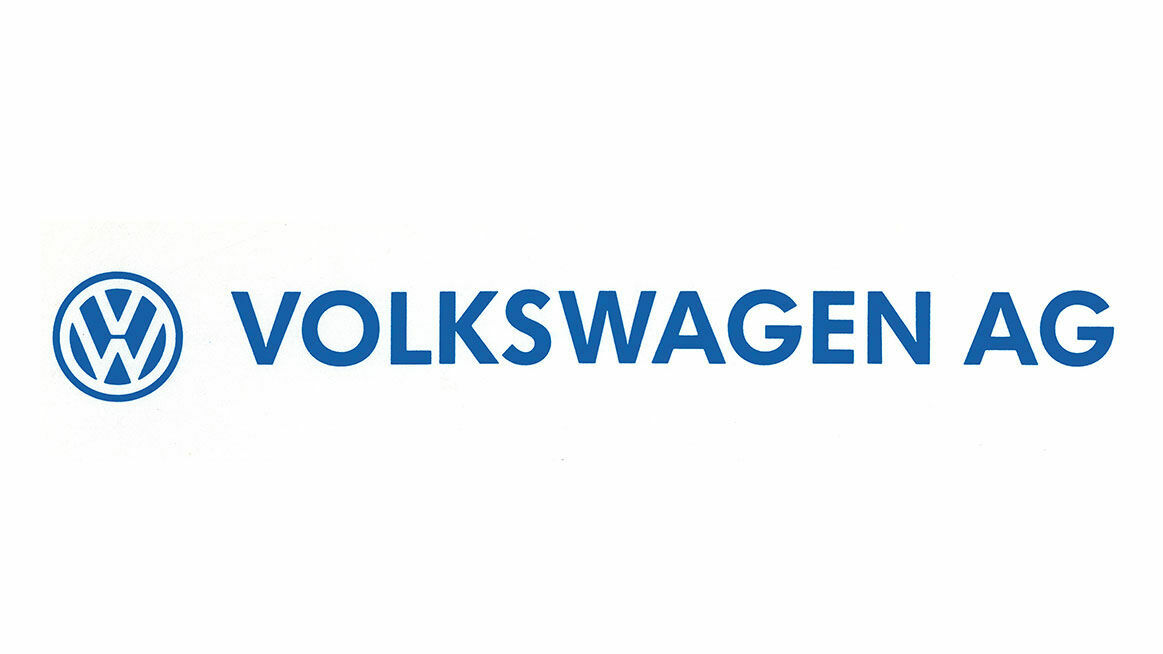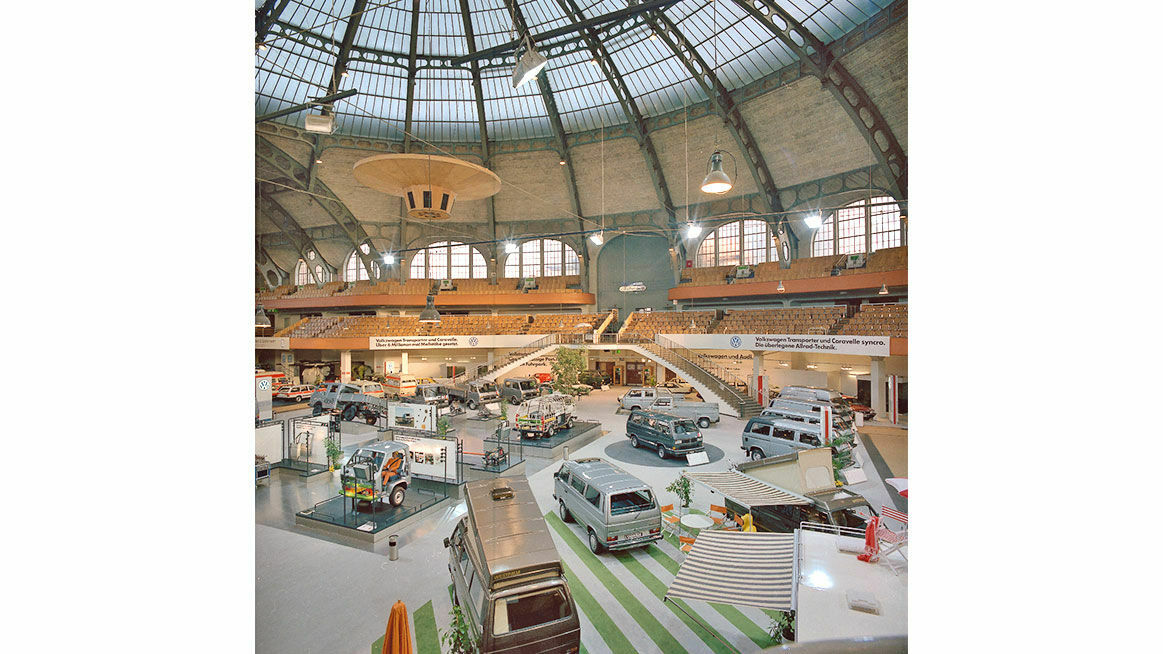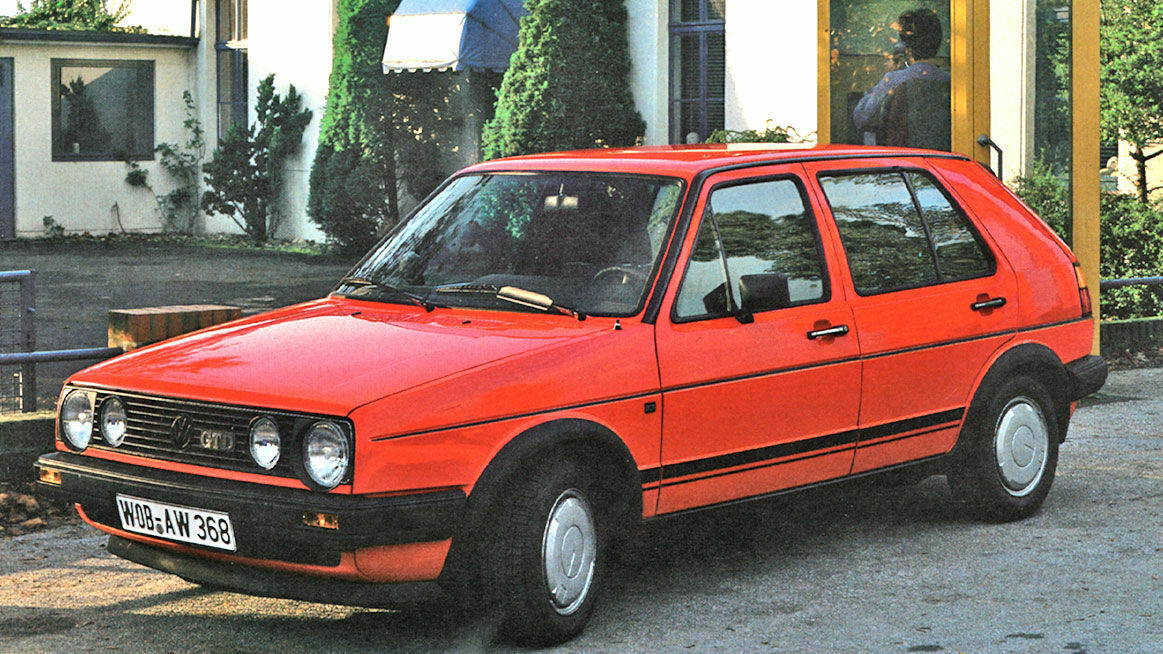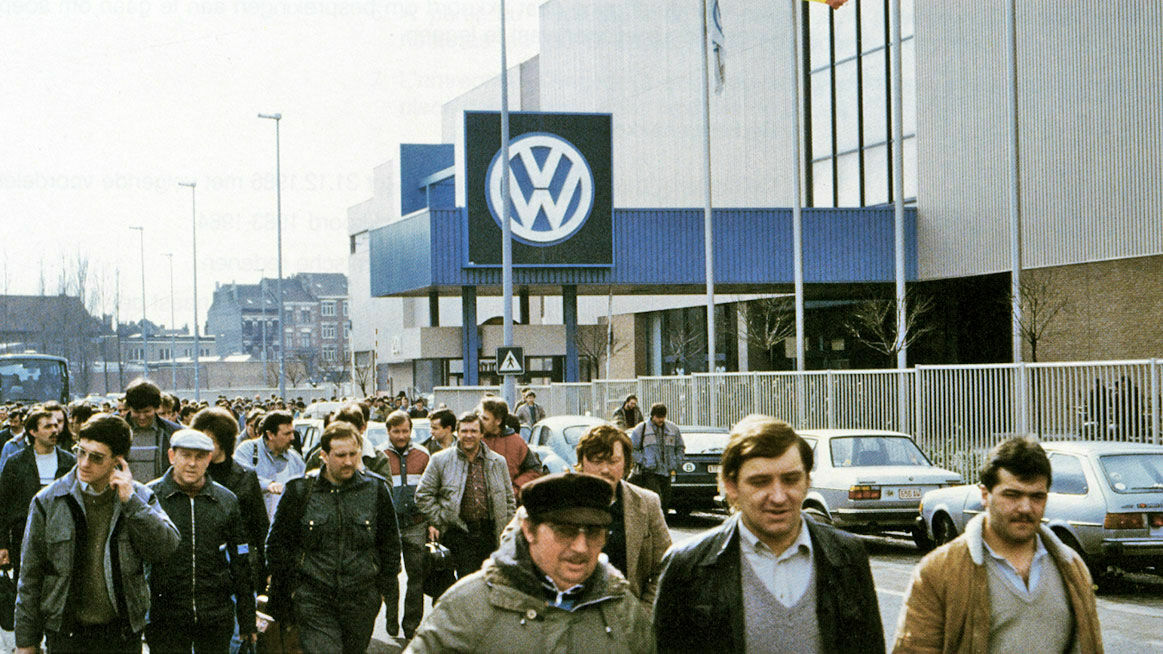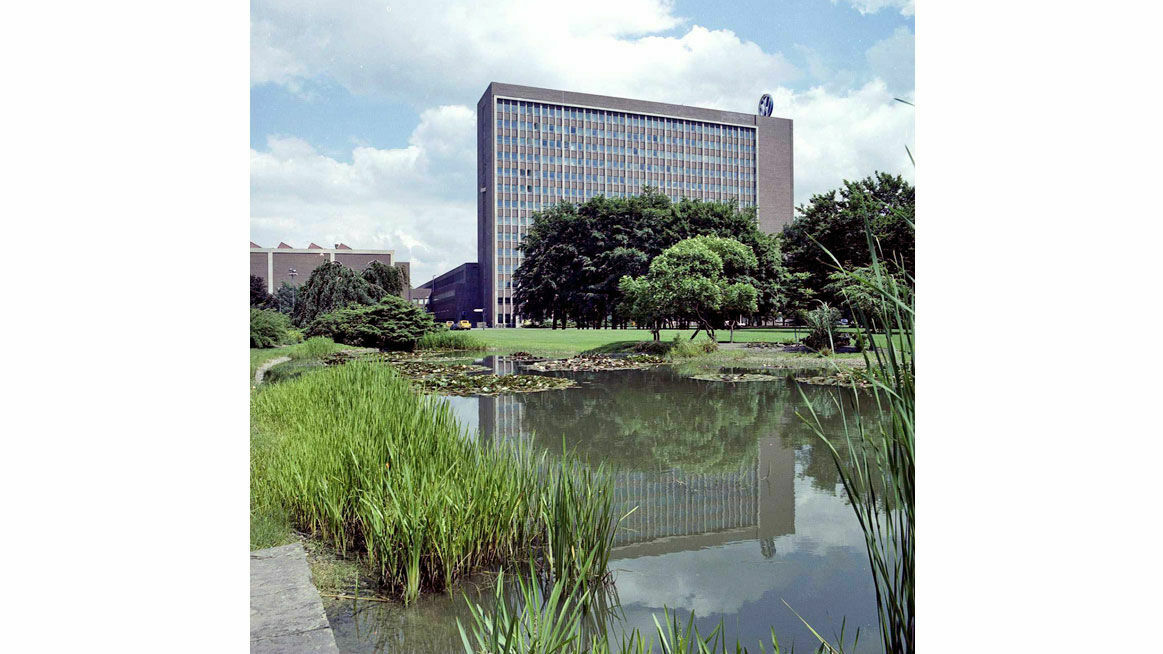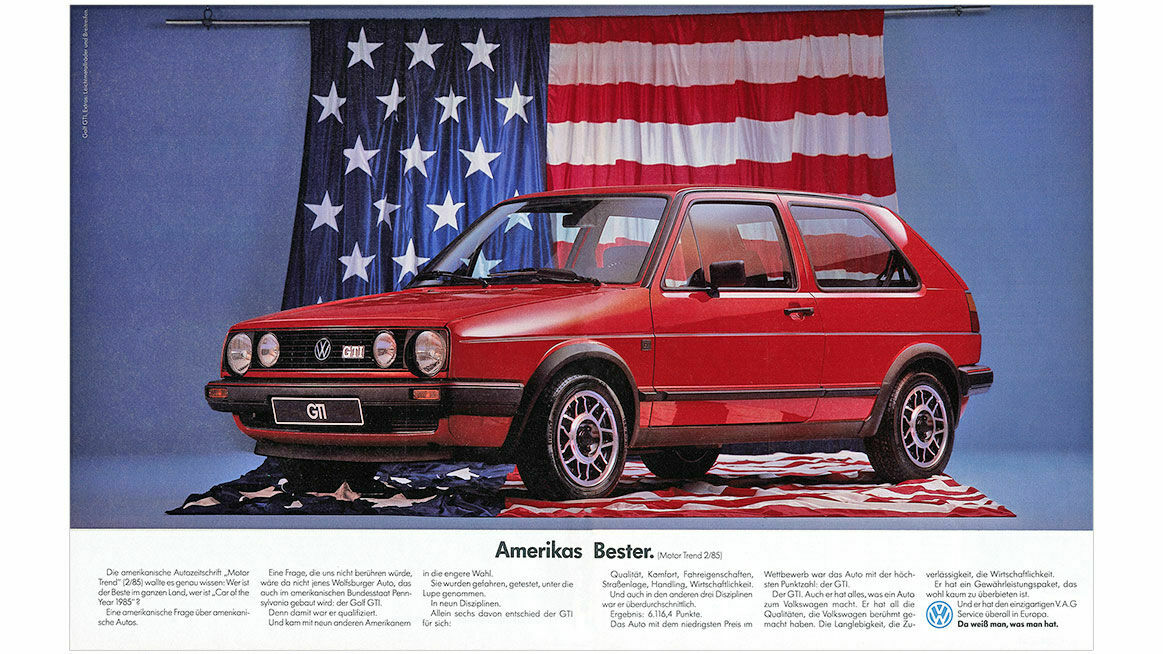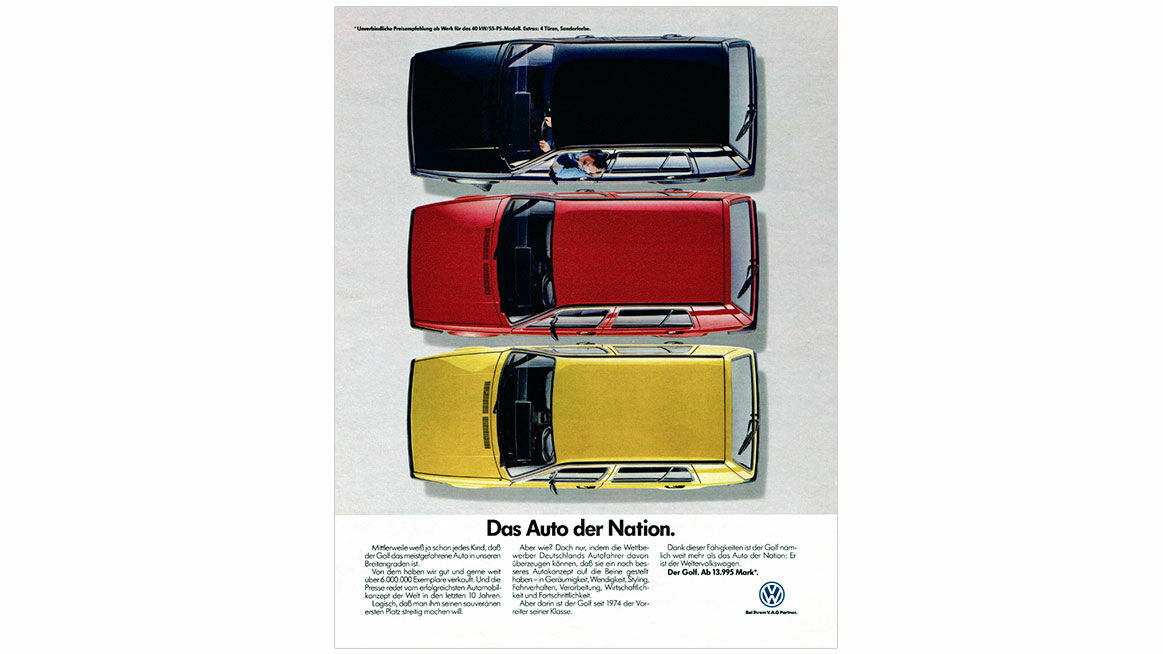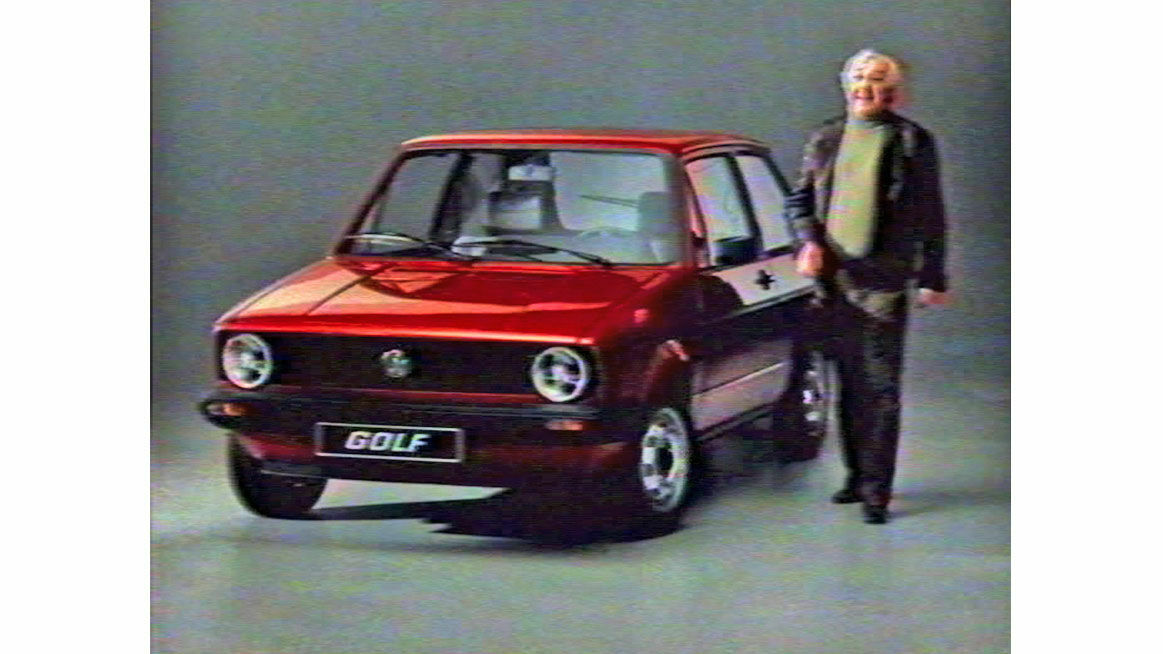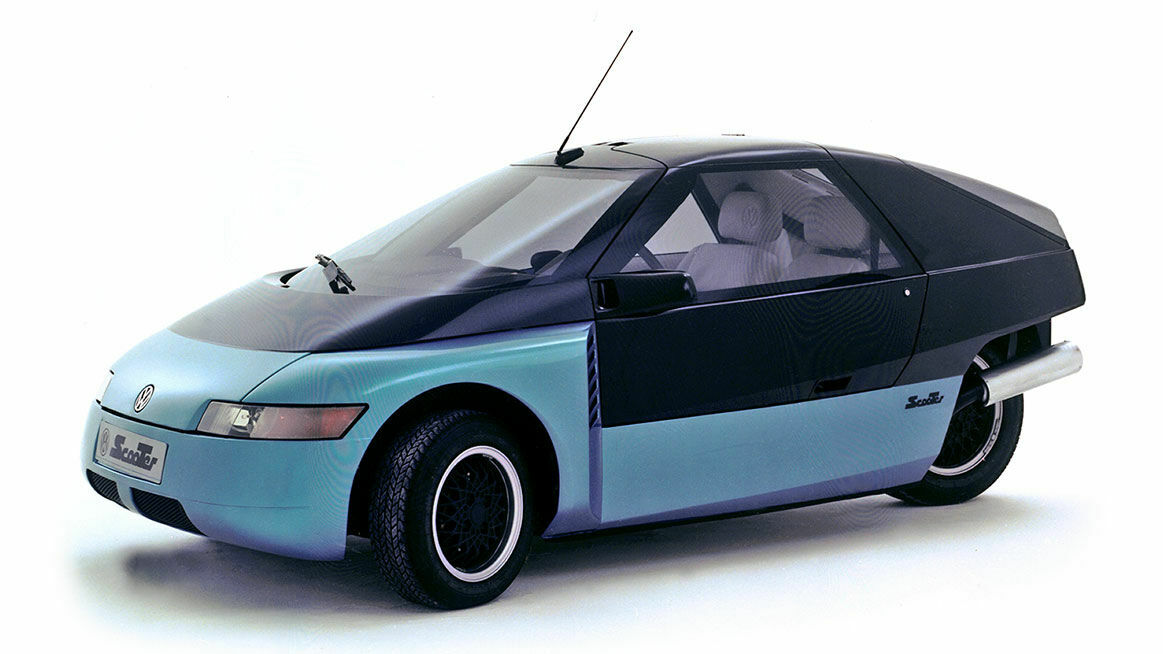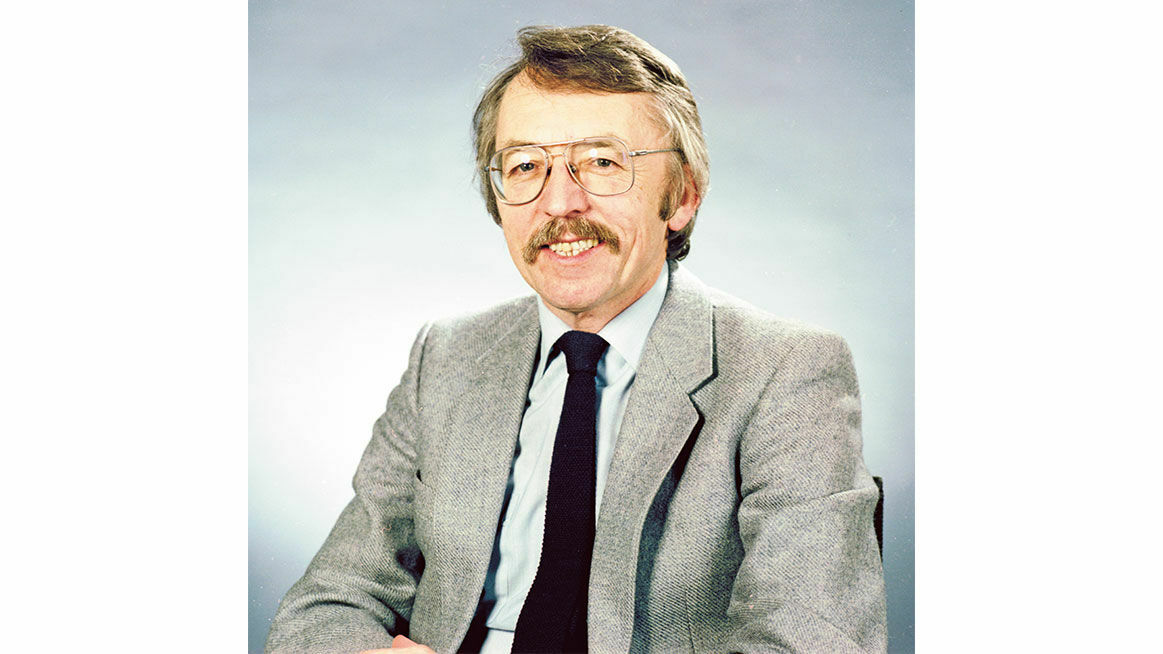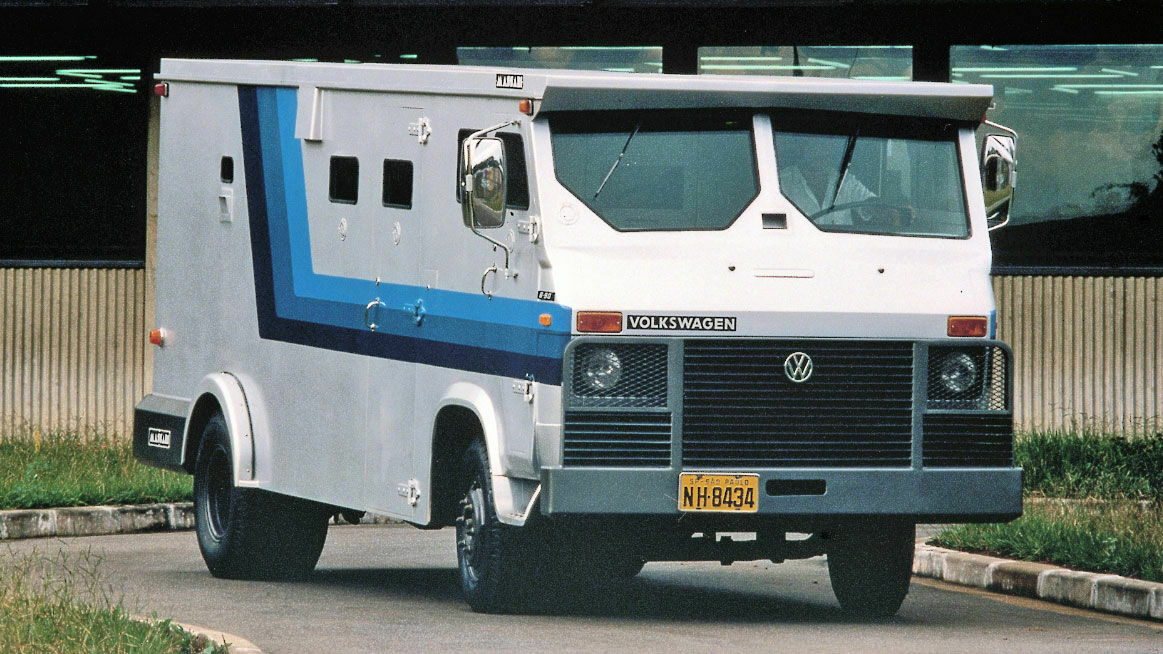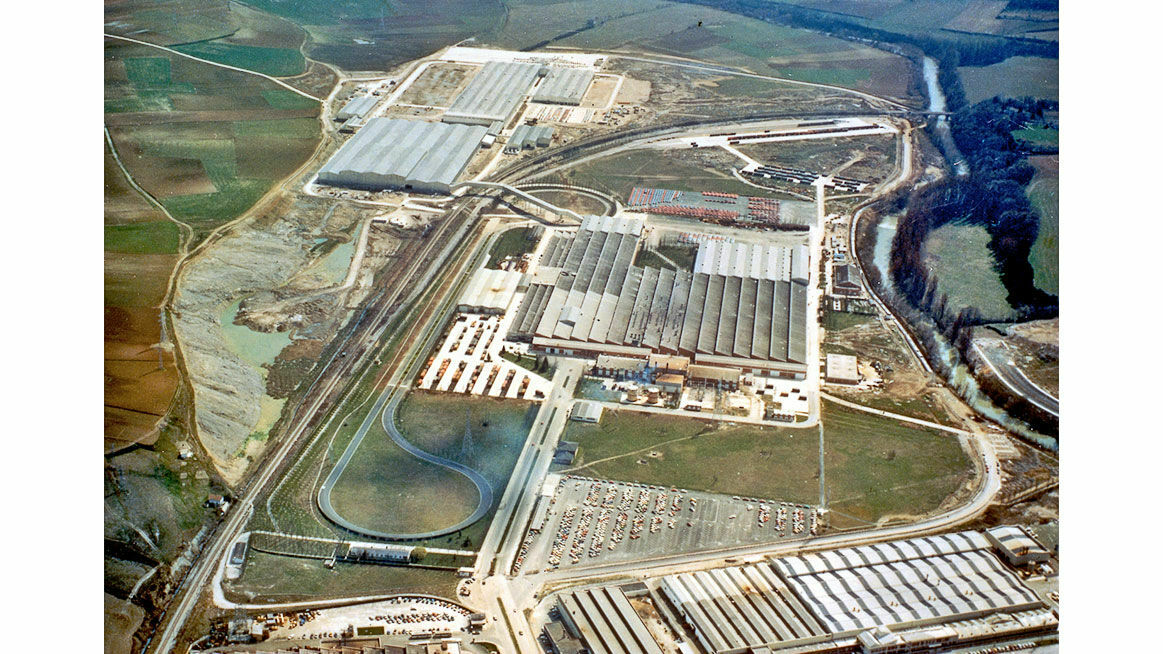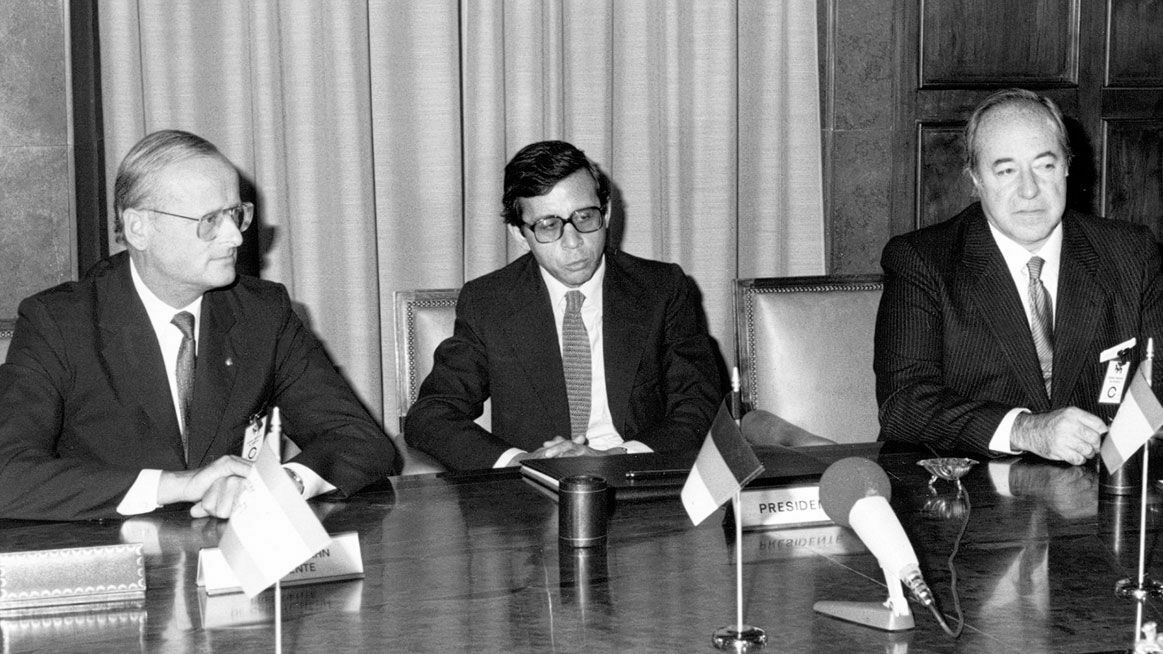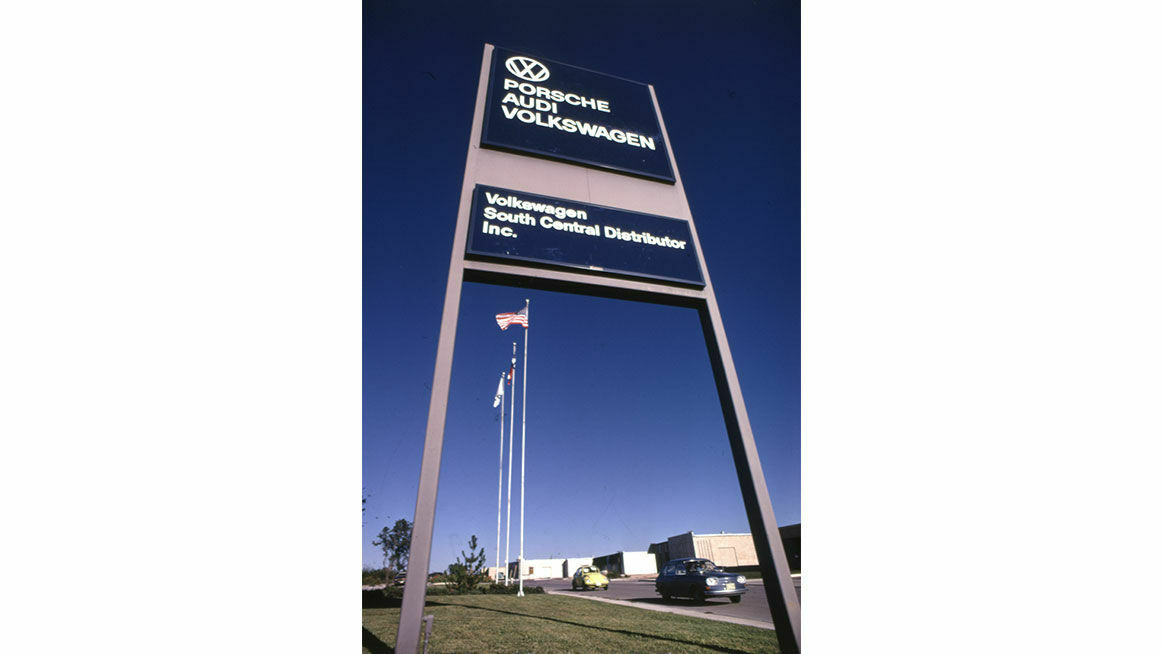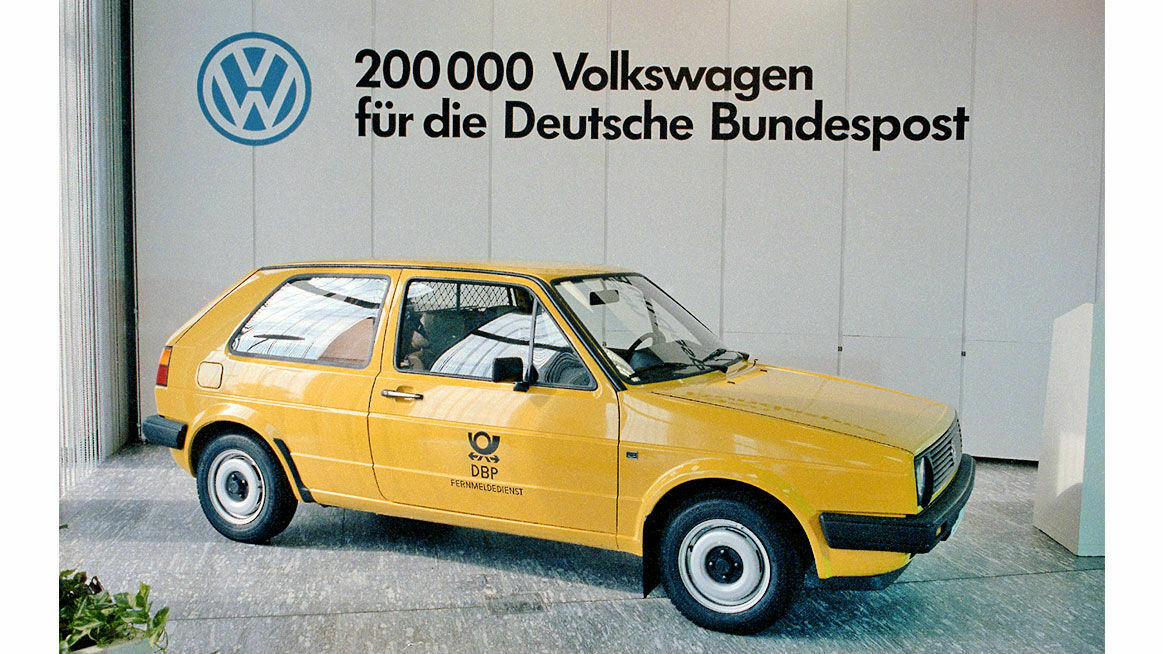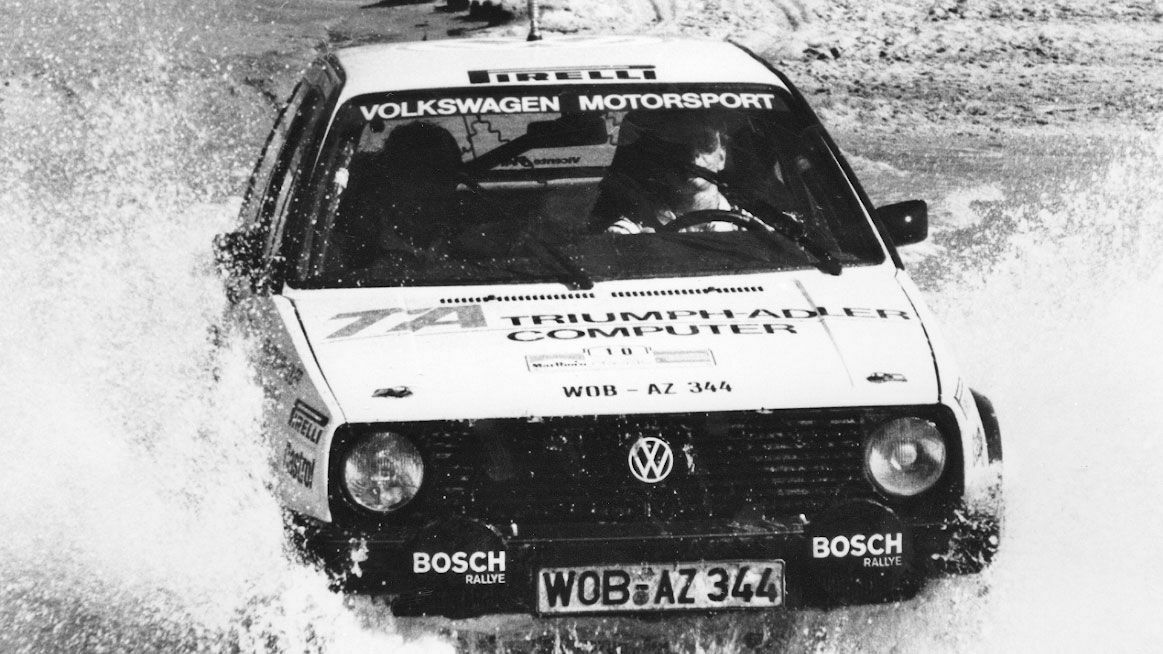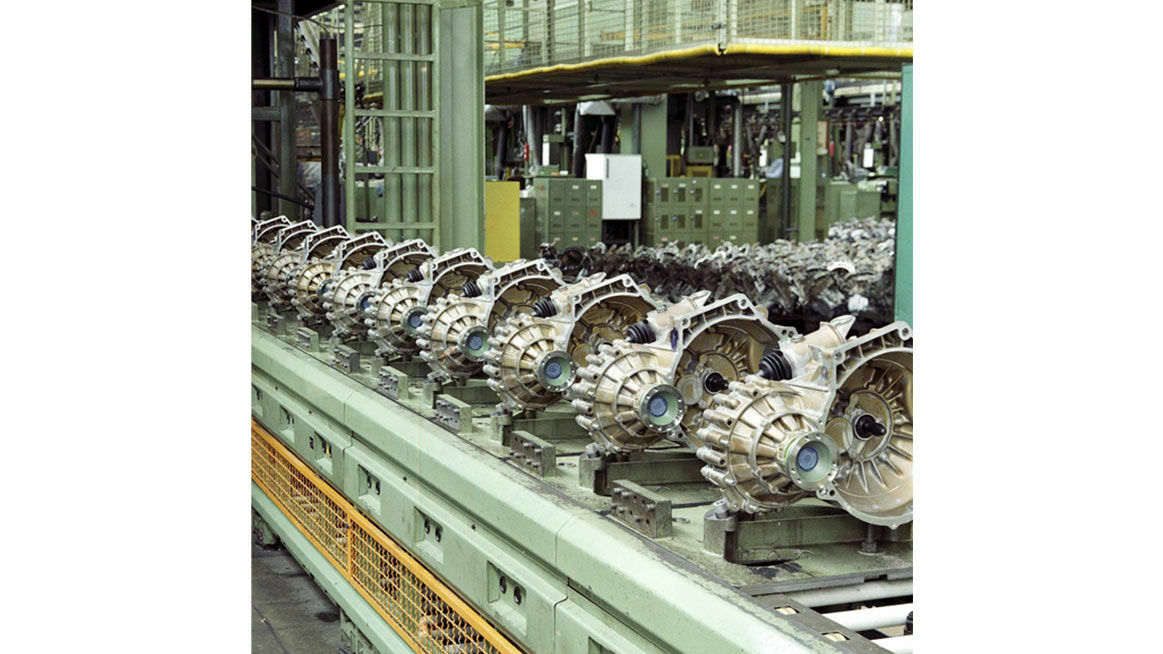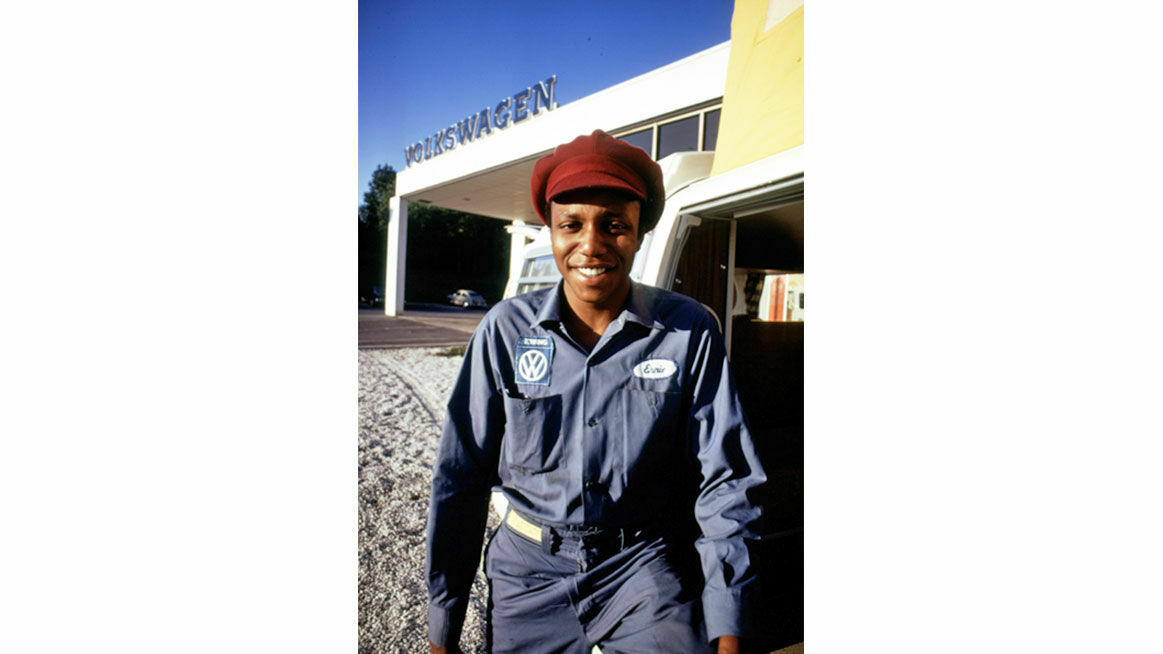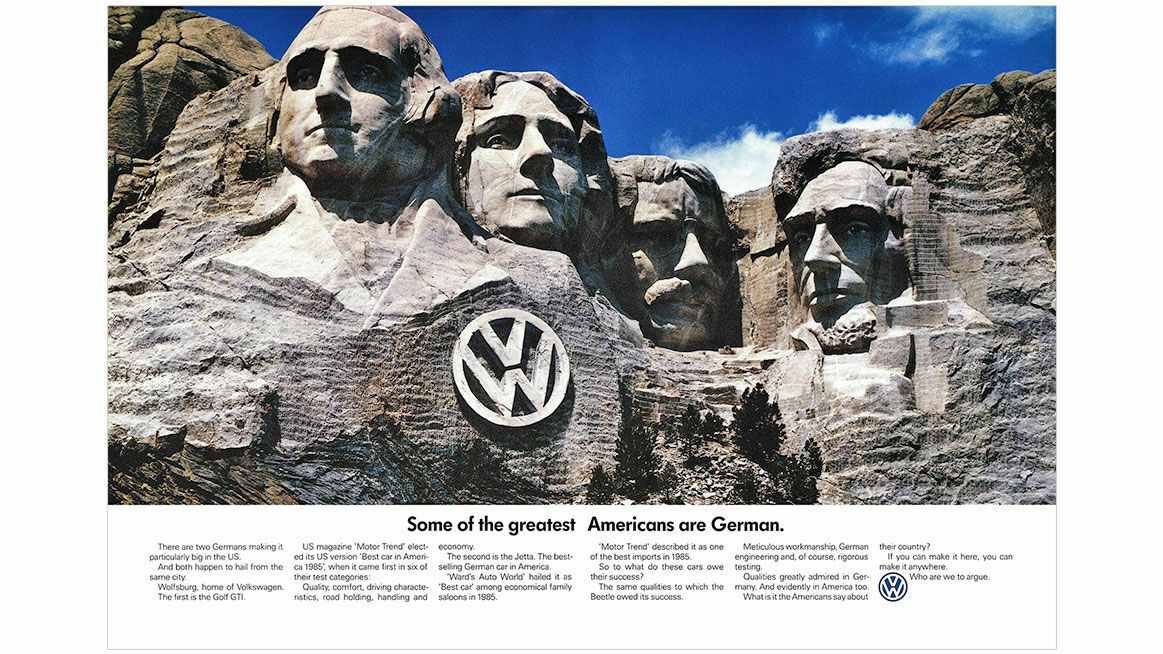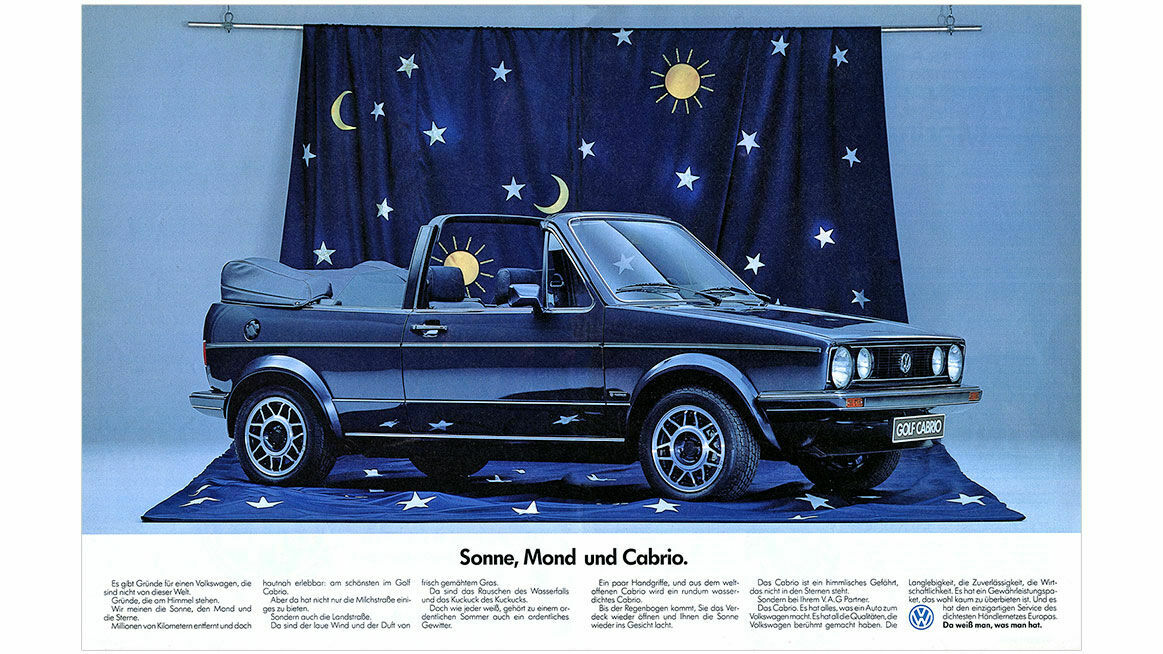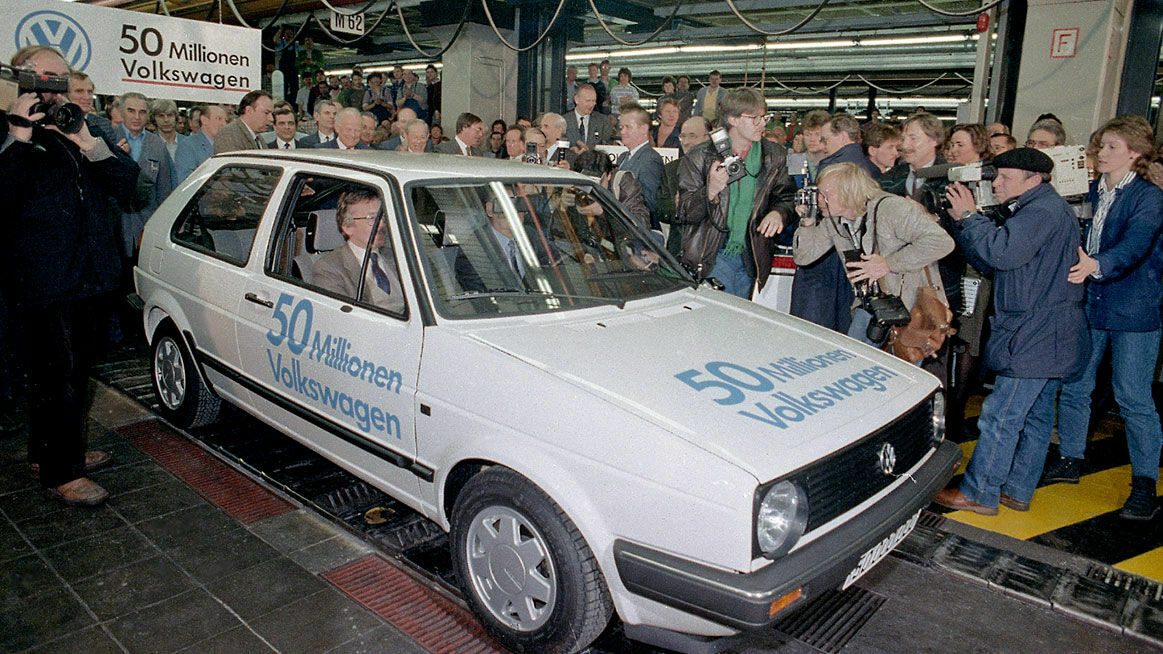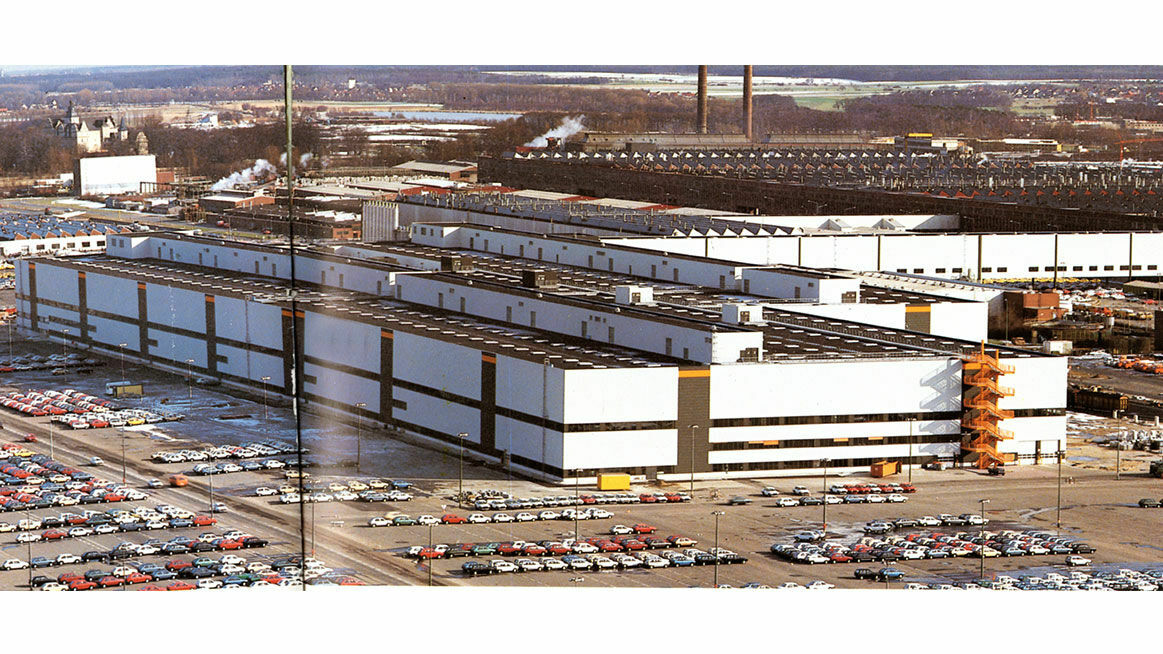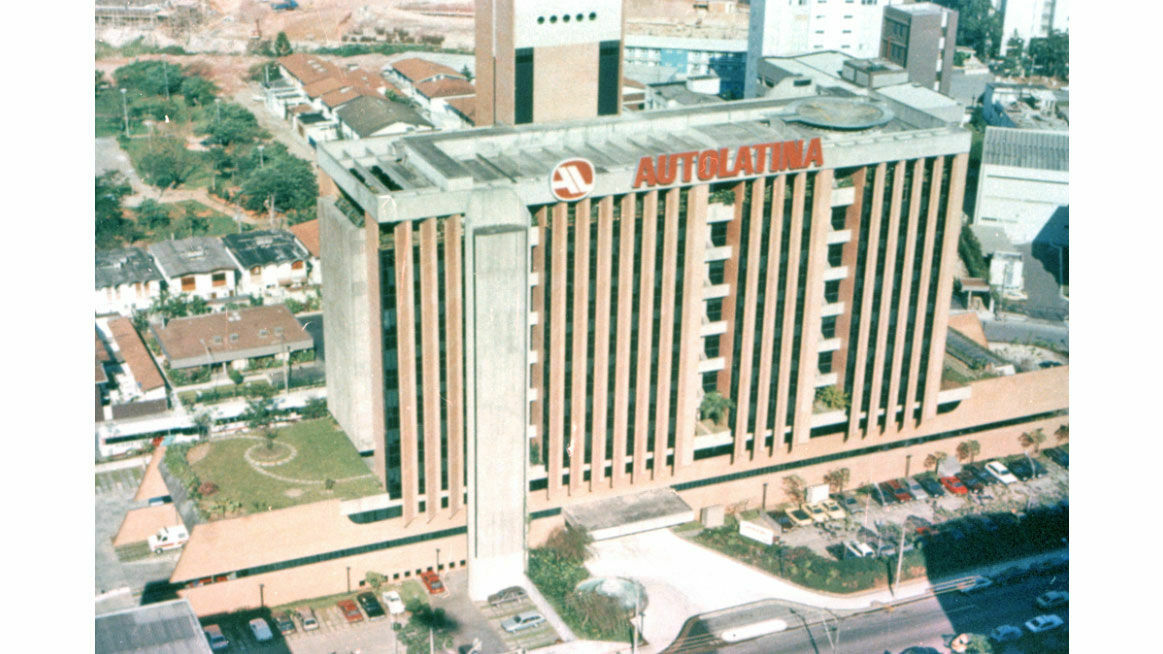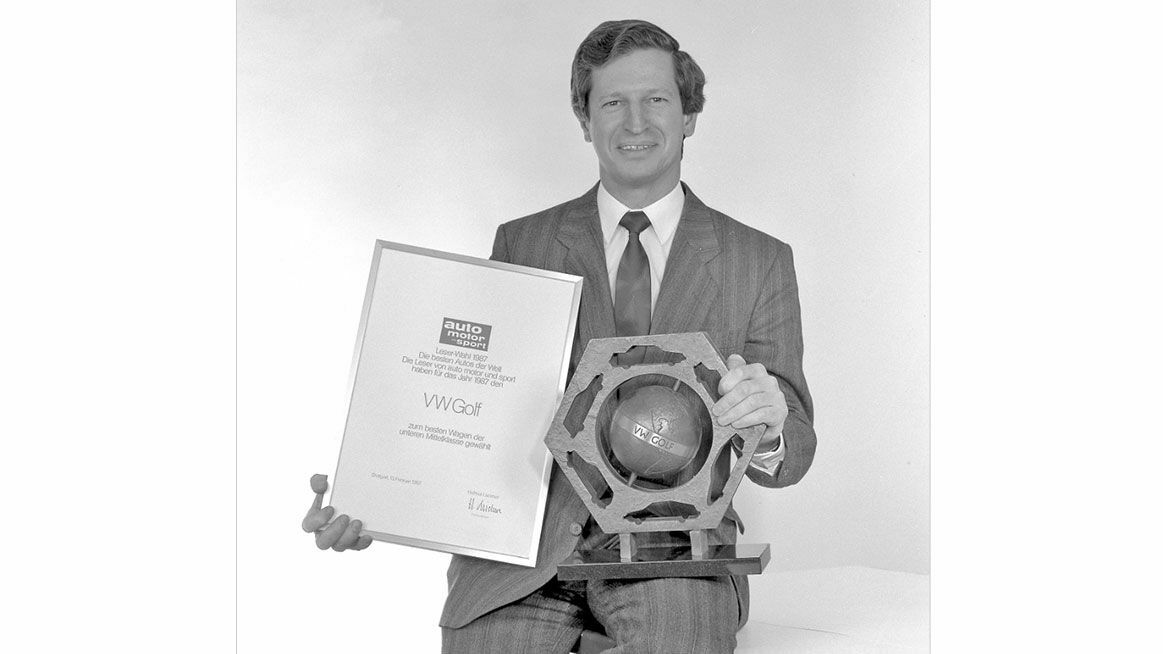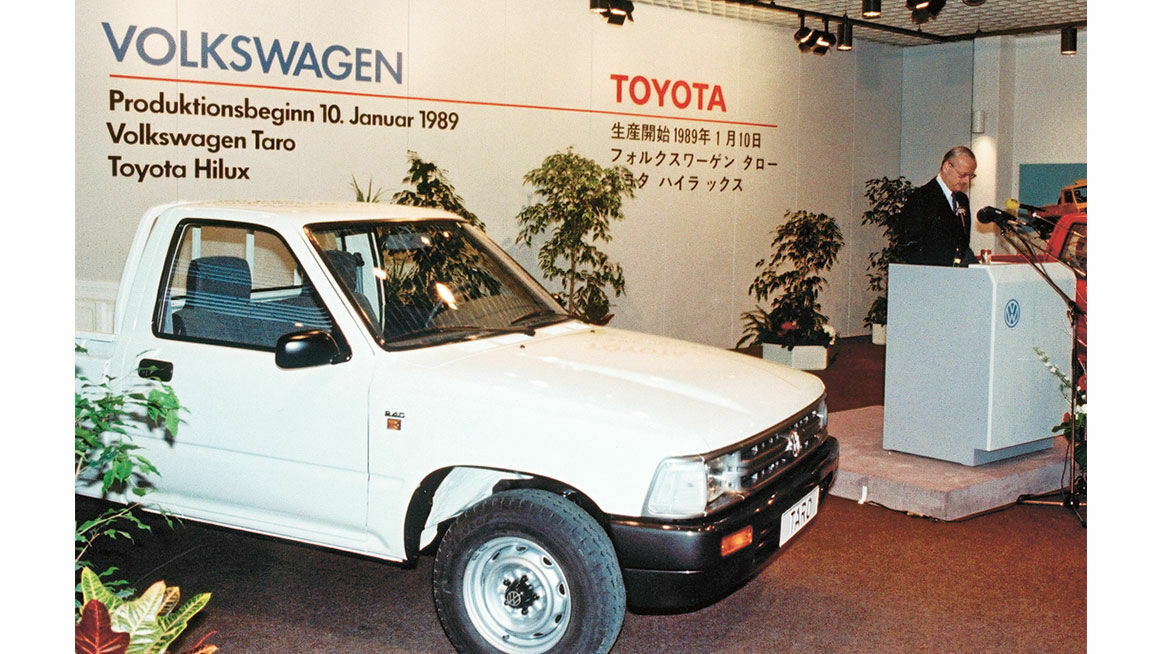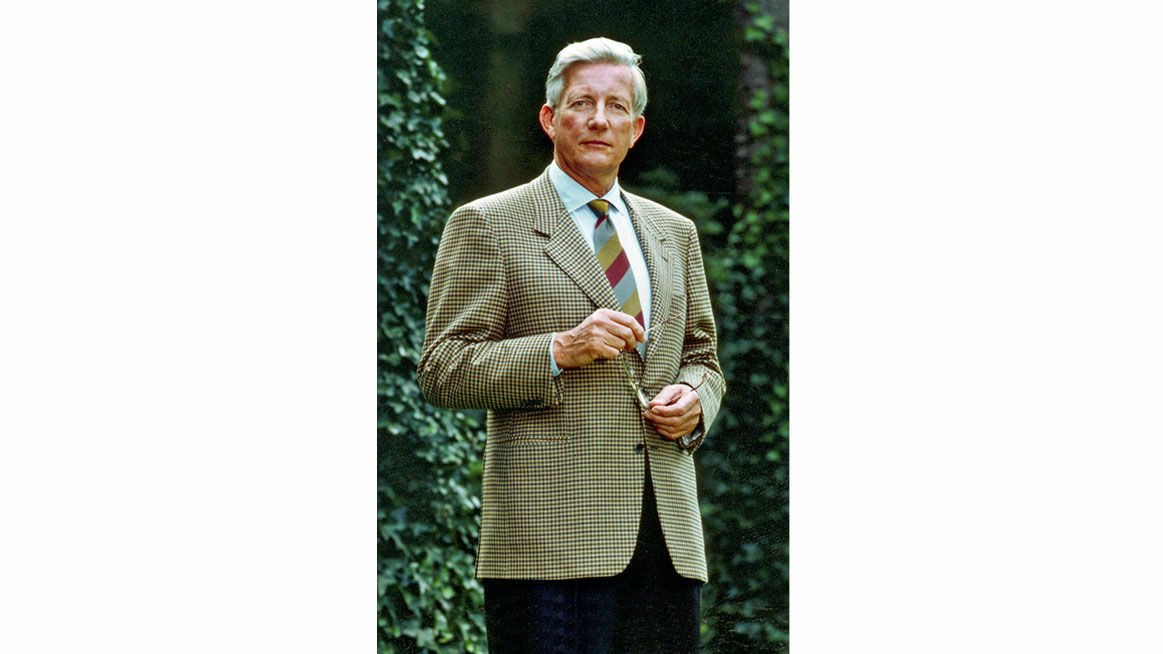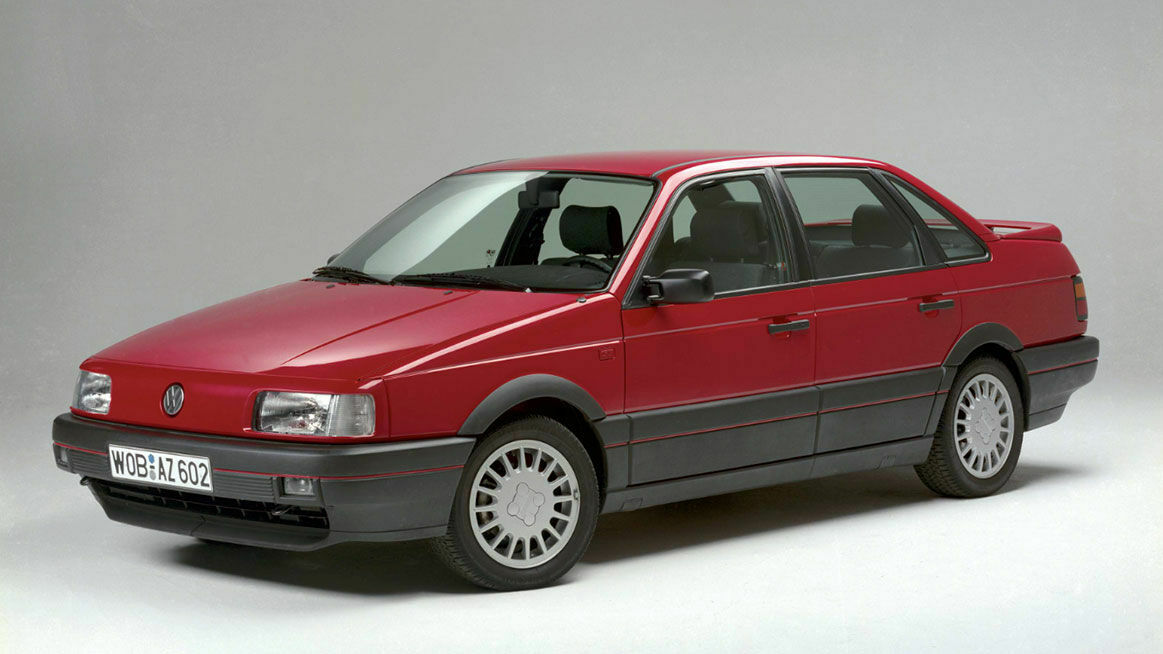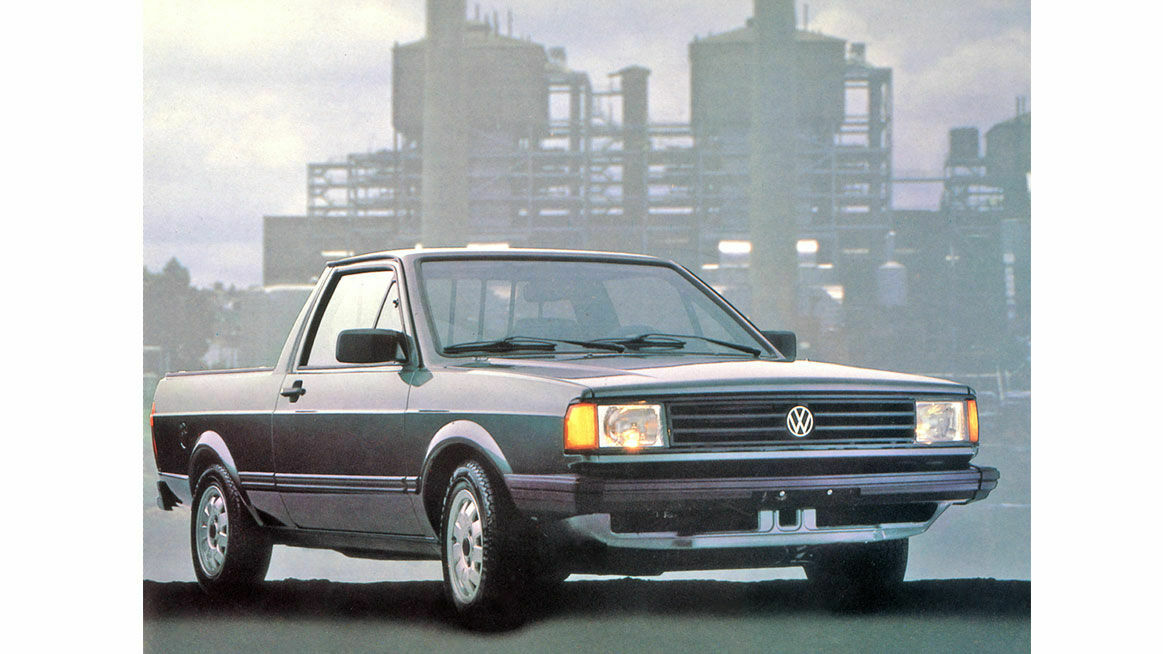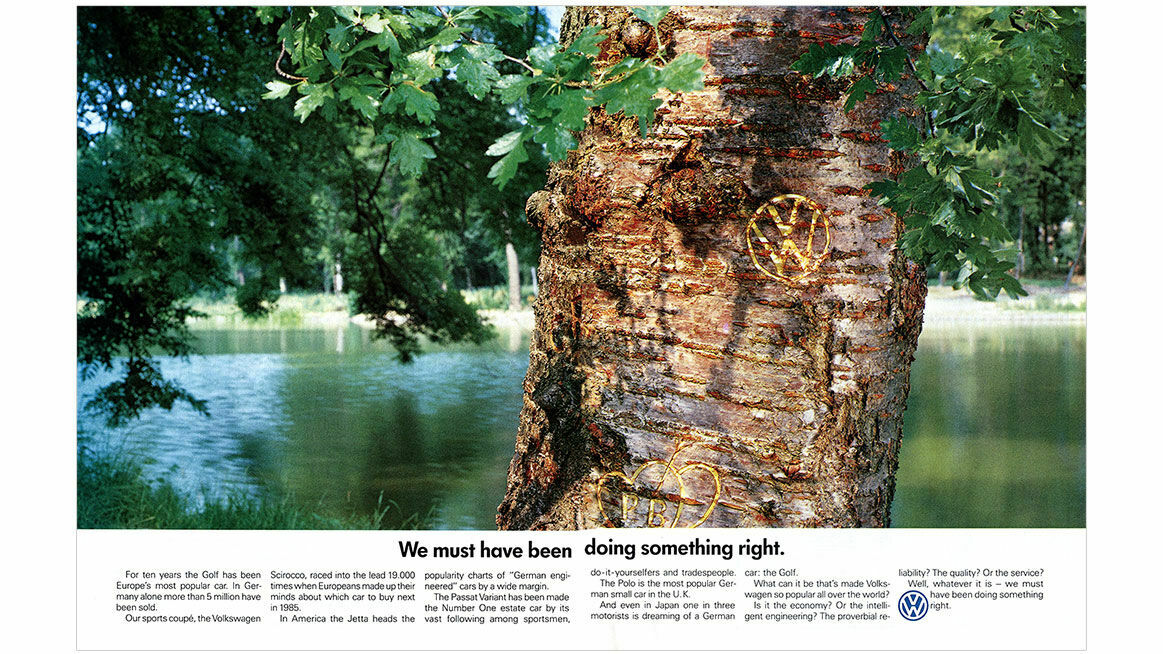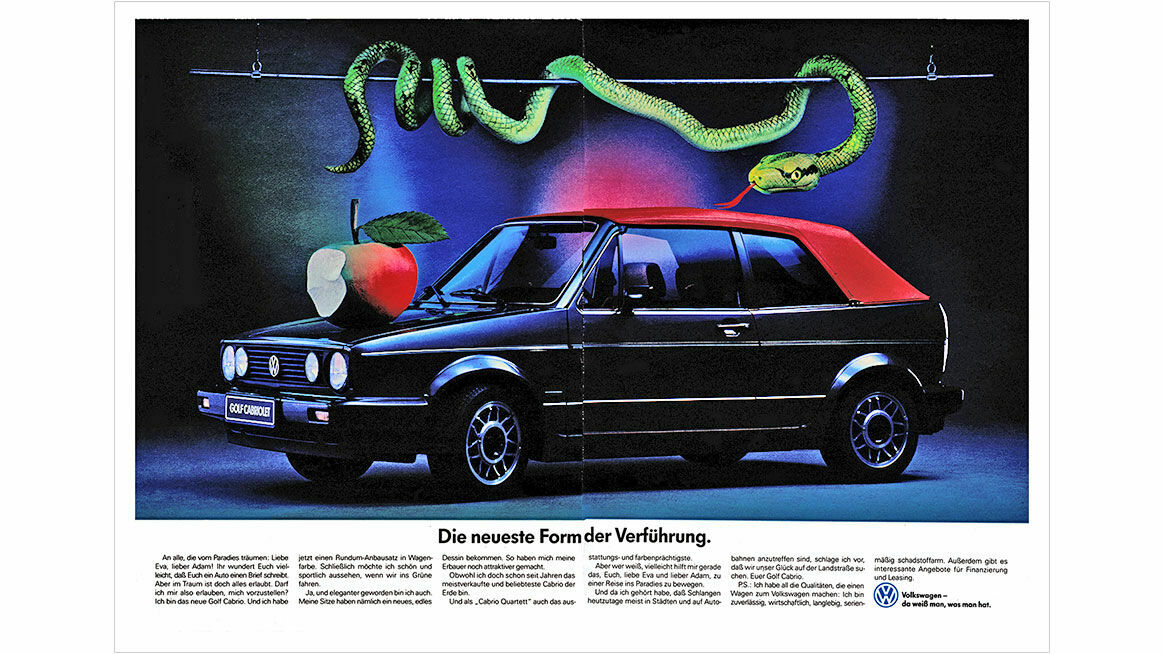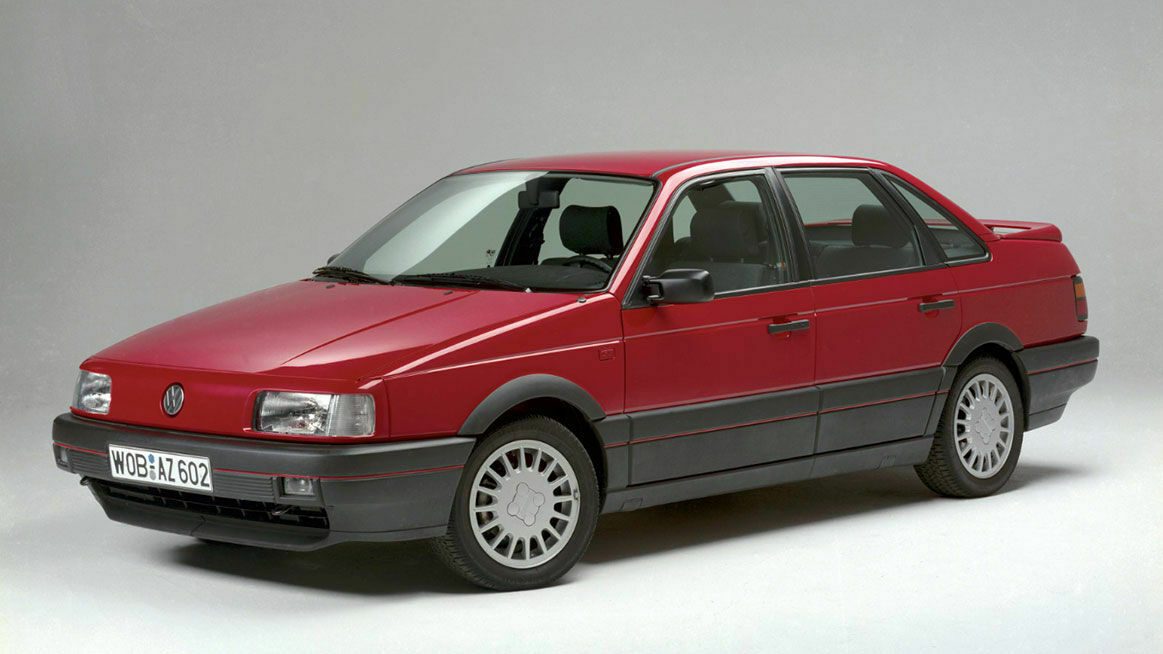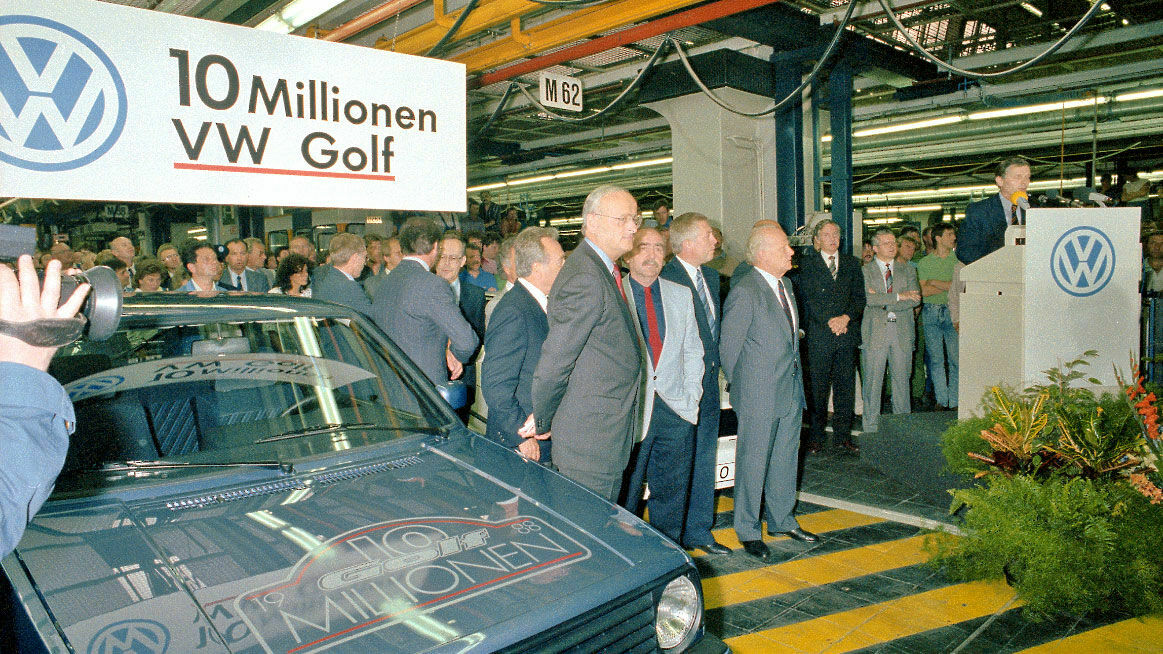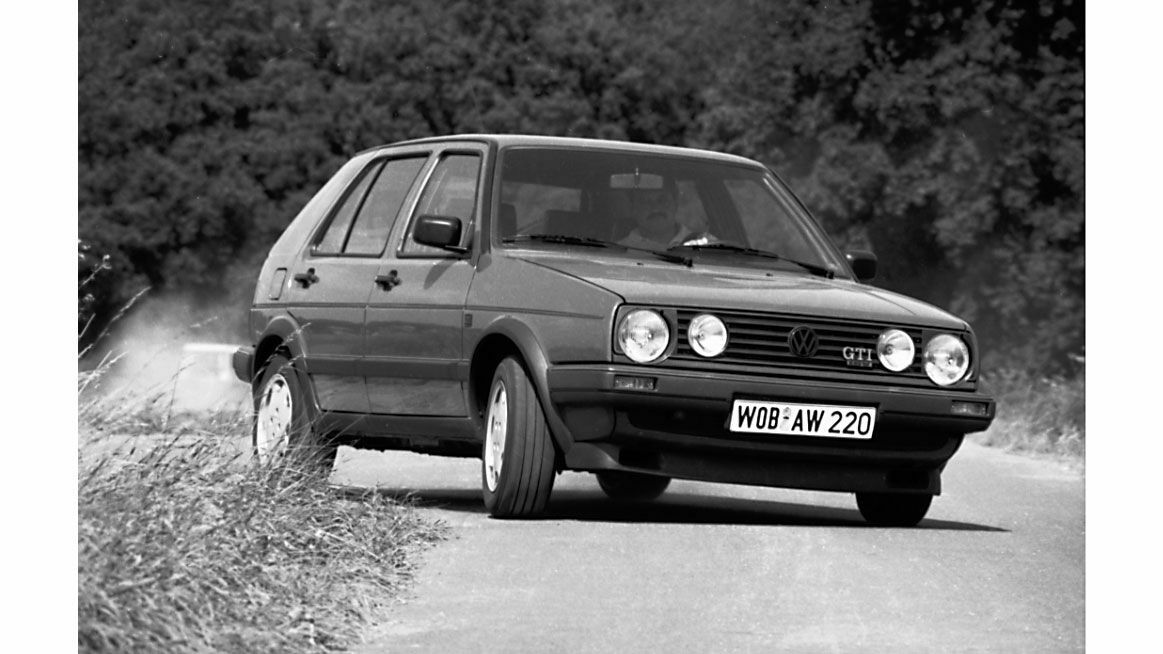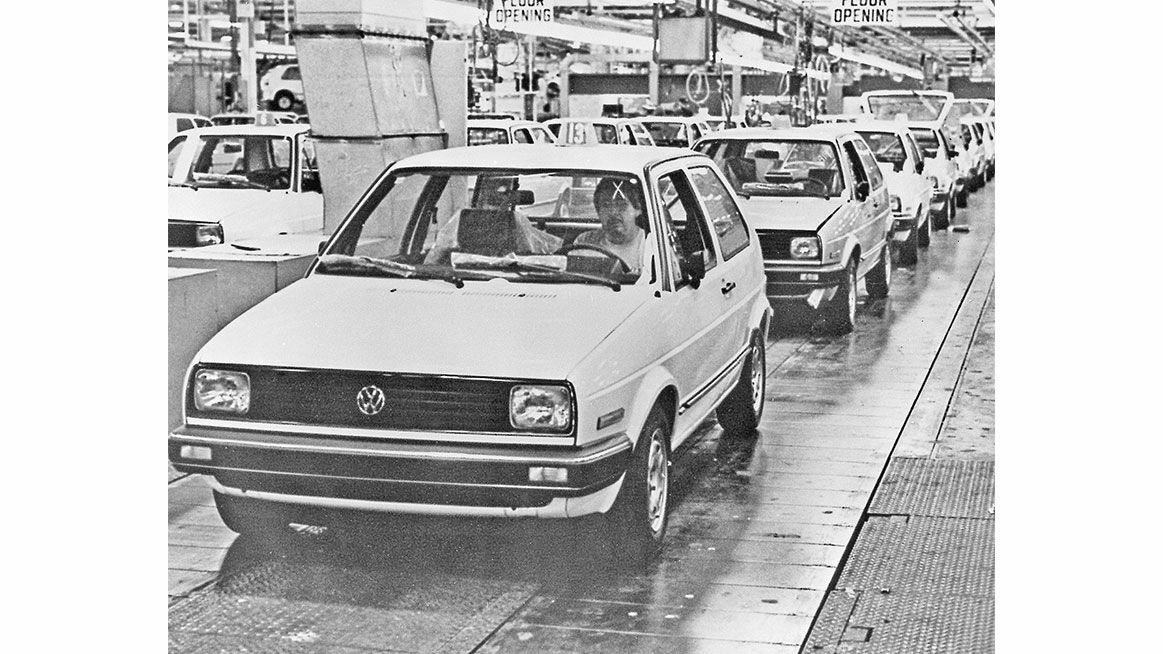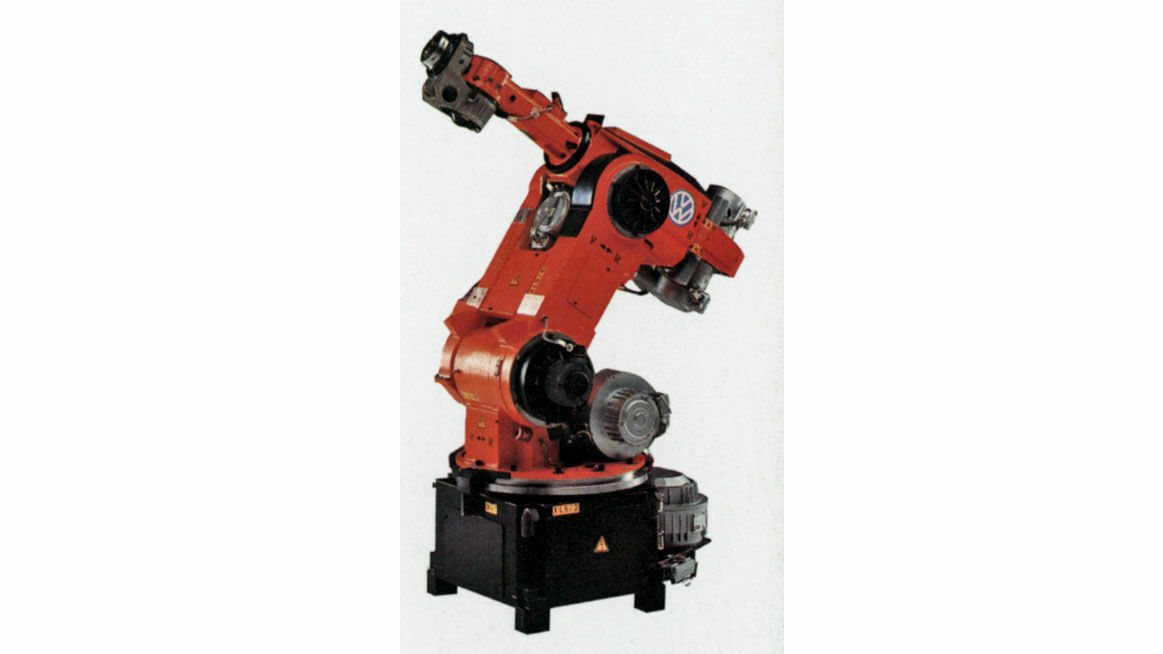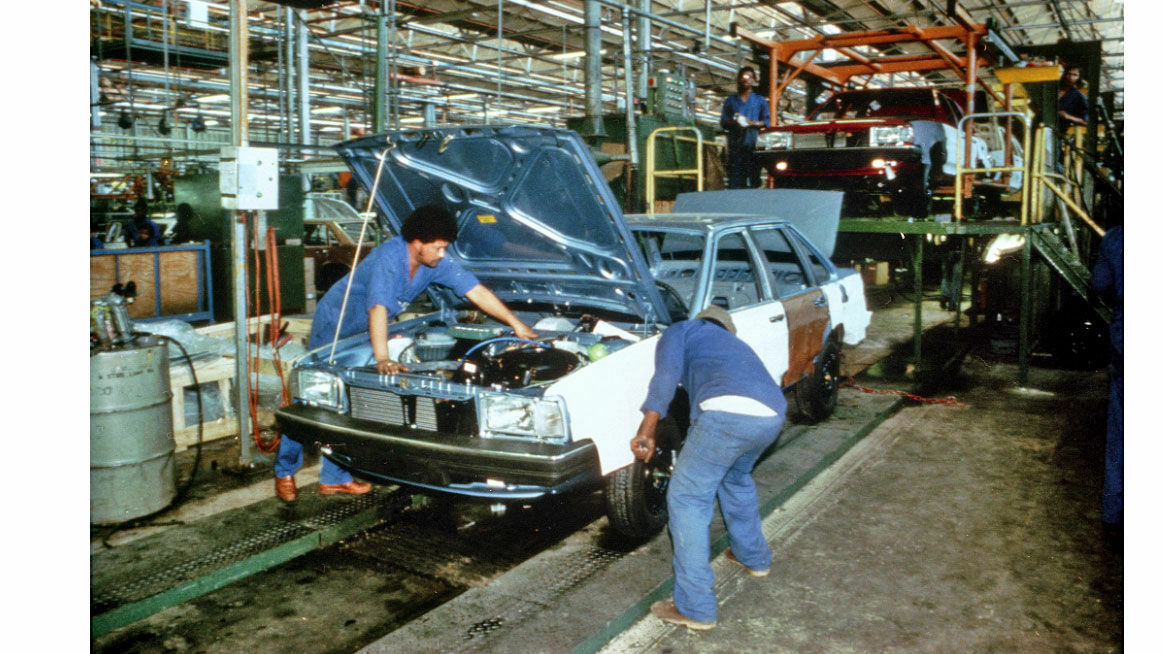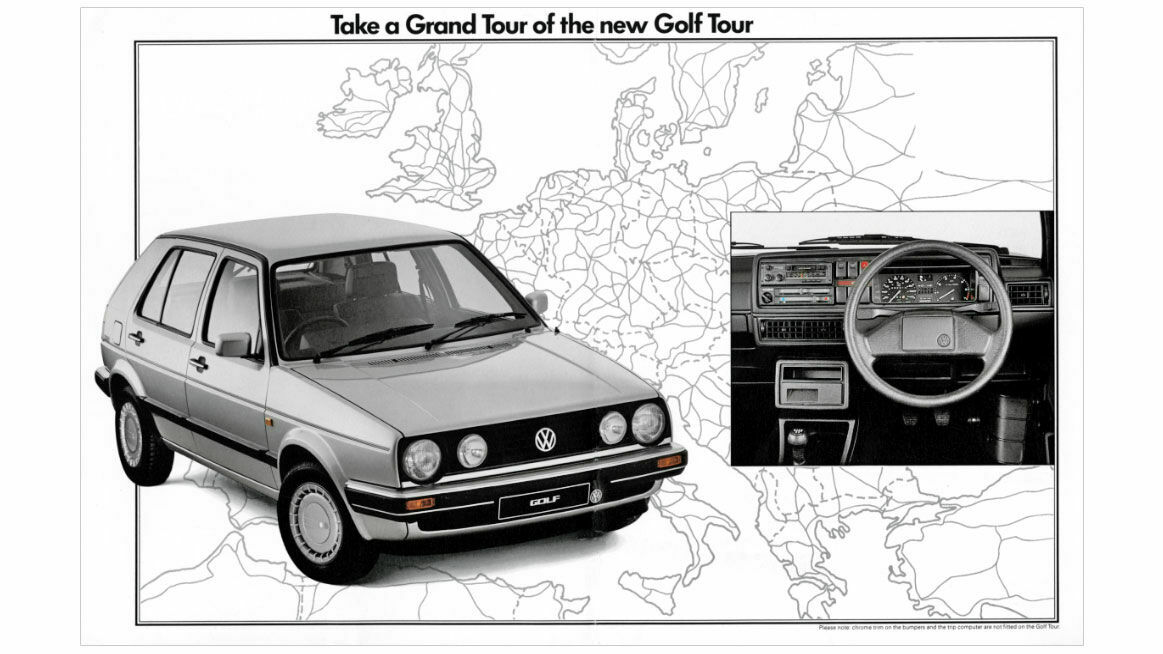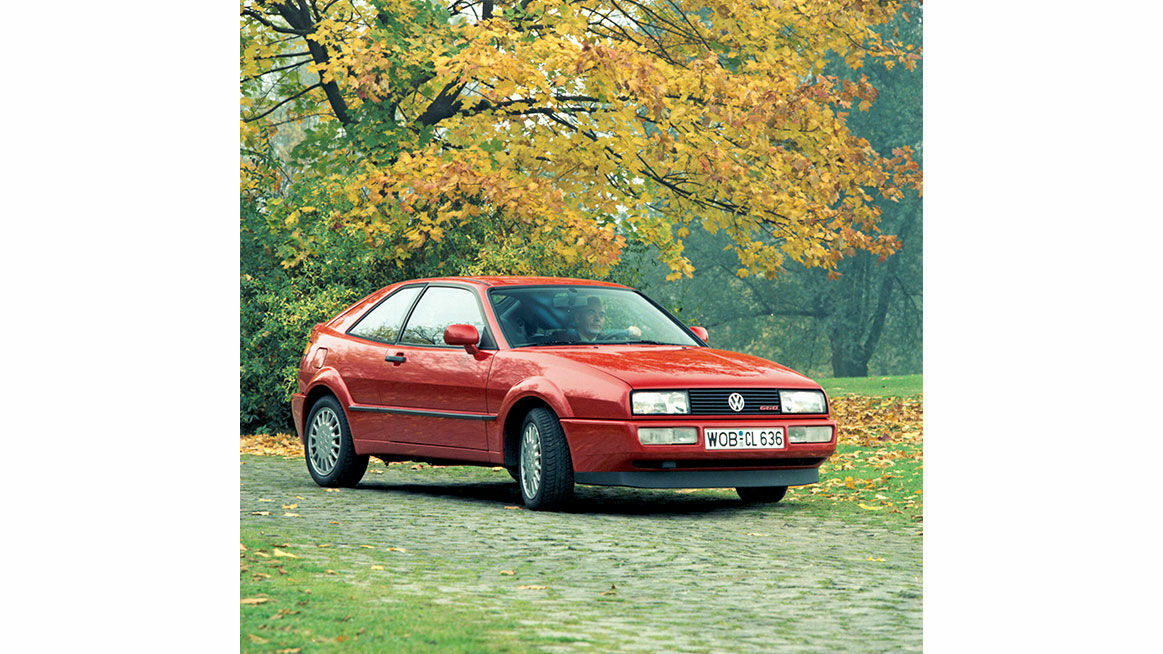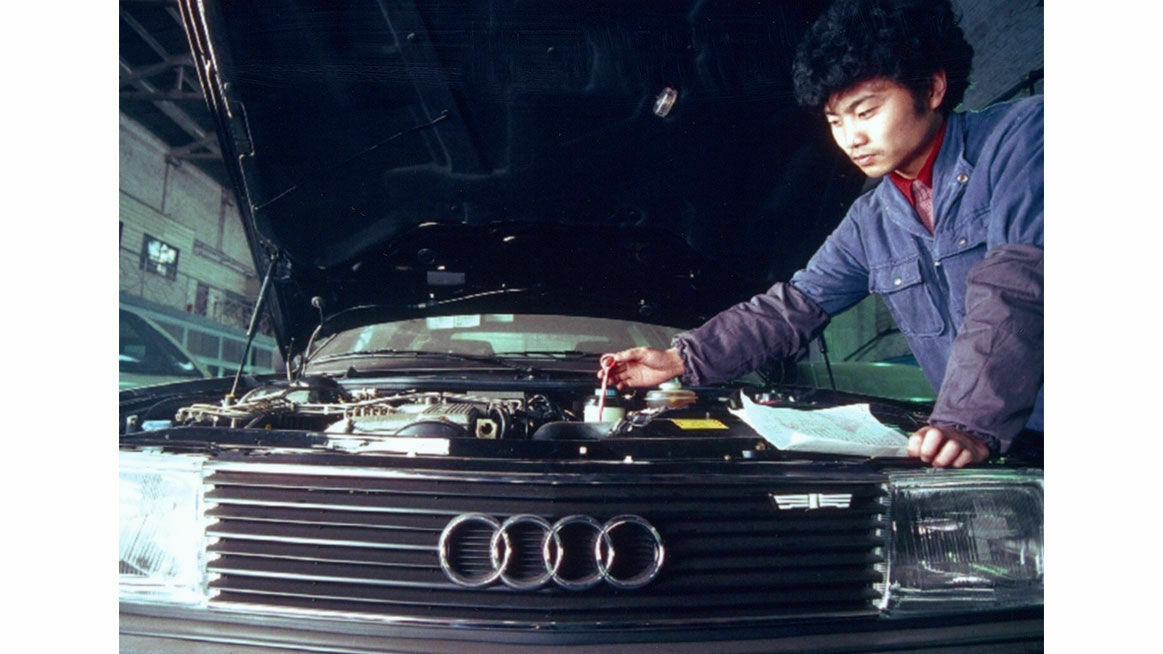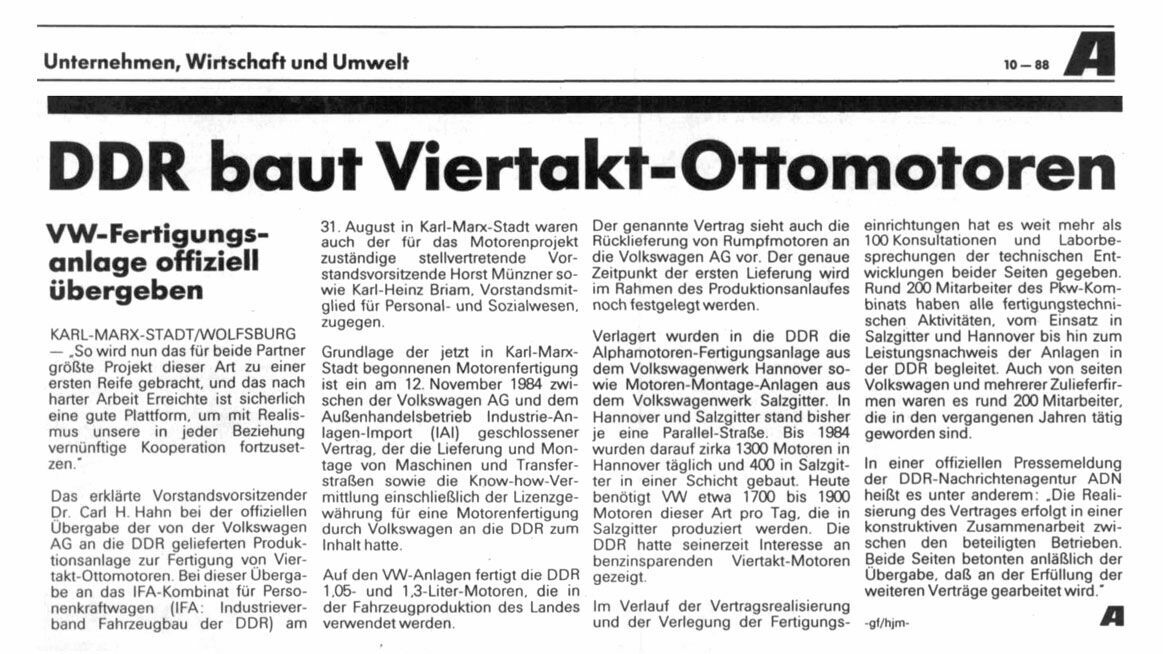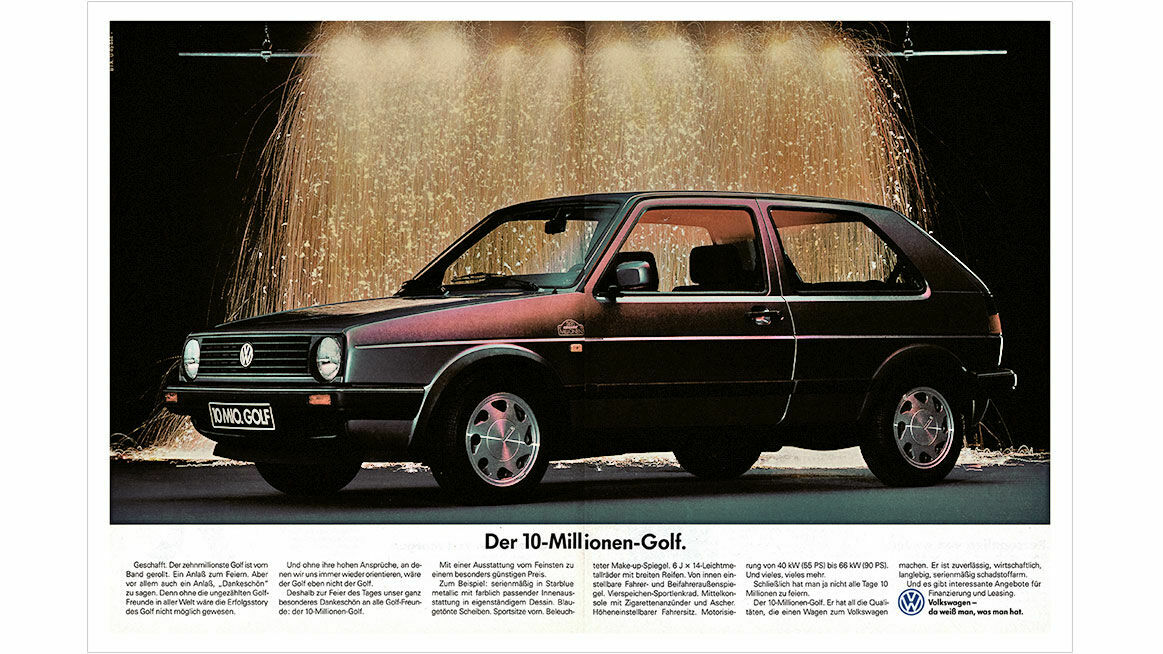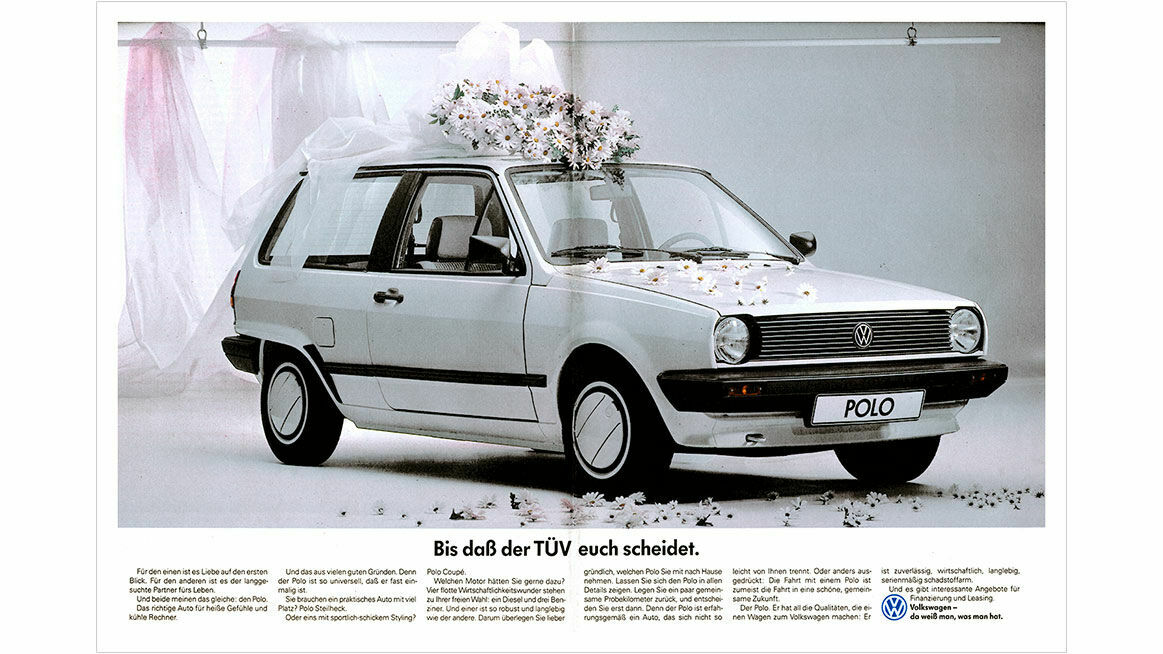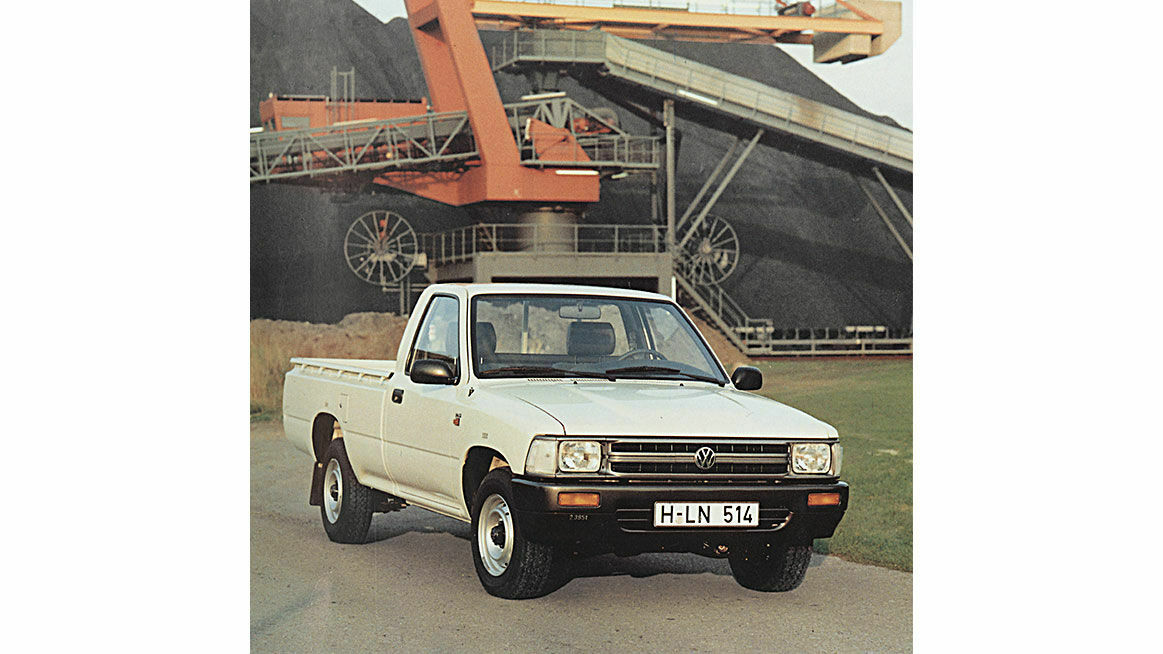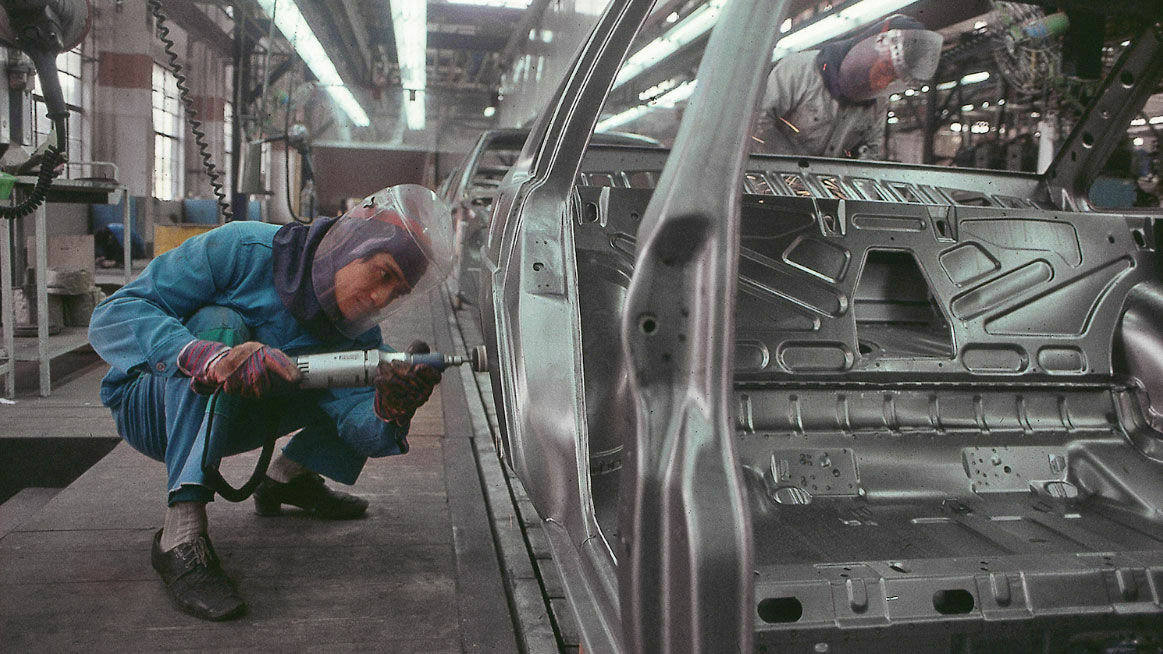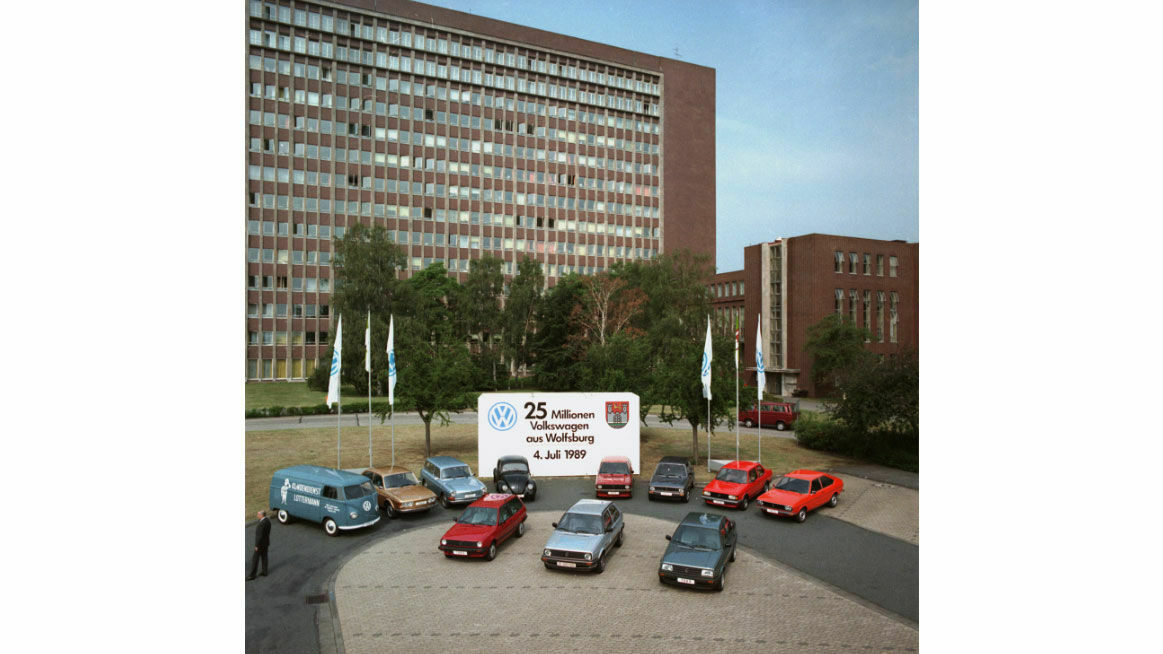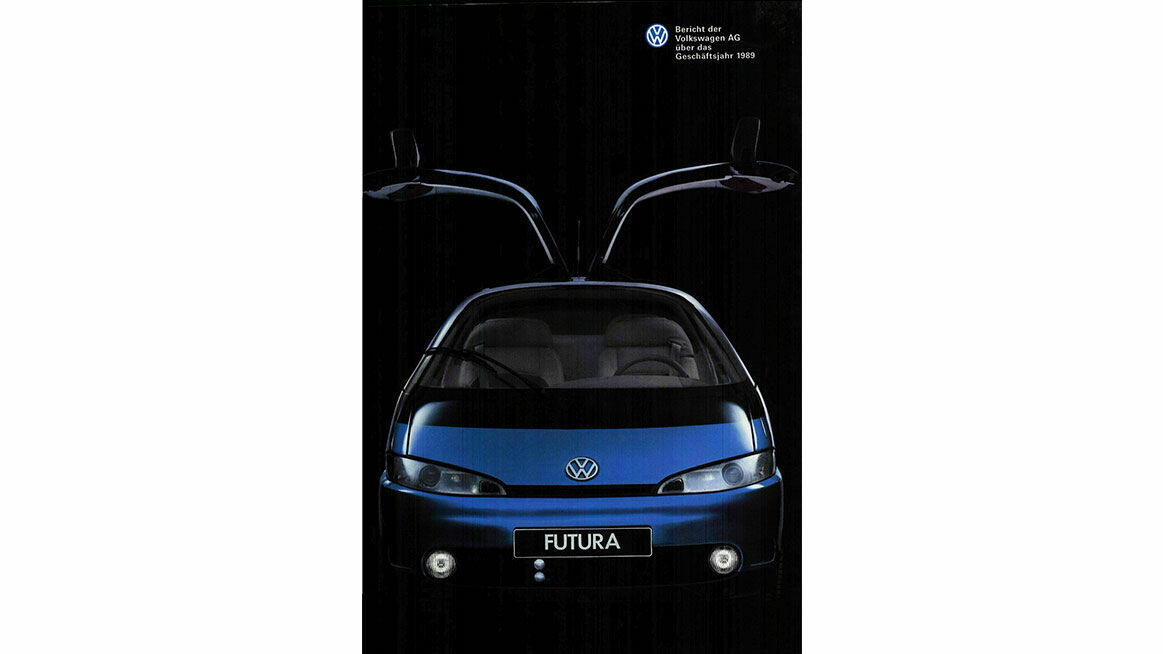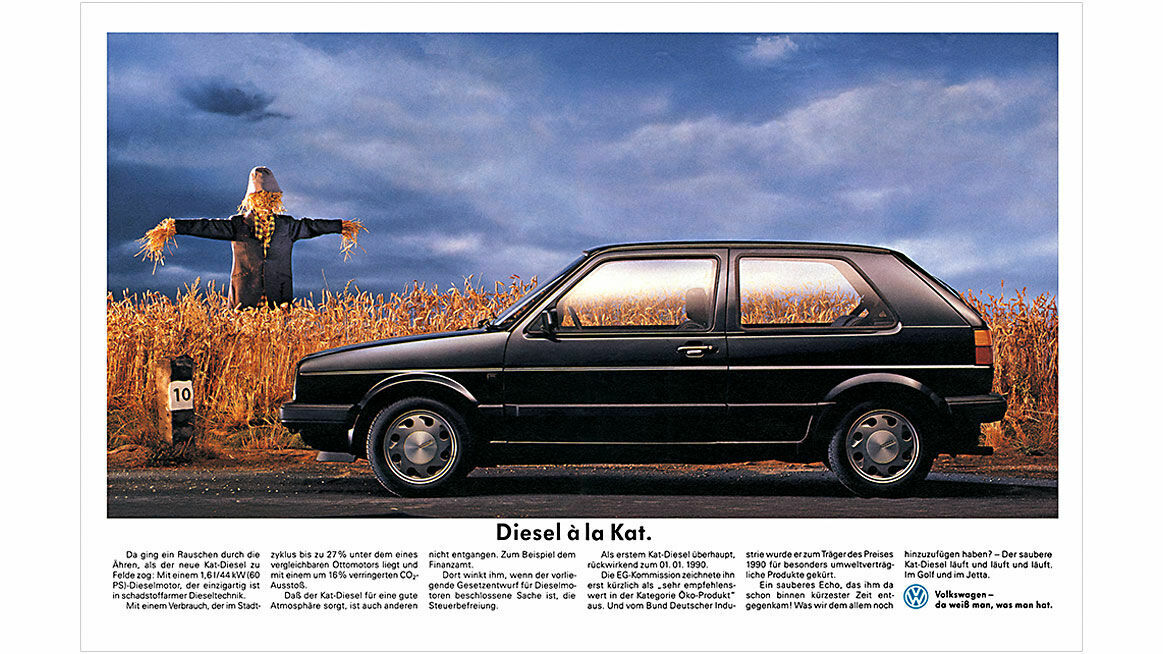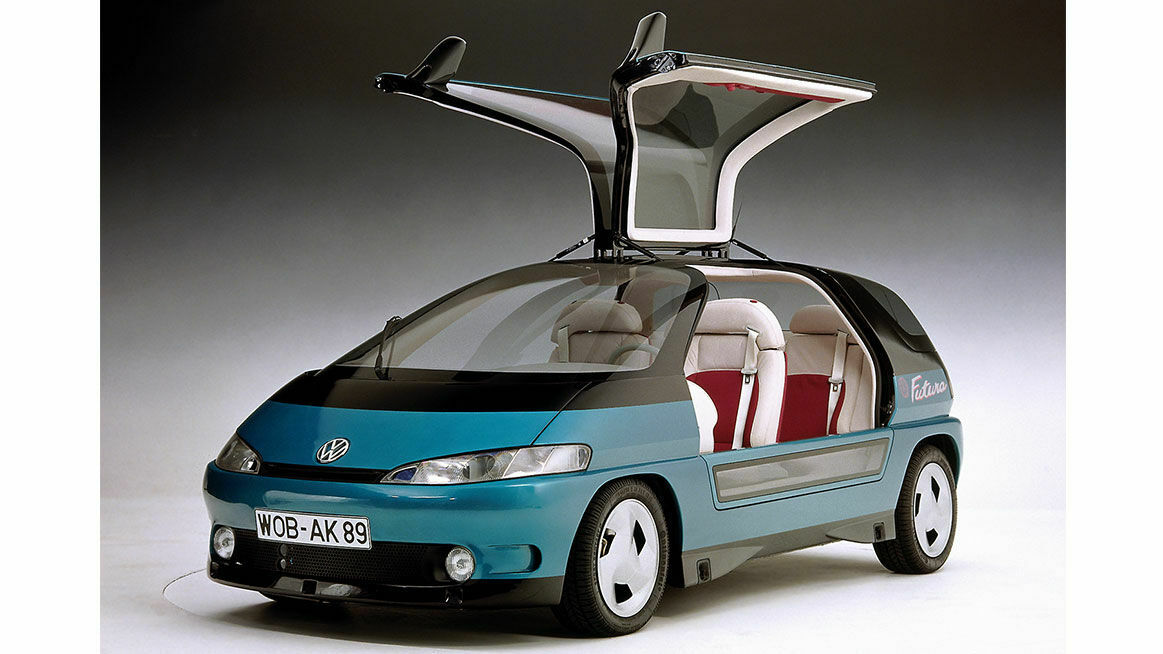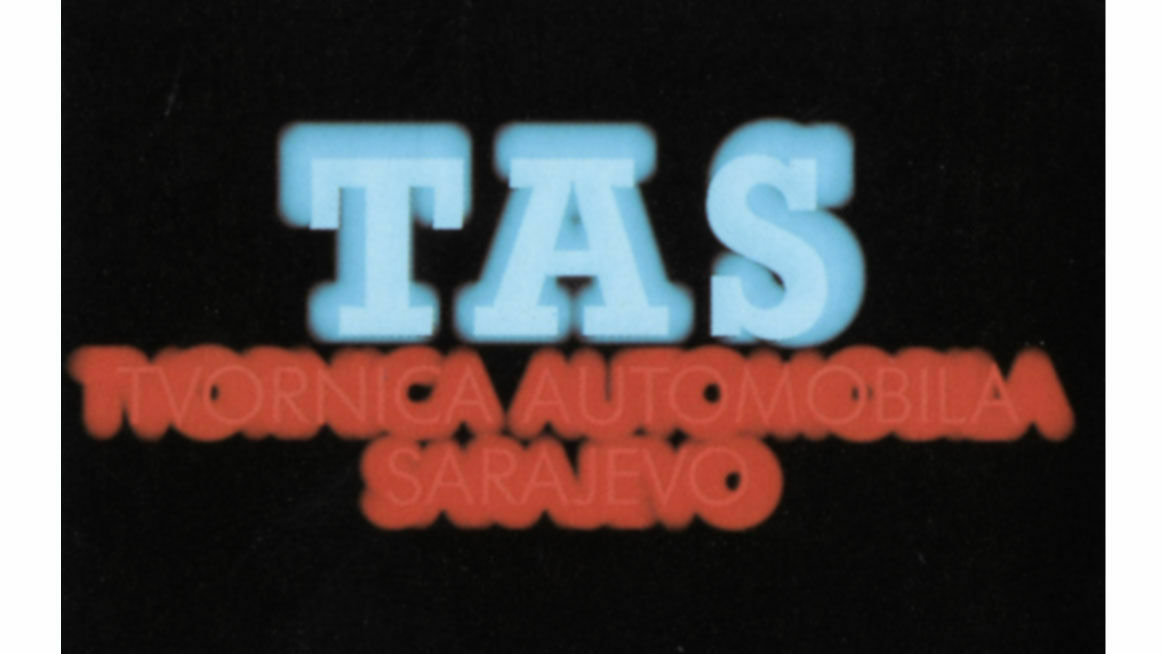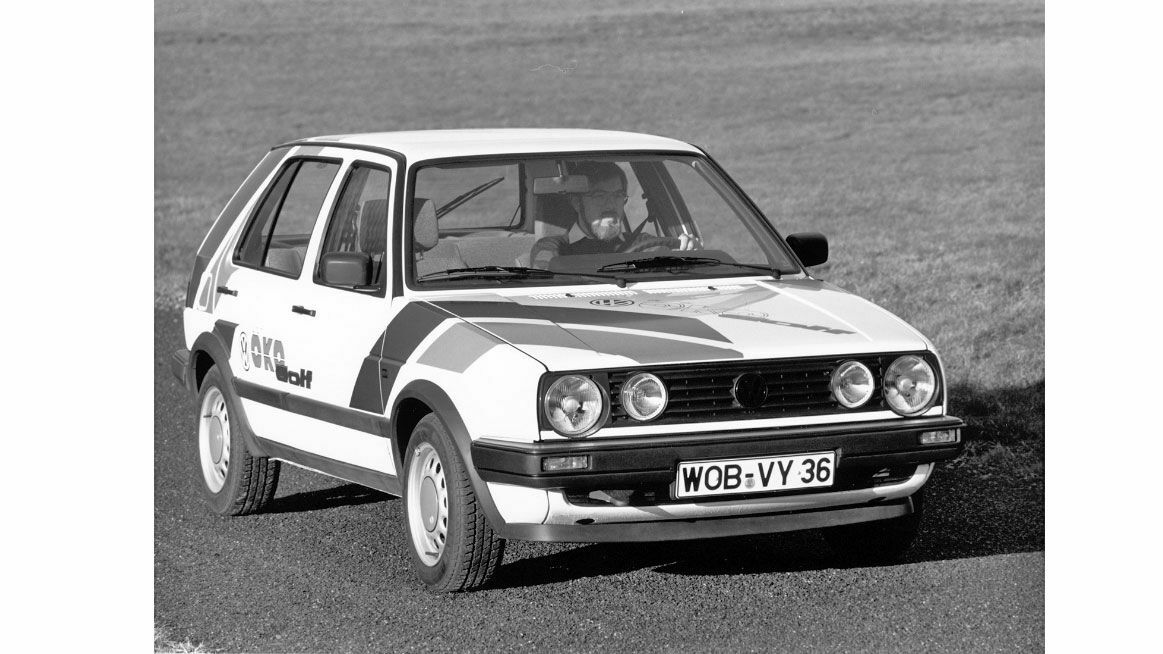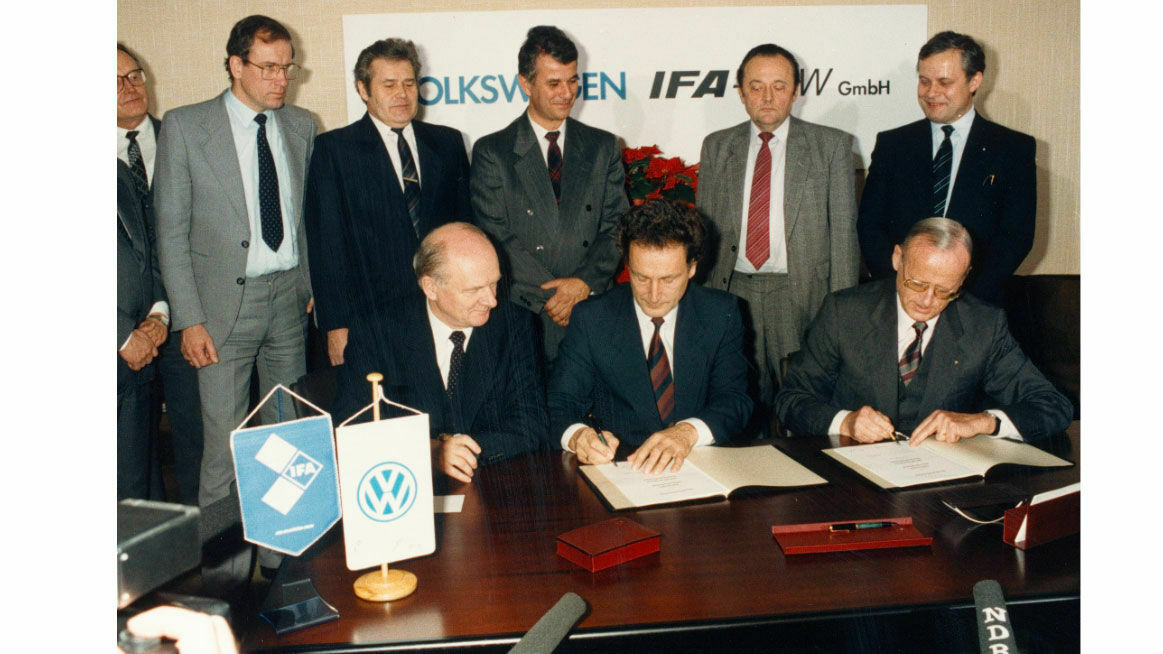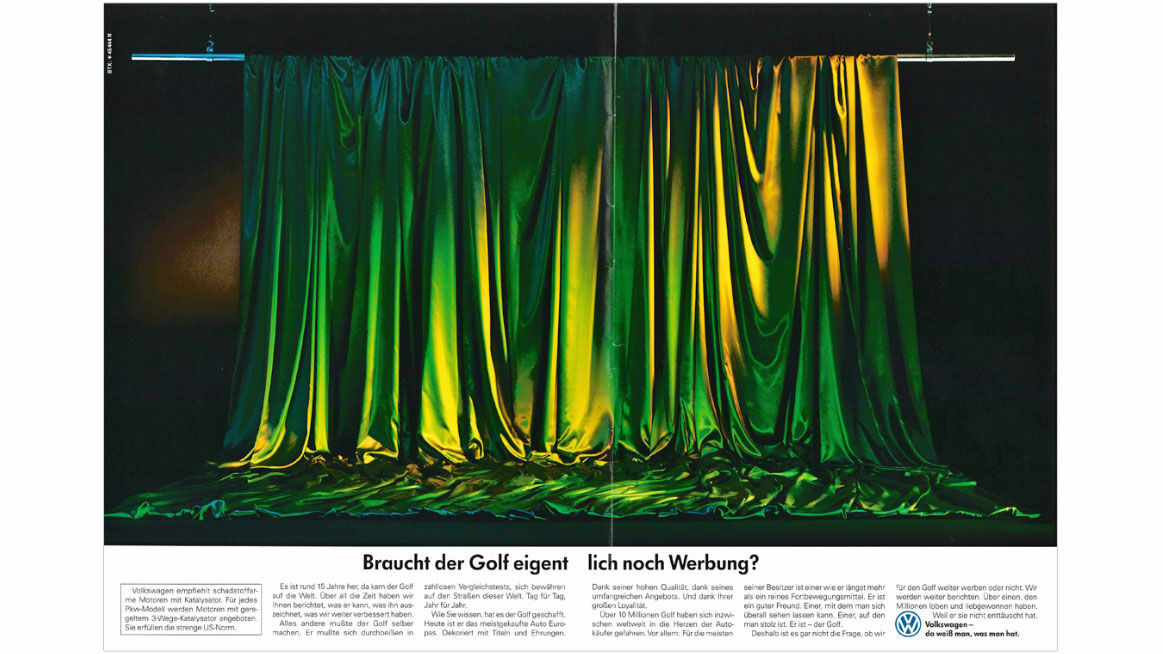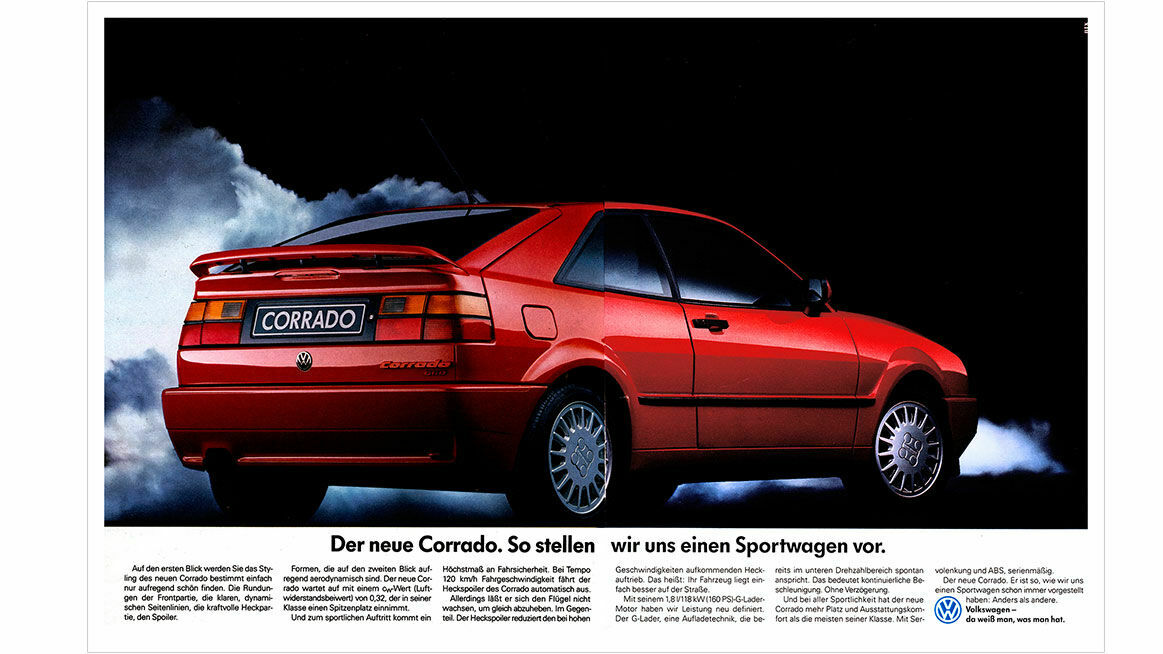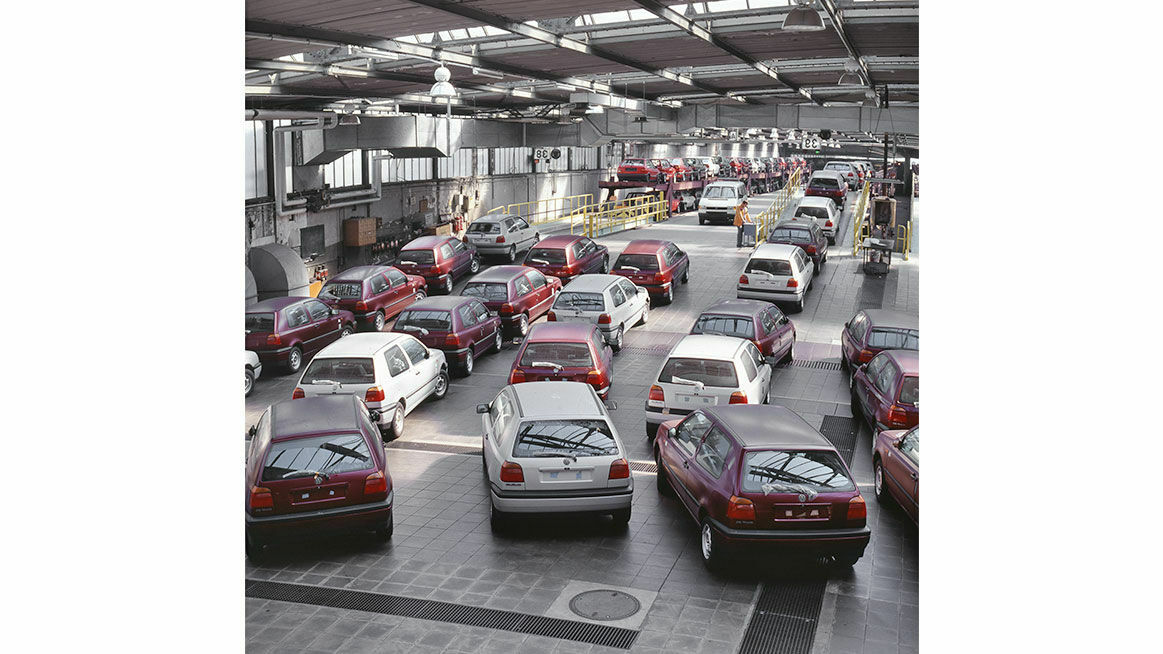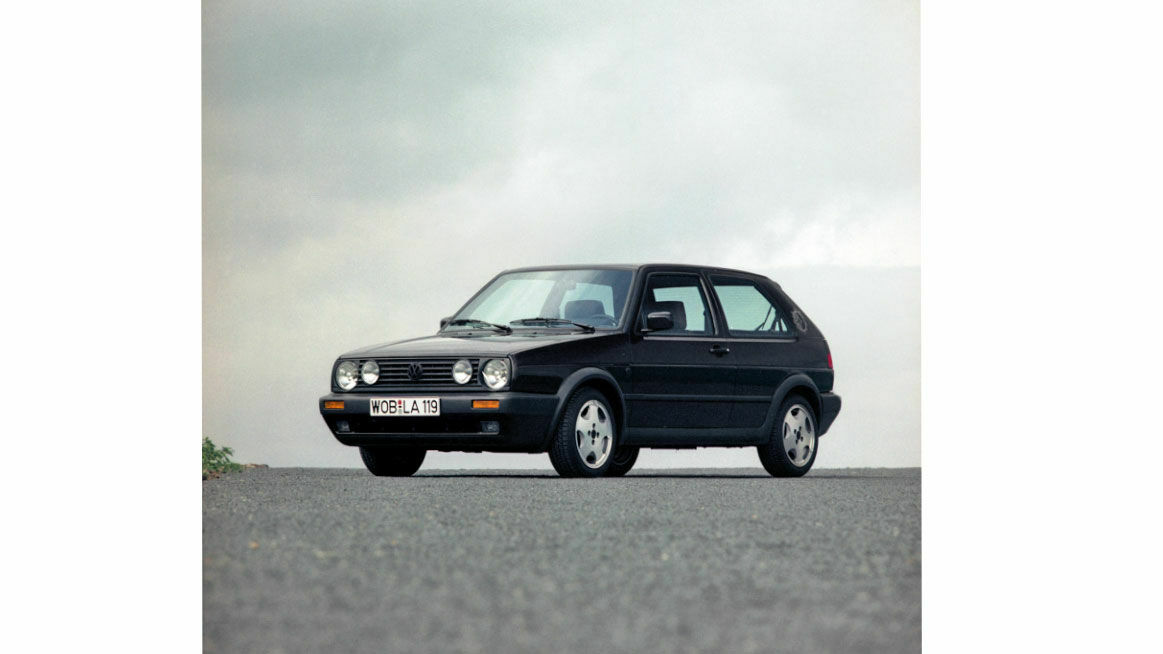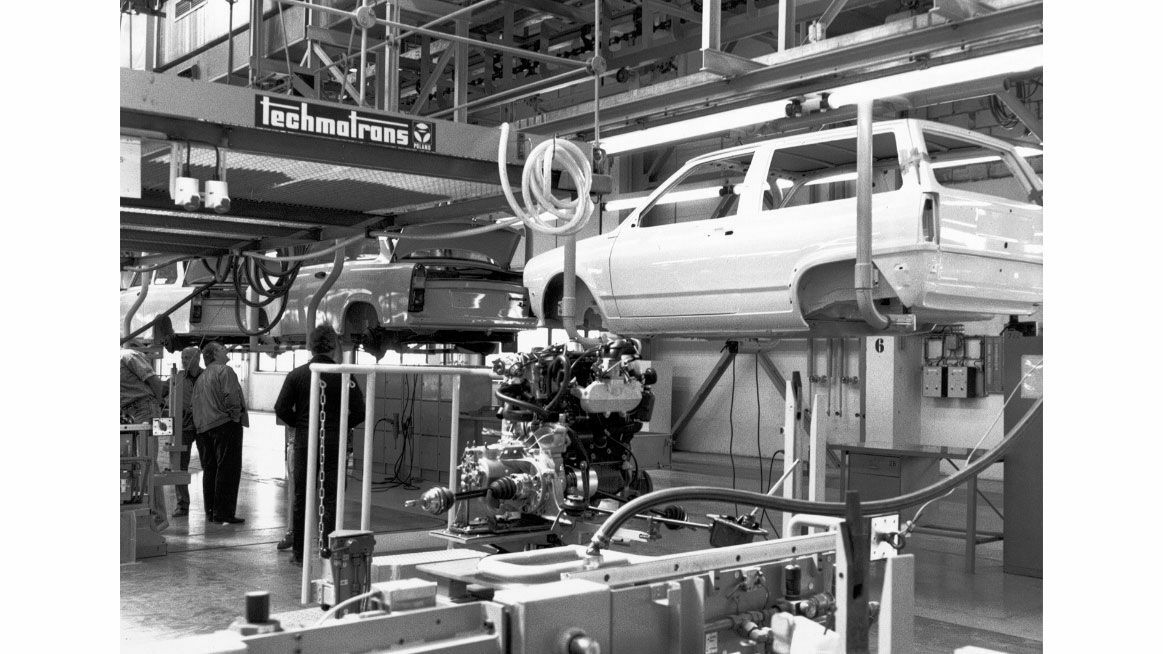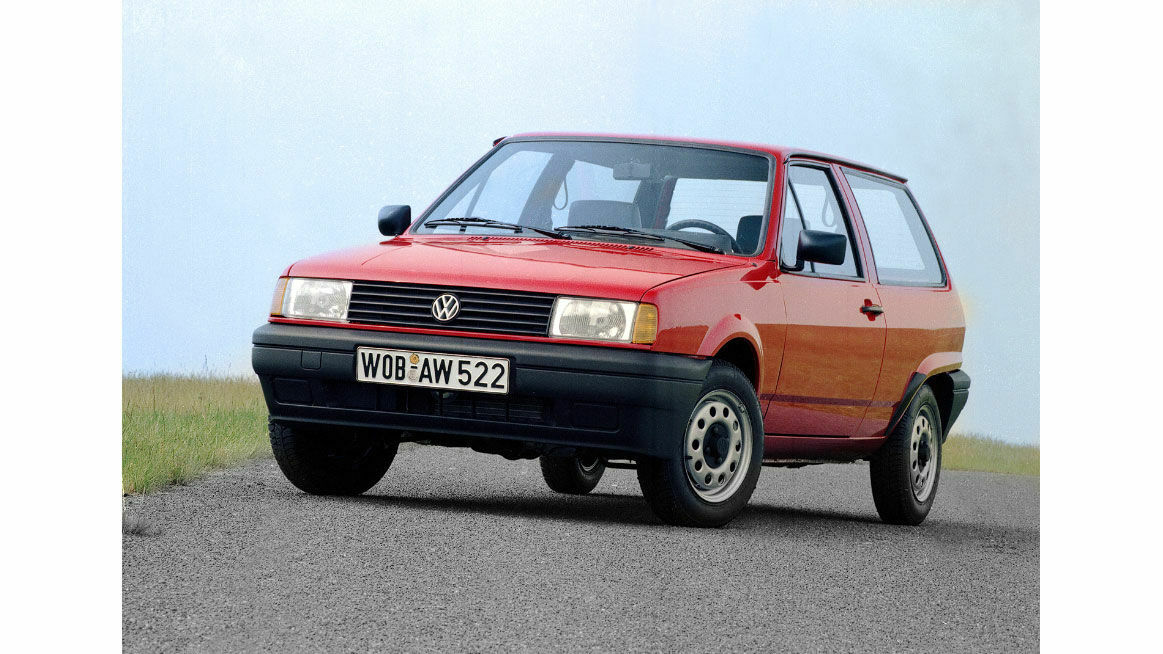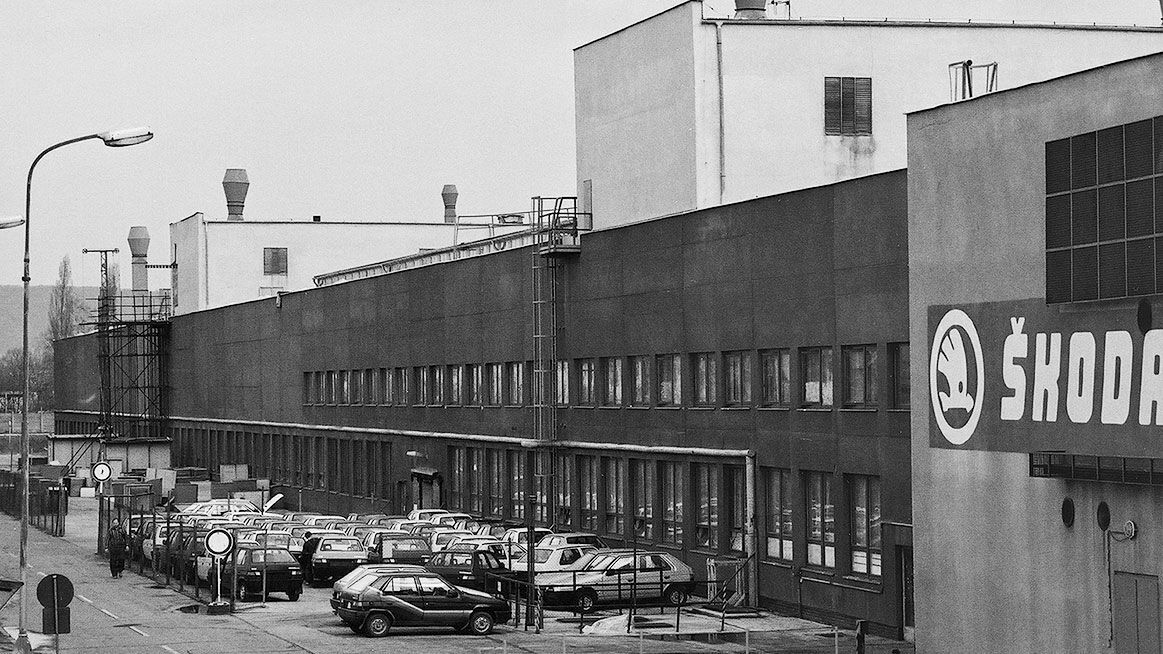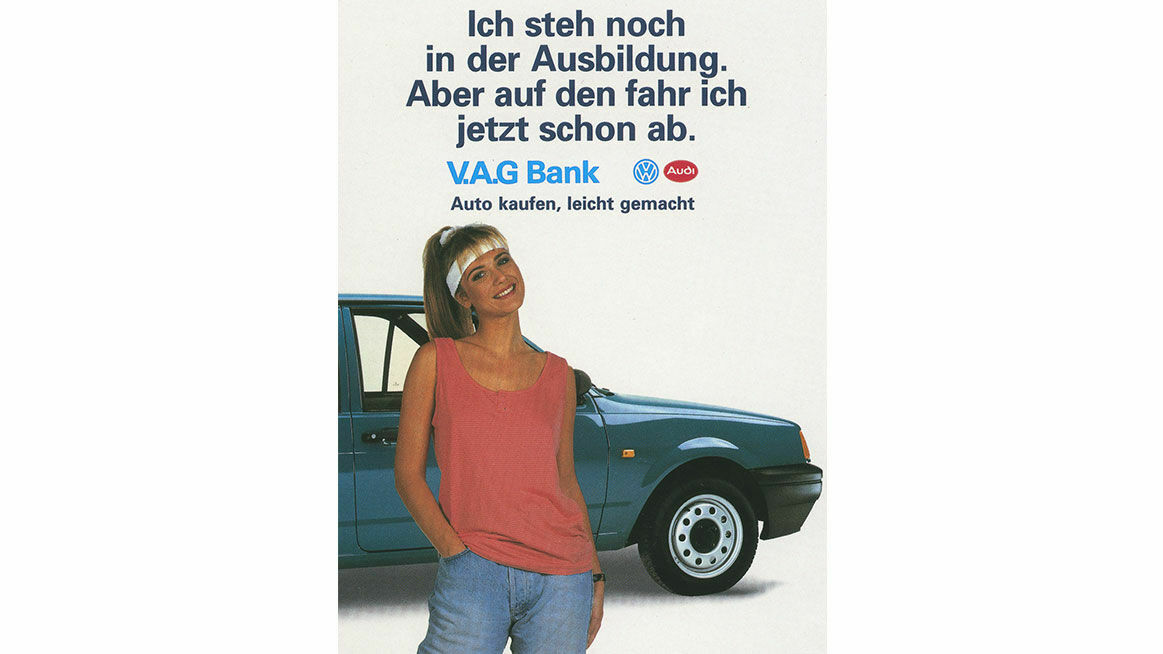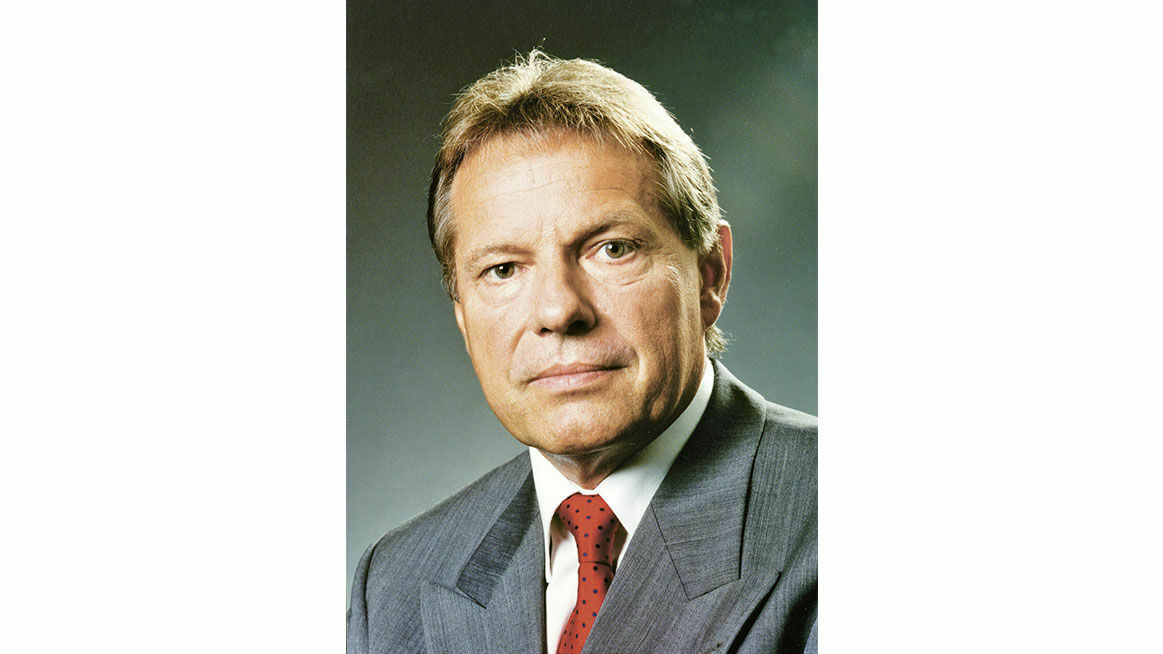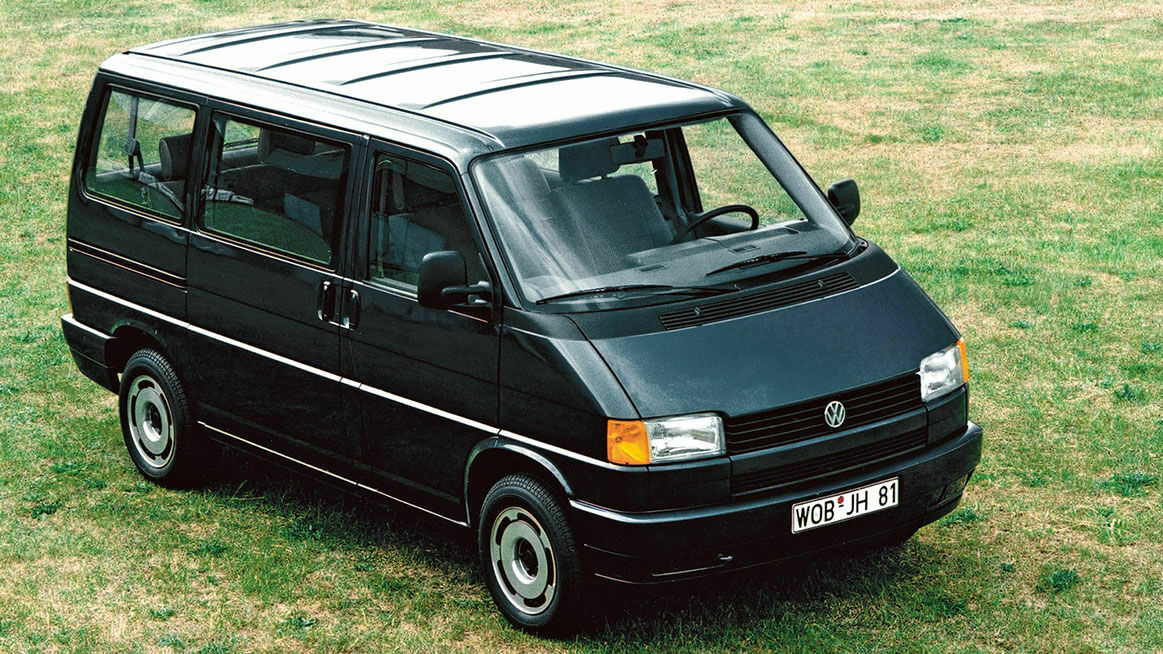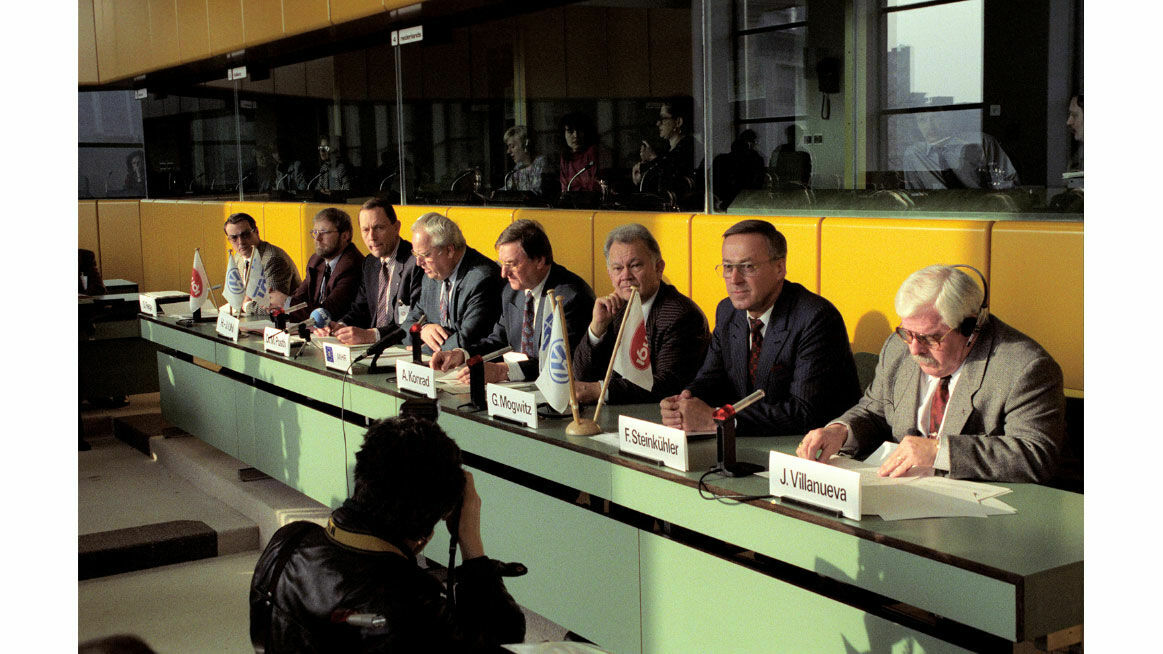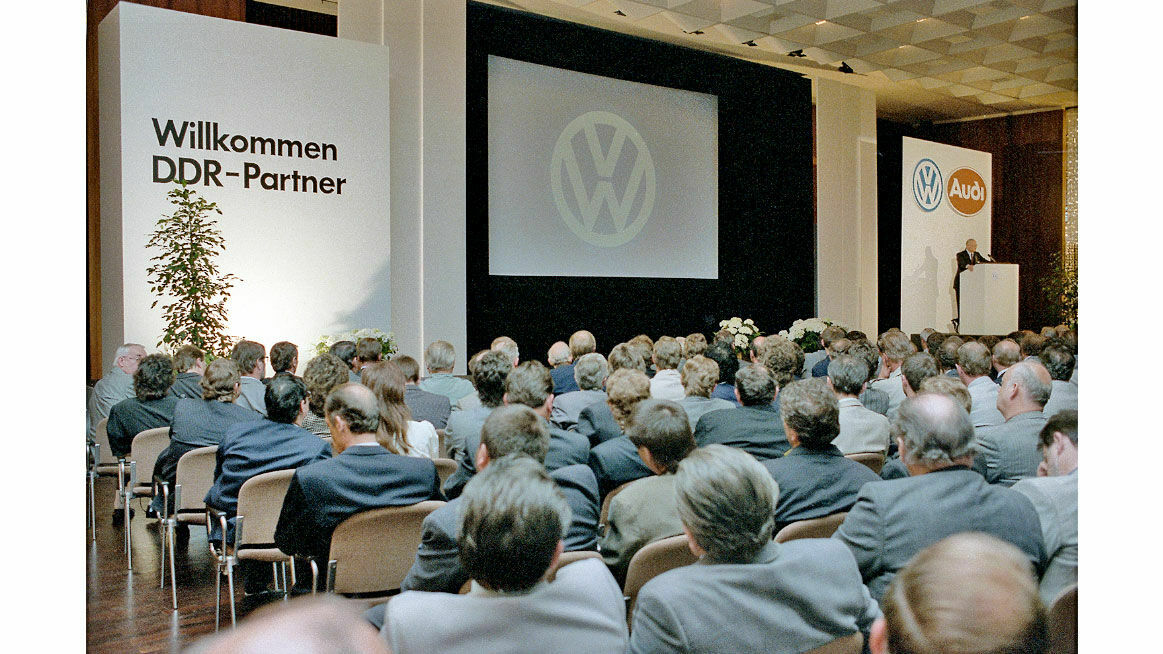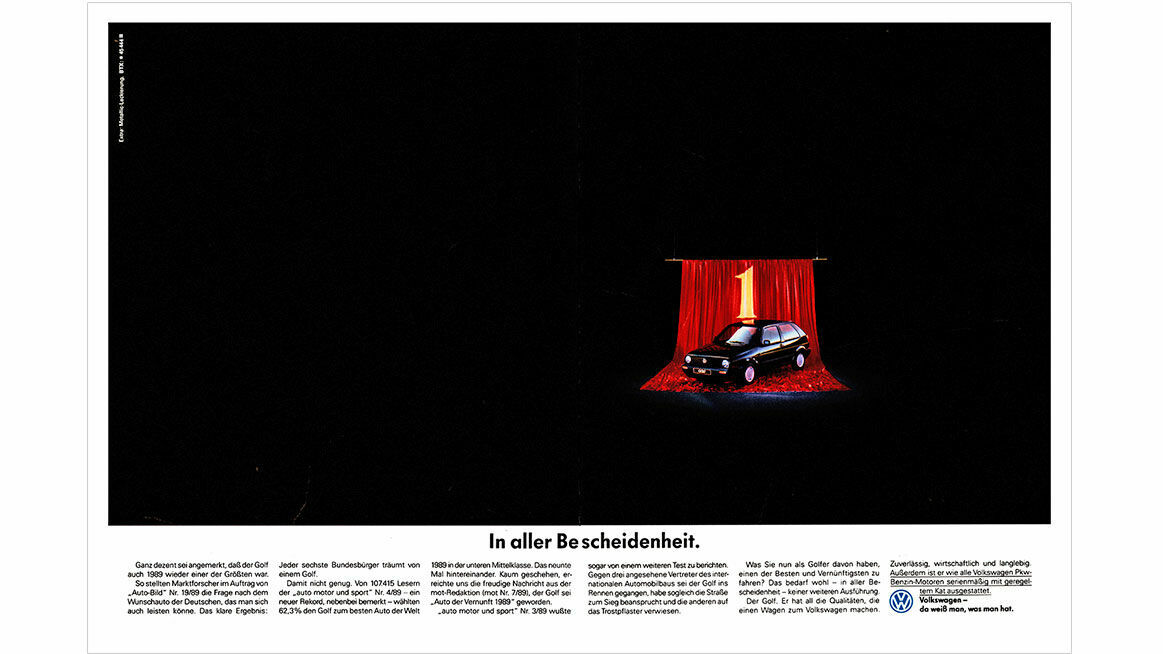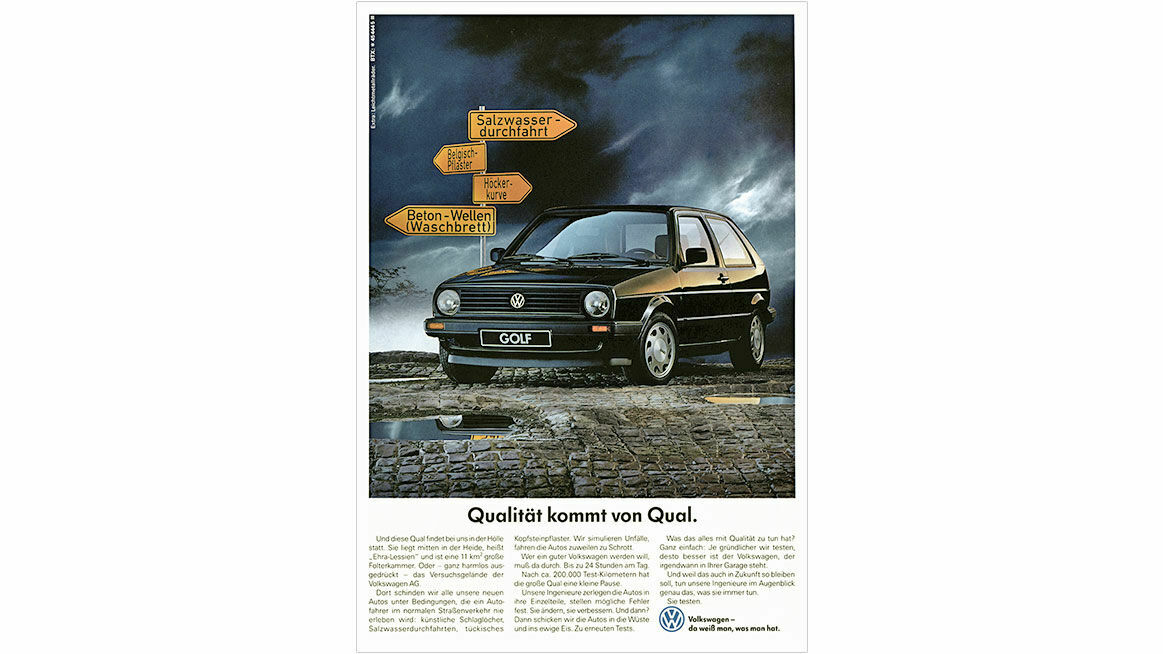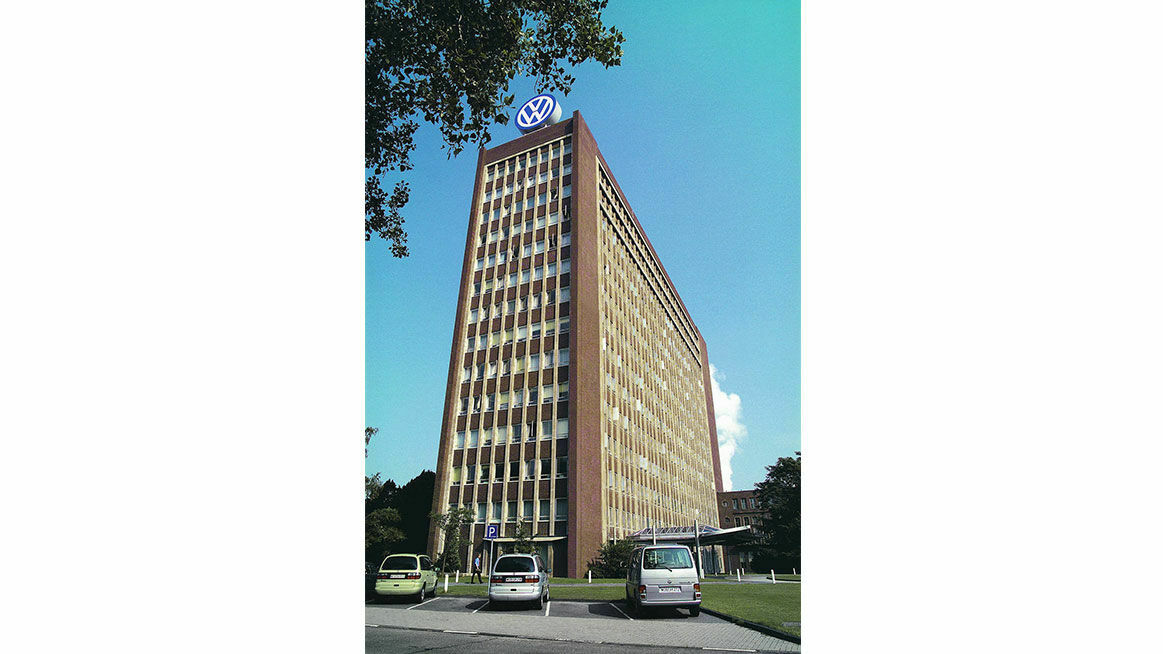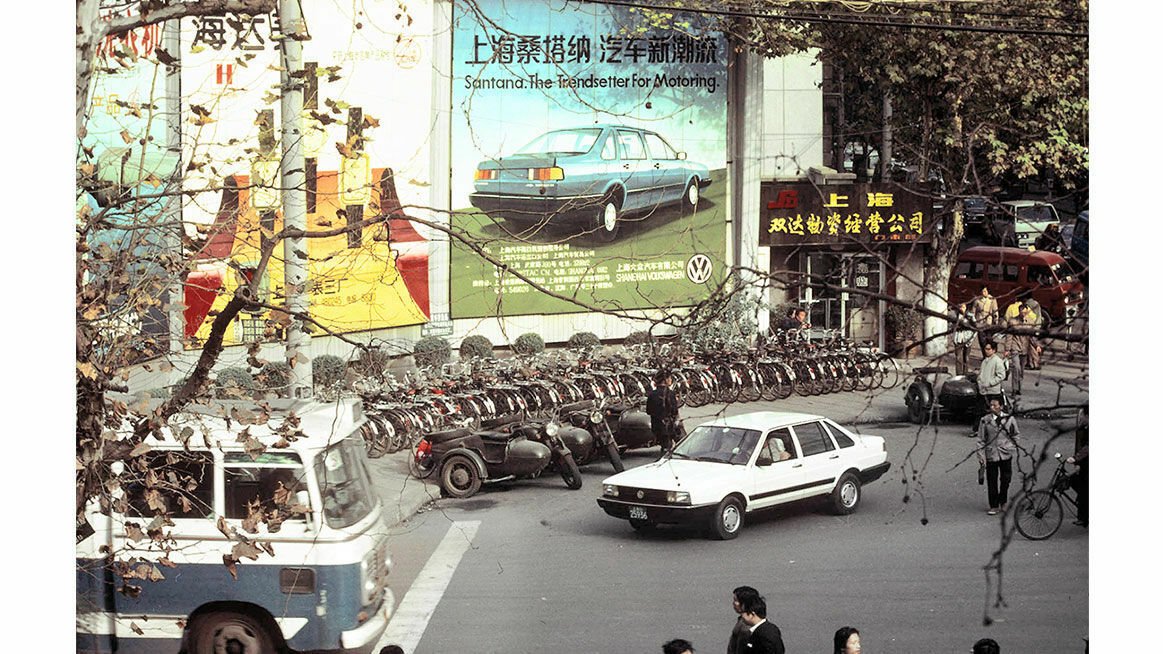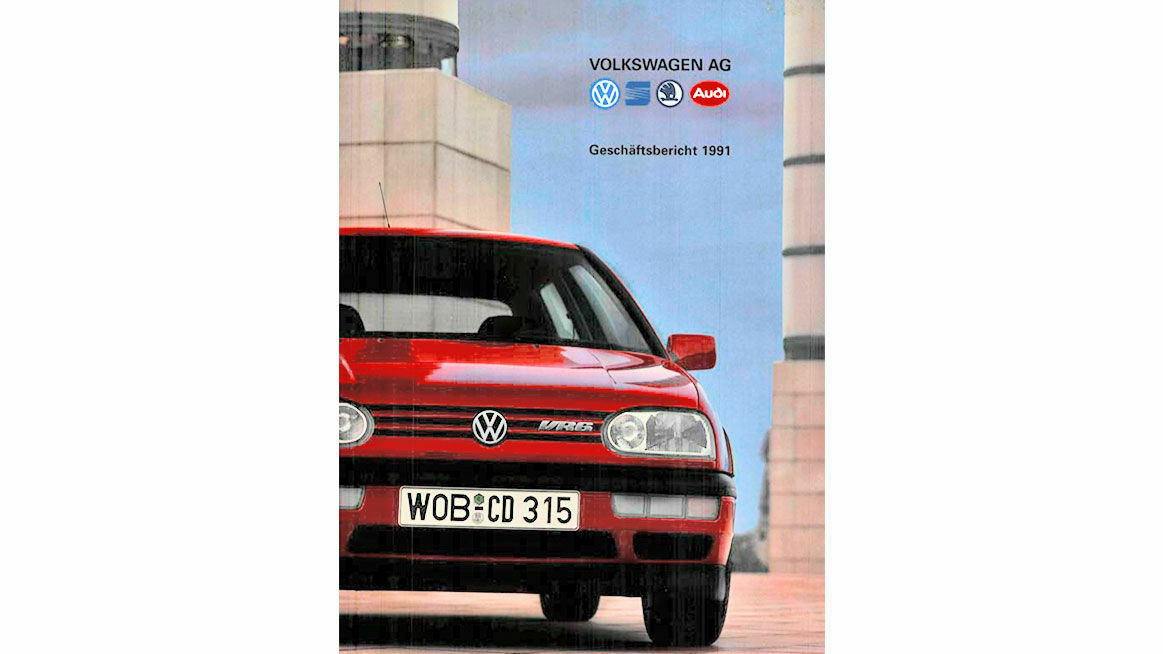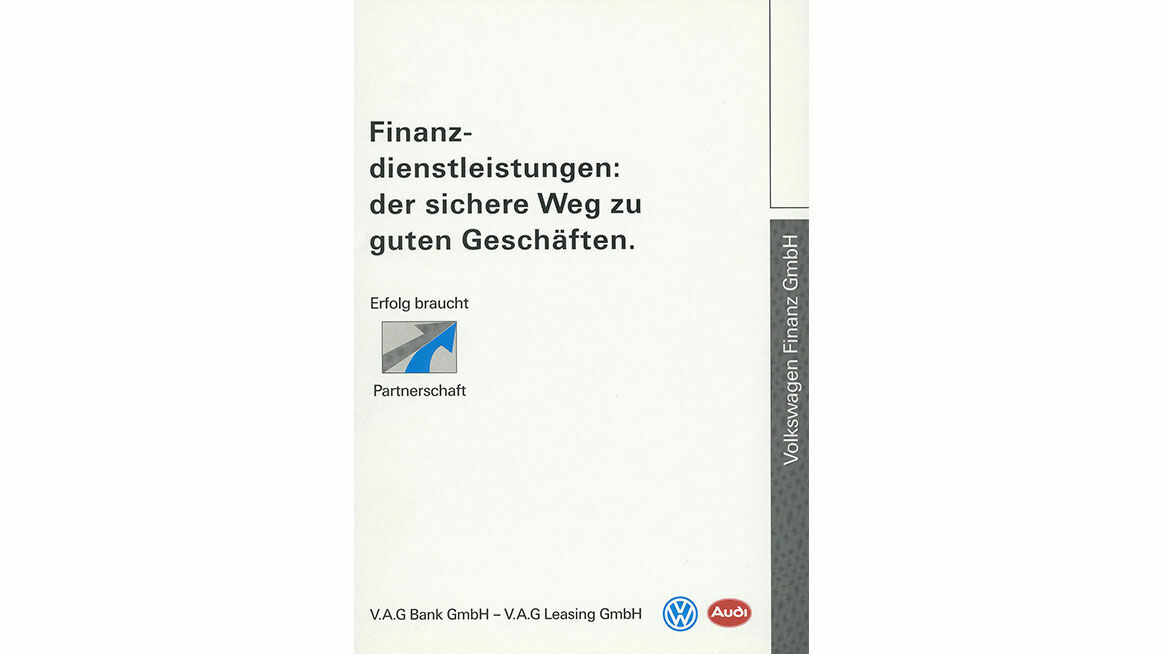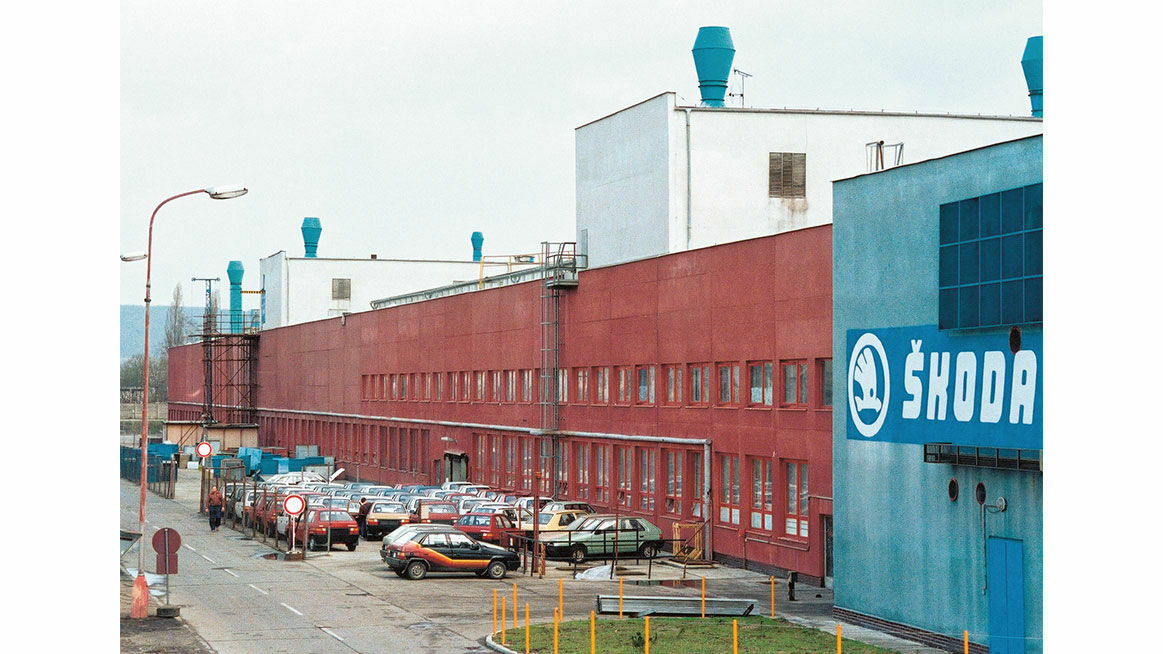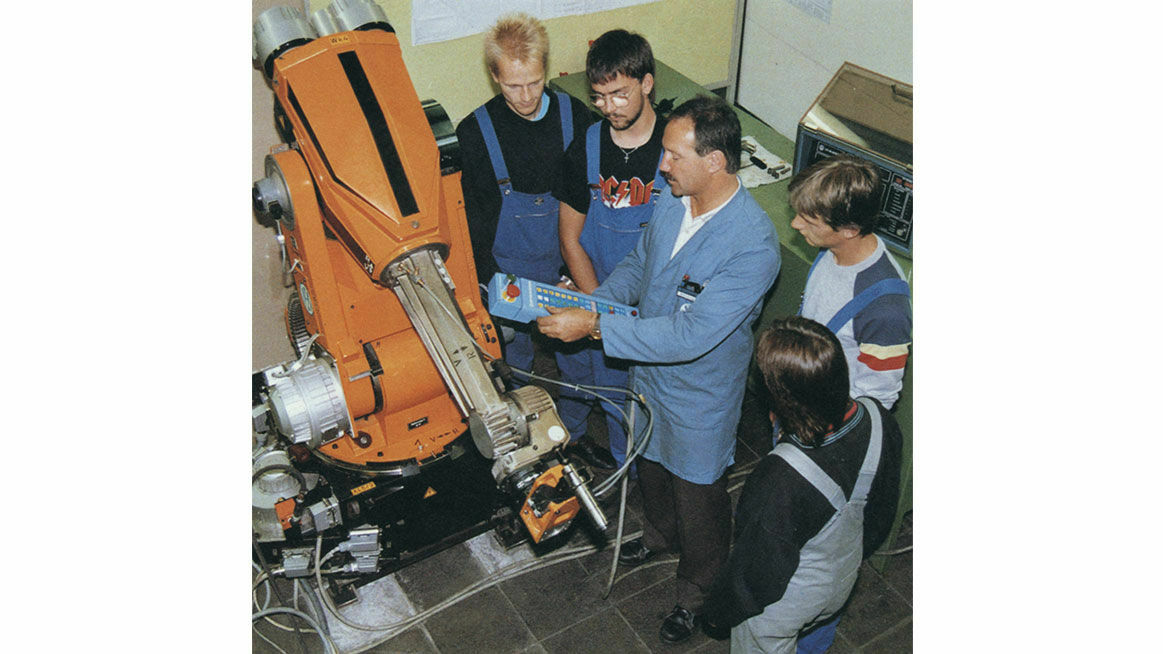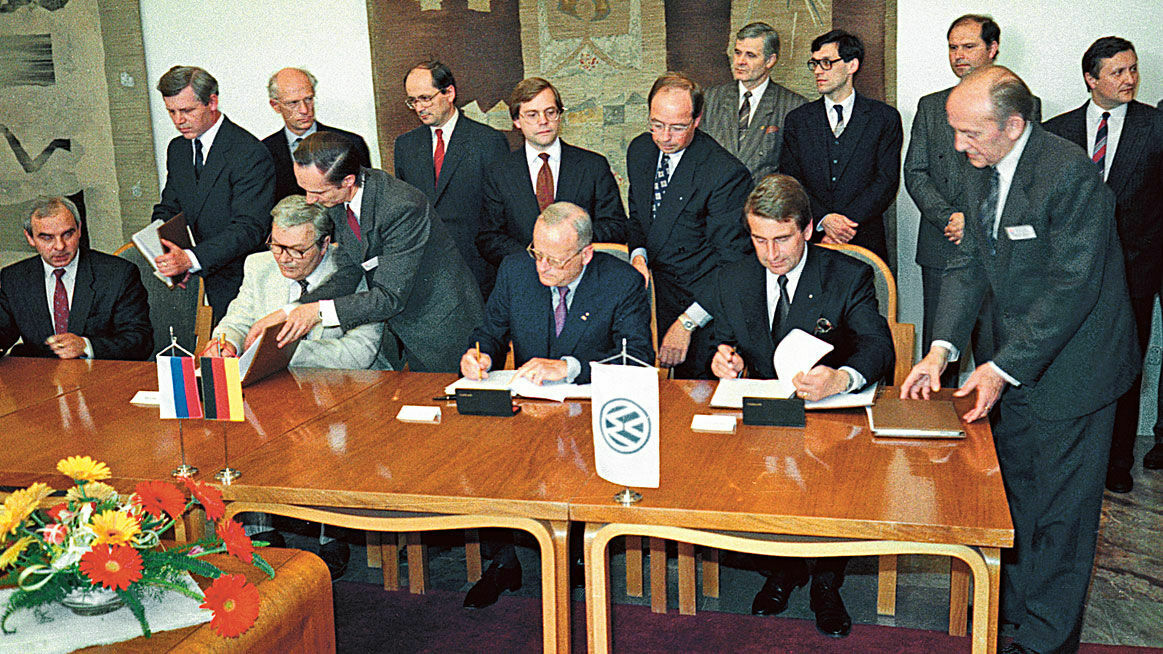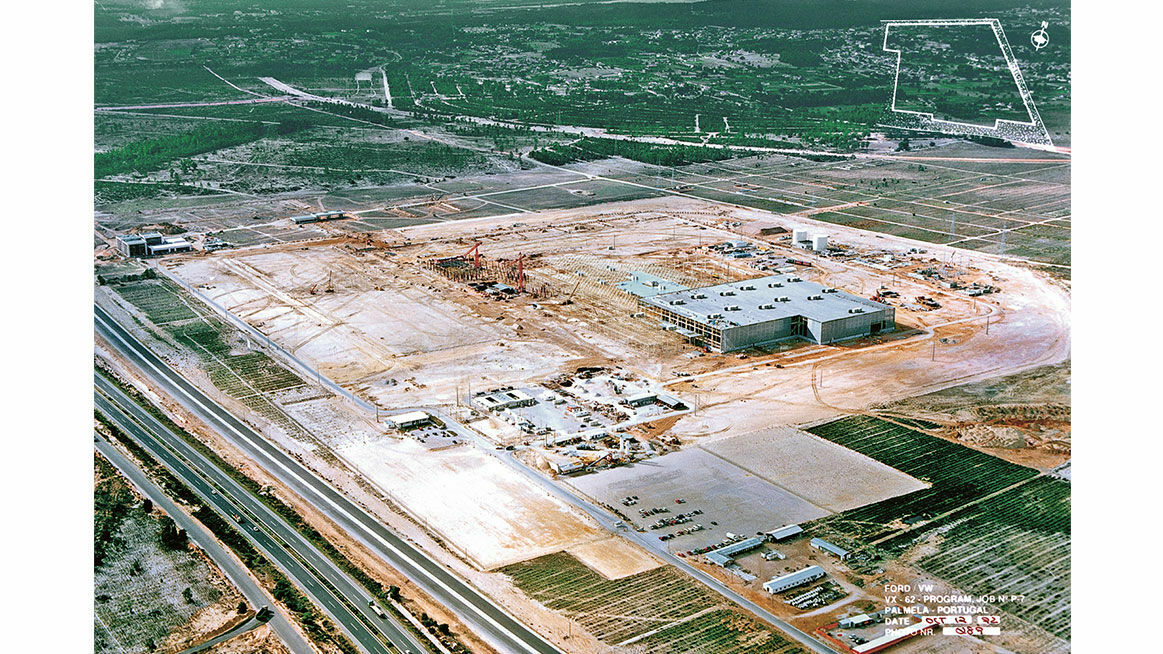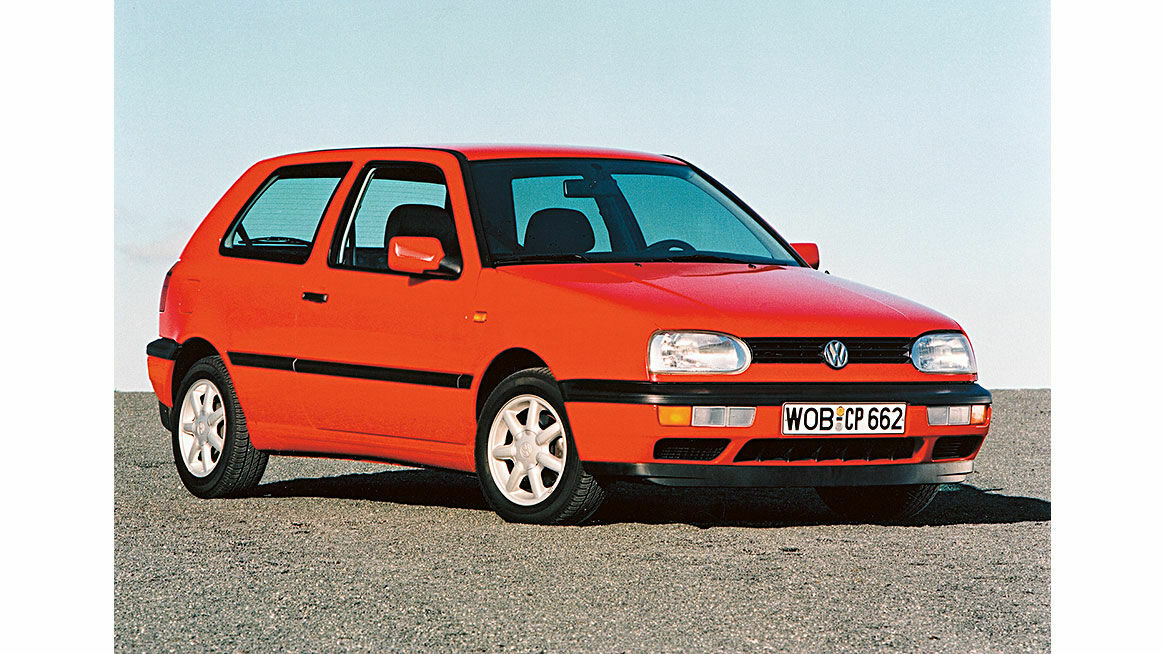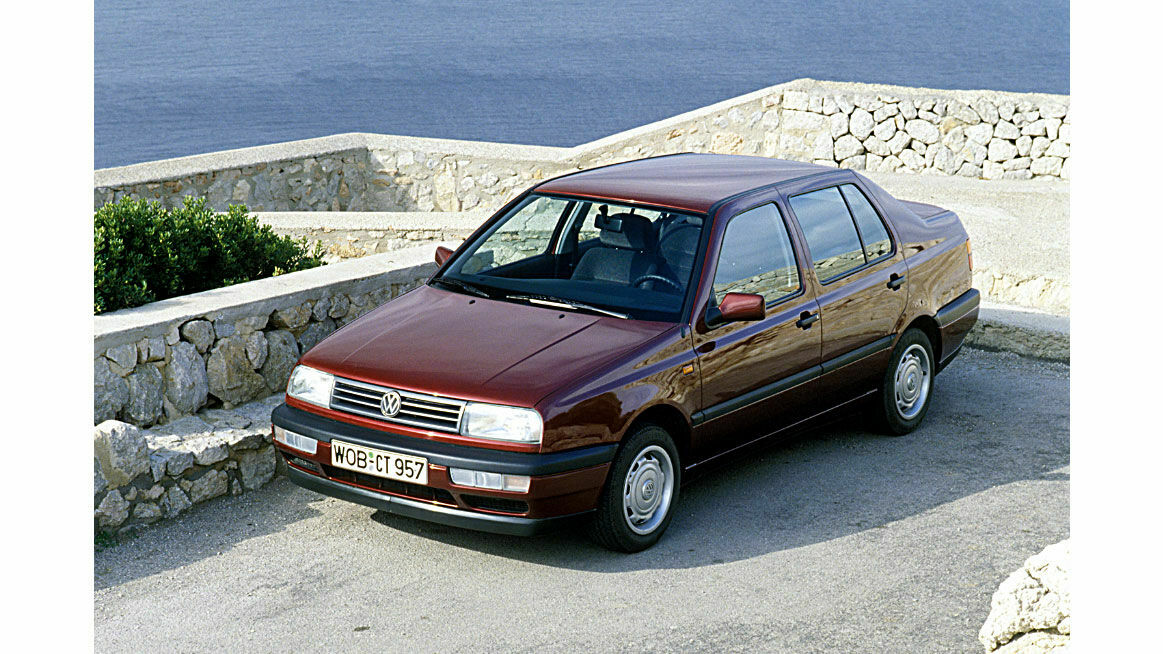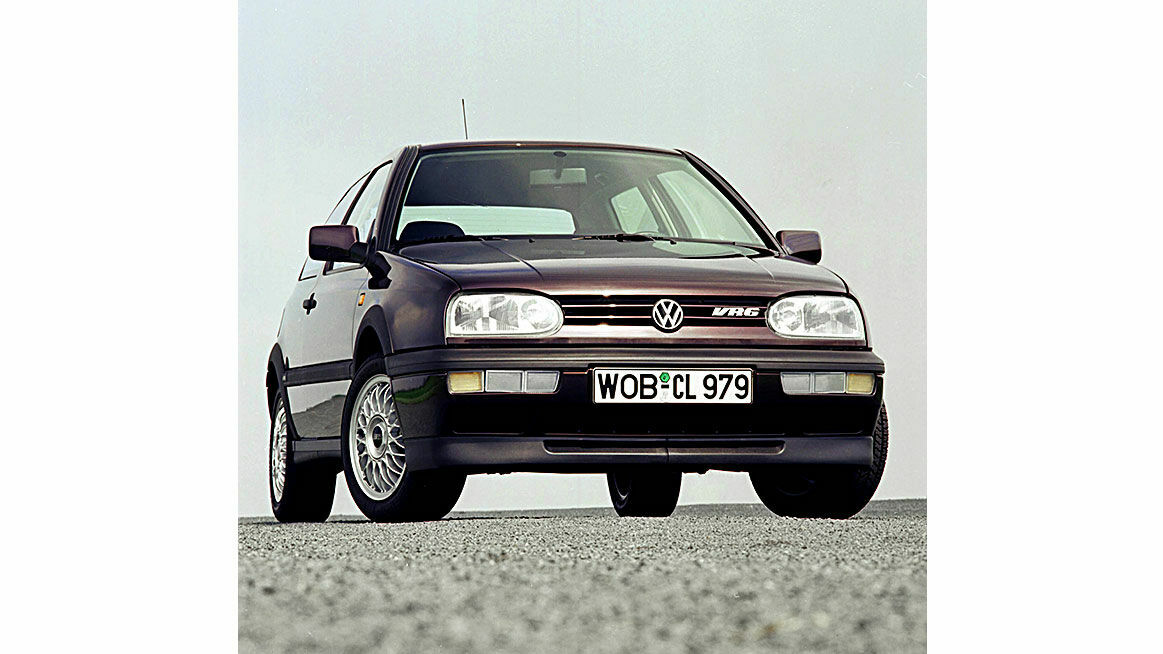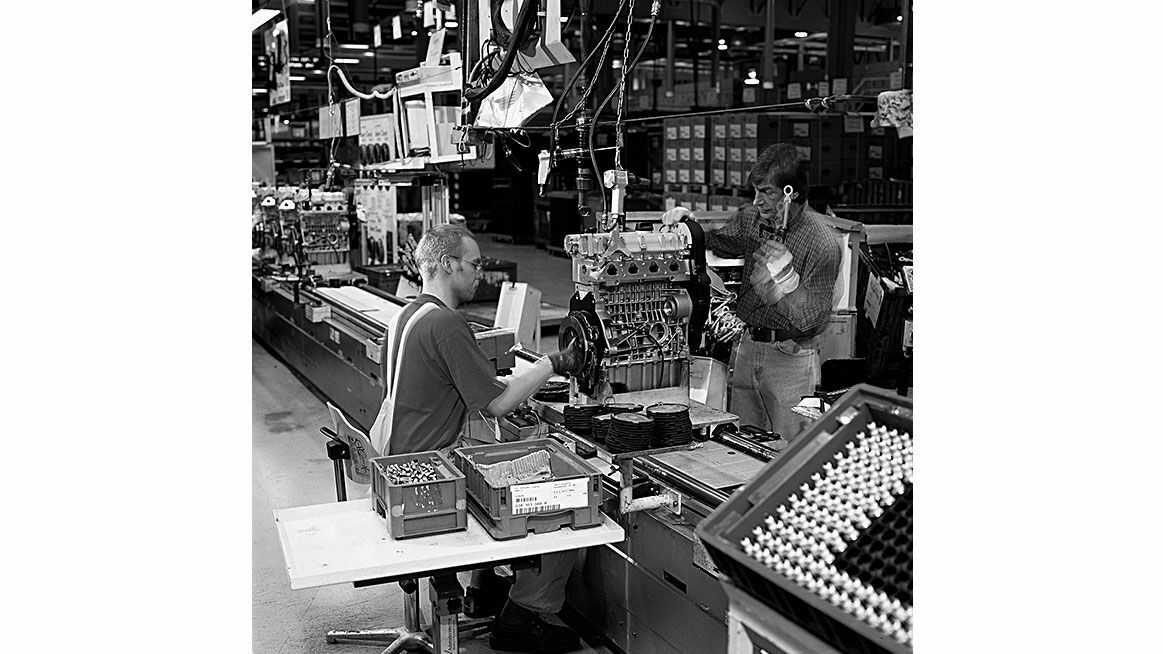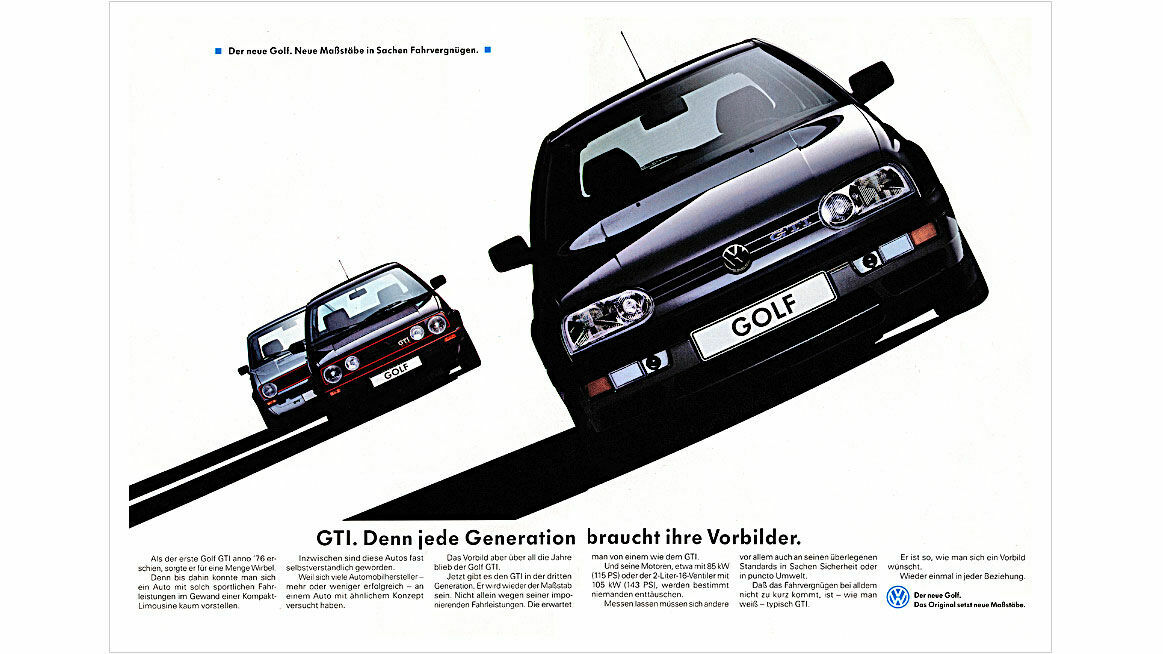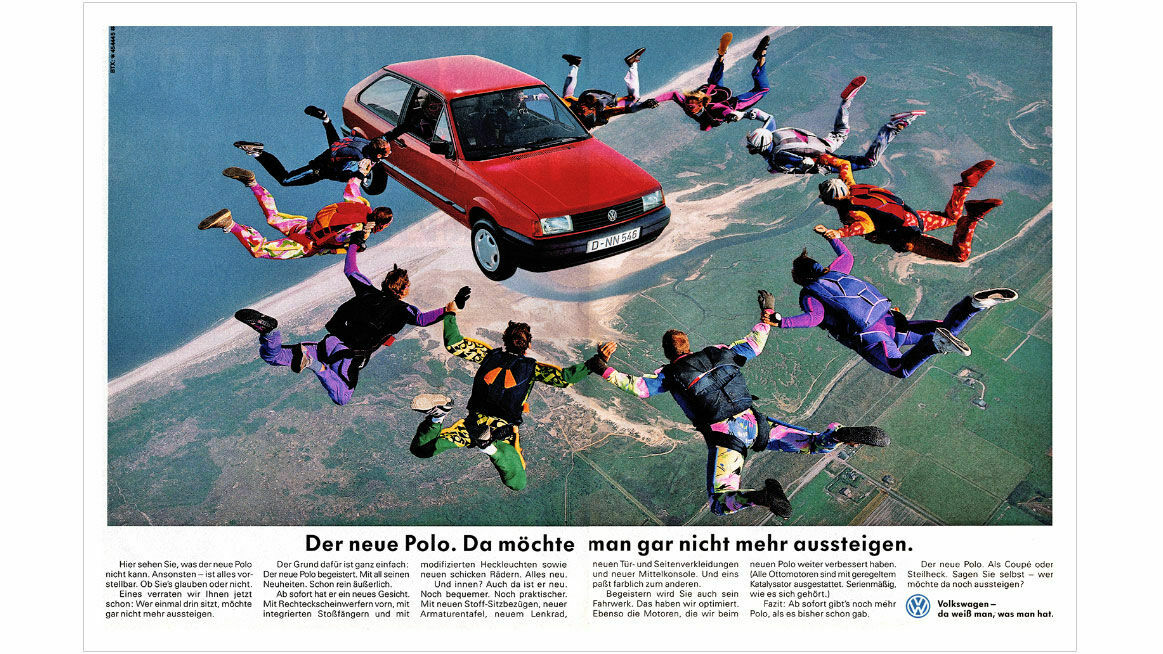January 1
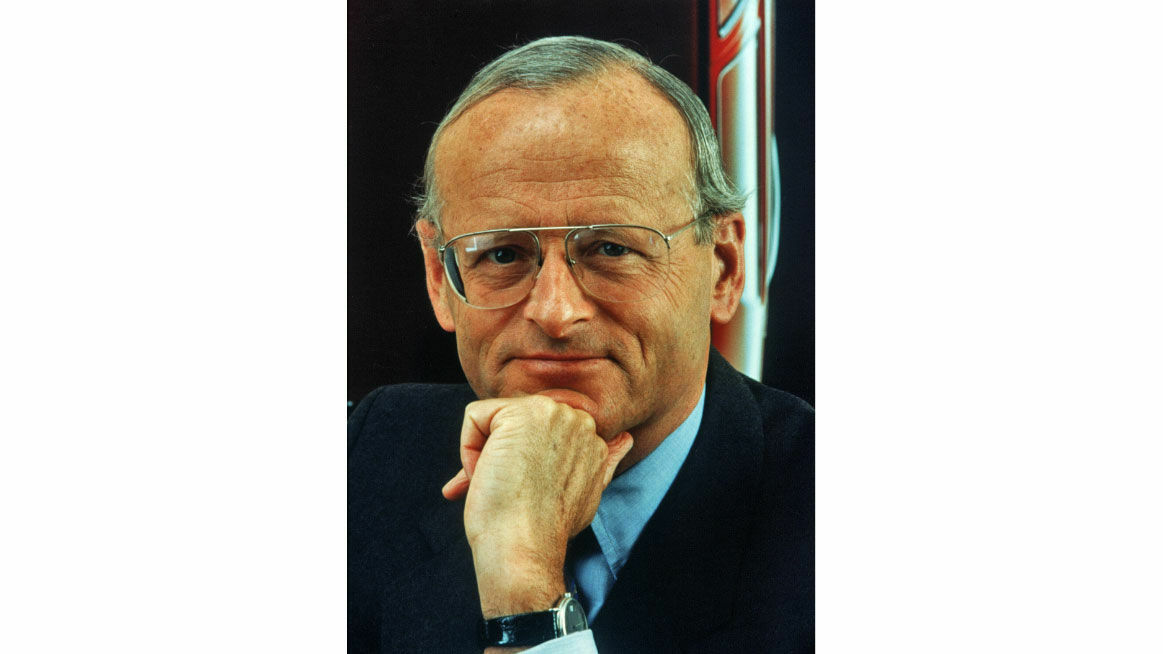
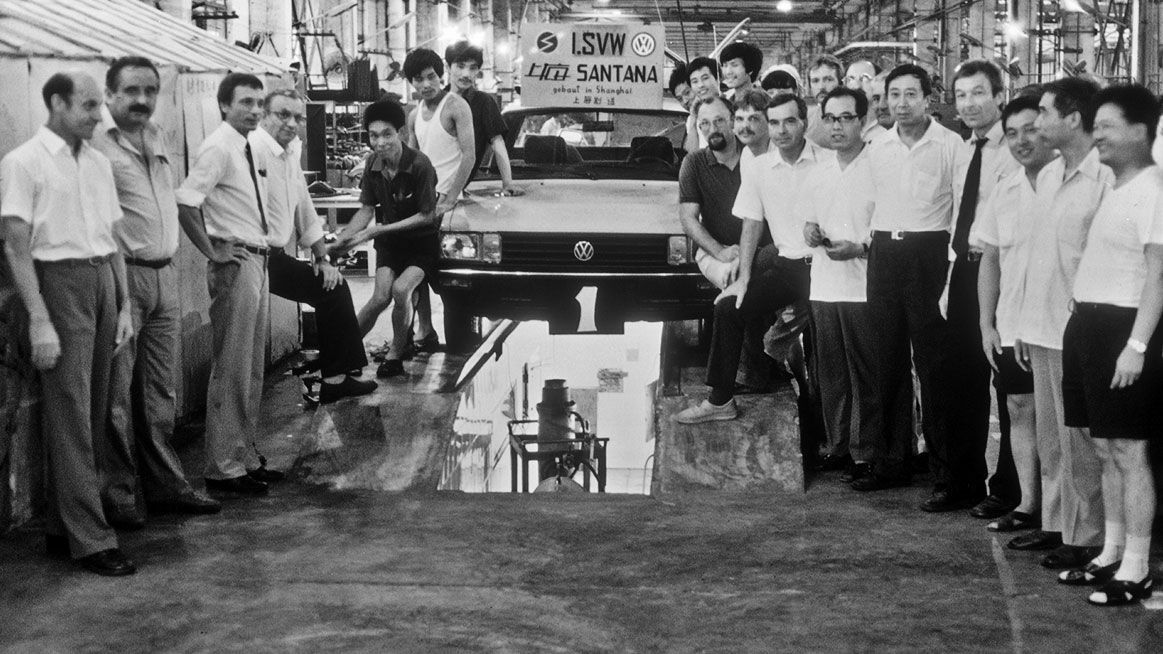
As the world automotive industry underwent structural change, the Volkswagen Group evolved into a multi-brand alliance with a global production network. Based primarily on a high-volume policy, Volkswagen vigorously exploited opportunities for expansion on European and Asian markets to counter the negative trends in the automotive industry during the 1980s. Increased pressure from the competition in Europe and North America, higher energy prices, instability on international currency markets as well as environmental concerns demanded new product design and manufacturing concepts. Volkswagen met those challenges by an innovative and expansive approach based on advancements in automotive engineering and flexible production. The strategy also entailed utilising opportunities for international co-operation and cutting costs through by strengthening the Group’s global production network.
Volkswagen engaged in ground-breaking co-operative ventures in the Asian-Pacific region, which was becoming an increasing focus as a high-volume export market thanks to its dynamic economic growth and low production cost base. The licensing agreement by which Nissan began assembling and marketing the Santana through its dealership organisation in early 1984 strengthened Volkswagen’s presence on the Japanese market. The Volkswagen Group also intensified its analysis of the flexible and productive systems set up by Japanese manufacturers. Although the Volkswagen Group rose to become the leading foreign car importer in Japan, the country’s protectionist policies blocked any major expansion of the export business. It was only the opening of the Japanese market in the late 1980s that created the preconditions for a volume-based export strategy. Volkswagen Audi Nippon K.K., which emerged in mid-1989 out of the consulting firm Volkswagen Asia Ltd., subsequently began establishing an independent sales organisation.
At the core of the company’s Asian involvement was the People’s Republic of China. Its reform policies and industrial development opened the way to a market of great future potential. Conversely, the Chinese leadership trusted in Volkswagen because of its pioneering development of the automotive industry in Brazil and Mexico. In 1978, the two parties began negotiations on the construction of a car plant. However, the proposed large-scale project was abandoned because it did not fit with the conditions prevailing in Chinese industry and was beyond the limited financial possibilities of the Volkswagen Group. The idea was dropped in favour of gradual expansion of production. The assembly contract signed in 1982 with the Shanghai Tractor & Automobile Corporation was the precursor to a successful German-Chinese undertaking which began on April 11, 1983 when the first Santana built in China rolled off the production line and was further enhanced in 1985 with the founding of the joint venture Volkswagen Shanghai Automotive Company, Ltd. As capacity increased, the joint venture became China’s largest passenger car producer and made Volkswagen the market leader in the People’s Republic. The establishment of a second joint venture in February 1991 assured that position for the long term. Like the Volkswagen plant in Shanghai, FAW-Volkswagen Automotive Company, Ltd. in Changchun manufactured for the Chinese market as well as for other members of the Volkswagen Group.
In parallel with its entry onto the Chinese market, the Volkswagen Group was building a leading position in Europe, which in 1982 saw an upturn in the export business. Despite the general weakness in the automotive industry, the Group’s total sales of almost 619,000 vehicles were up against the previous year. Key markets were France, Italy and the UK, where more than 100,000 vehicles respectively were sold. In Spain, however, where the country’s impending membership of the European Community meant that substantial growth in car imports was to be expected, Volkswagen was barely represented. After import limitations on passenger cars were lifted, Volkswagen had formed its own sales company in May 1981 as a first step in gaining access to the Iberian market. A further step entailed the signing of a co-operation agreement with state-owned car-maker Seat. Volkswagen quickly filled the gap left by Fiat’s withdrawal from involvement in the Spanish company. With the licence agreement for production of the Polo, Passat and Santana, the Volkswagen Board intended to make Volkswagen the number one in Europe. Only after Polo production was transferred to Spain could capacity in Wolfsburg be made available for the expansion of Golf production. The co-operation with Seat was bearing its first fruits by 1984, with sales of Volkswagen and Audi models in Spain climbing from 2,379 in 1982 to 28,667 units. The company was also able to strengthen its market positions in Switzerland, the Netherlands, Belgium and Scandinavia. With sales of almost 760,000 vehicles, representing an increase of 24 percent, the Volkswagen Group reached the number one position in Europe for the first time in 1985. This provided the impetus for a takeover of Seat in June 1986. Just like Auto Union over 20 years earlier, Seat joined the Volkswagen Group as an independent brand. Seat’s separation from Fiat had left its mark, however, as it forced the Spanish company to undertake the difficult task of developing its own range of competitive products. Substantial investments in production rationalisation and vehicle development were necessary before the Spanish Volkswagen subsidiary returned a profit in 1988.
While Volkswagen AG was conquering new markets in Europe and Asia during the 1980s, business in America was in crisis. Stronger competition from Japanese manufacturers, who had increased their exports to the USA as well as expanding their production capacities there, caused Volkswagen of America’s sales to stagnate in 1986. As the year before, the Jetta remained the company’s best-selling model, but production of the Golf in the United States had to be cut by 13 percent because it again did not meet sales expectations. Sustained heavy financial losses and surplus capacity forced the Volkswagen Group’s management to close the Westmoreland plant in November 1987. The plant in Puebla, Mexico took over production of the Golf and the Jetta for the North American market.
South America’s unstable economic development and high inflation resulted in a steady loss of earnings for Volkswagen’s Brazilian and Argentinian subsidiaries. The introduction of price controls by the Brazilian government in October 1986 undermined the profitability of Volkswagen do Brasil. In order to safeguard its involvement in South America with limited financial investment and to reduce overall financial risk, Volkswagen AG sought a co-operation agreement with Ford. The two manufacturers combined their operations in Brazil and Argentina under a joint holding company, Autolatina, founded on May 27, 1987. Volkswagen took responsibility for technical matters and Ford handled the financial management of the joint venture. The planned merger of Volkswagen do Brasil and Ford Brasil fell through because of Brazil’s dealership law, so the two companies remained as legally independent entities. Their cost structures improved thanks to synergy effects and the creation of joint production lines. By contrast, Autolatina Argentina’s situation remained critical, so that a merger of the sales networks was considered in 1990. An industrial relations pact between the Ministry of Trade and Industry, trade unions and the automotive industry in Argentina in 1991, and subsequently in late March 1992 in Brazil, provided the car business with a sustained boost. The co-operation between Volkswagen and Ford resulted in a second joint venture in Portugal in 1991. Aimed at sharing capital commitment and risk, the enterprise was set up to produce a multi-purpose vehicle (MPV) for the European market.
The collapse of the socialist planned economies in Eastern Europe took Volkswagen’s expansion in an unexpected direction. Immediately after the Wall came down in November 1989, the Wolfsburg company intensified its negotiations with the automotive industry in Saxony, with which it had in fact been doing business for a number of years. In December 1989, Volkswagen formed a planning company together with the former state-owned passenger car combine “IFA-Kombinat Personenkraftwagen” in Chemnitz to prepare the development and production of vehicle models which could be competitive on international markets. In anticipation of a boom in demand for western cars in the East, Volkswagen invested in expanding production at the Mosel, Chemnitz and Eisenach plants. A state-of-the-art assembly plant was built in Mosel with capacity for 250,000 vehicles a year. The factory in Chemnitz supplied engines, while cylinder heads were manufactured in Eisenach. After their capacities had been expanded, both plants also produced for other members of the Volkswagen Group.
The upheaval after 1989 gave Volkswagen AG the unique opportunity to gain a foothold on Eastern European car markets. Volkswagen’s management identified an acquisition target in Czech car-maker Škoda, with its valuable brand name, long-standing tradition and highly qualified workforce. In anticipation of an upturn in the car industry, Volkswagen promised a substantial expansion of production and extensive social benefits, and in particular undertook not to make any redundancies for a limited period. Škoda became the fourth independent brand within the Volkswagen Group in 1991. However, the collapse of the domestic market and markets across Eastern Europe thwarted the all too optimistic forecasts.
The Volkswagen Group developed rapidly into a global production network with plants on five continents. By establishing a strong pillar of its business in Asia as well as in Eastern Europe, Volkswagen was able not only to enter growth markets but also to establish plants that could be run at lower cost. The Volkswagen Group’s growth and multi-market strategy made it the number one in the European car industry, allowing it to expand its product range so as to develop models for all tastes and needs. The increasing cost of this expansion undermined Volkswagen’s financial position as the economic crisis of 1992 took hold.

